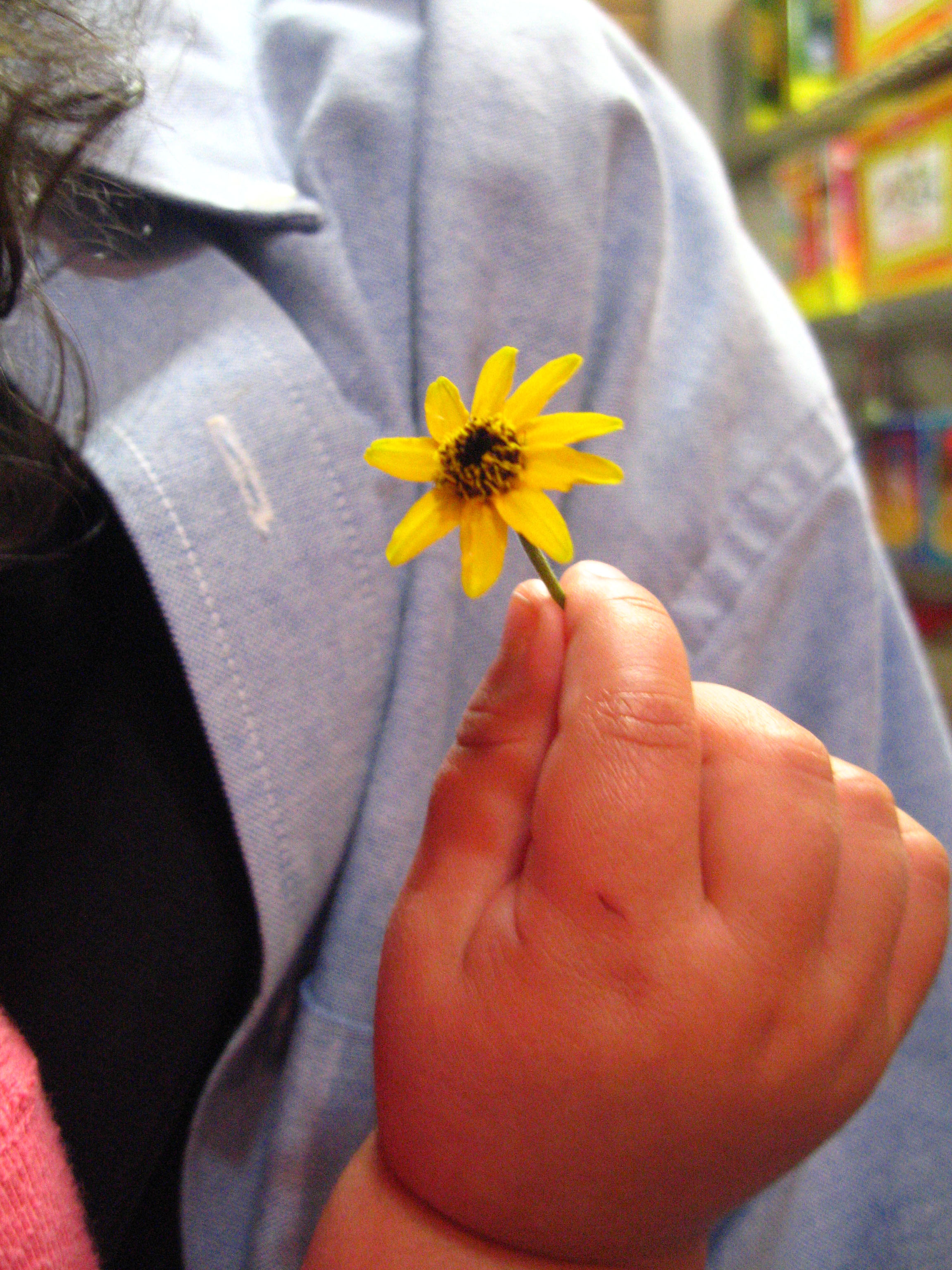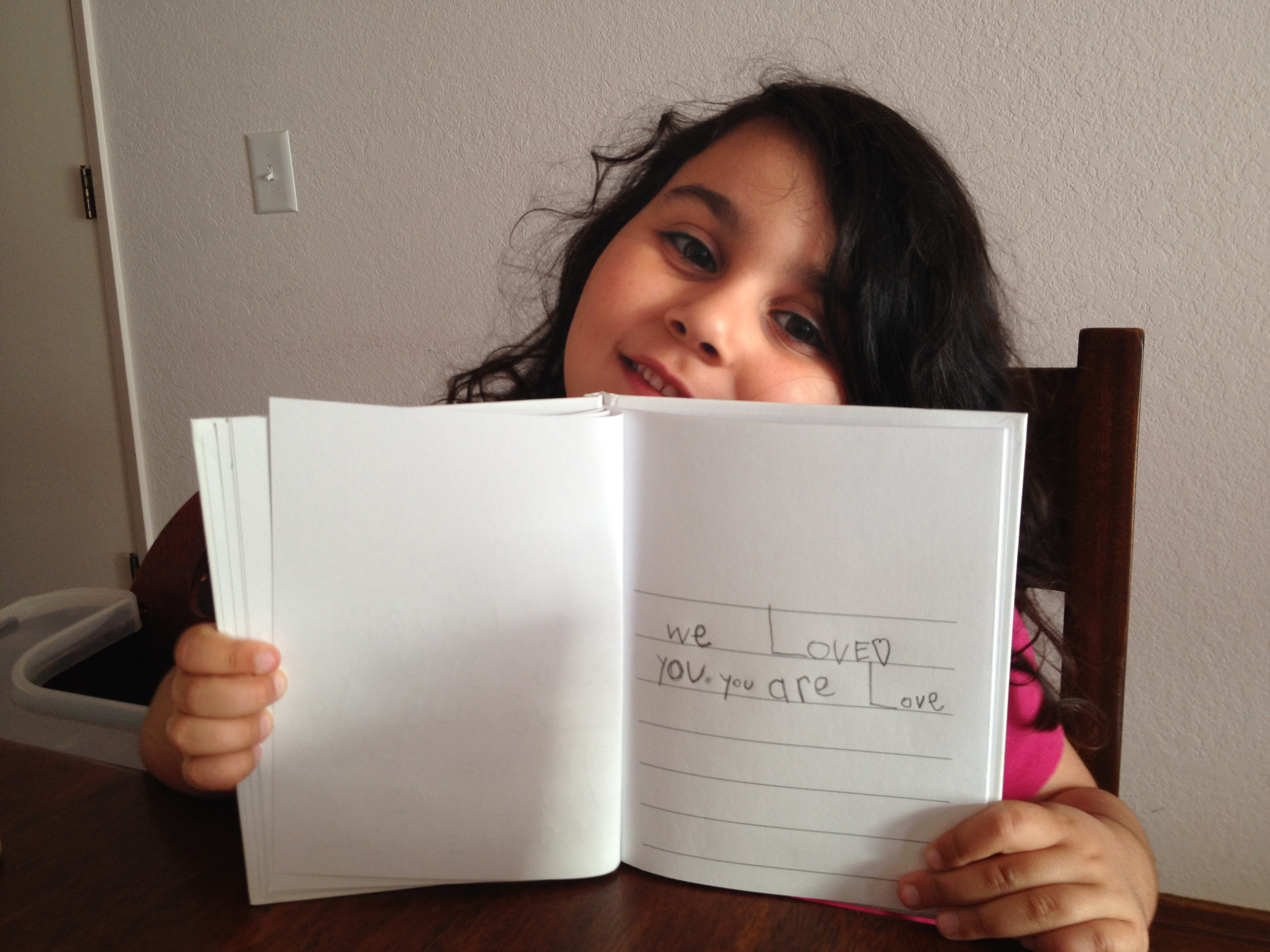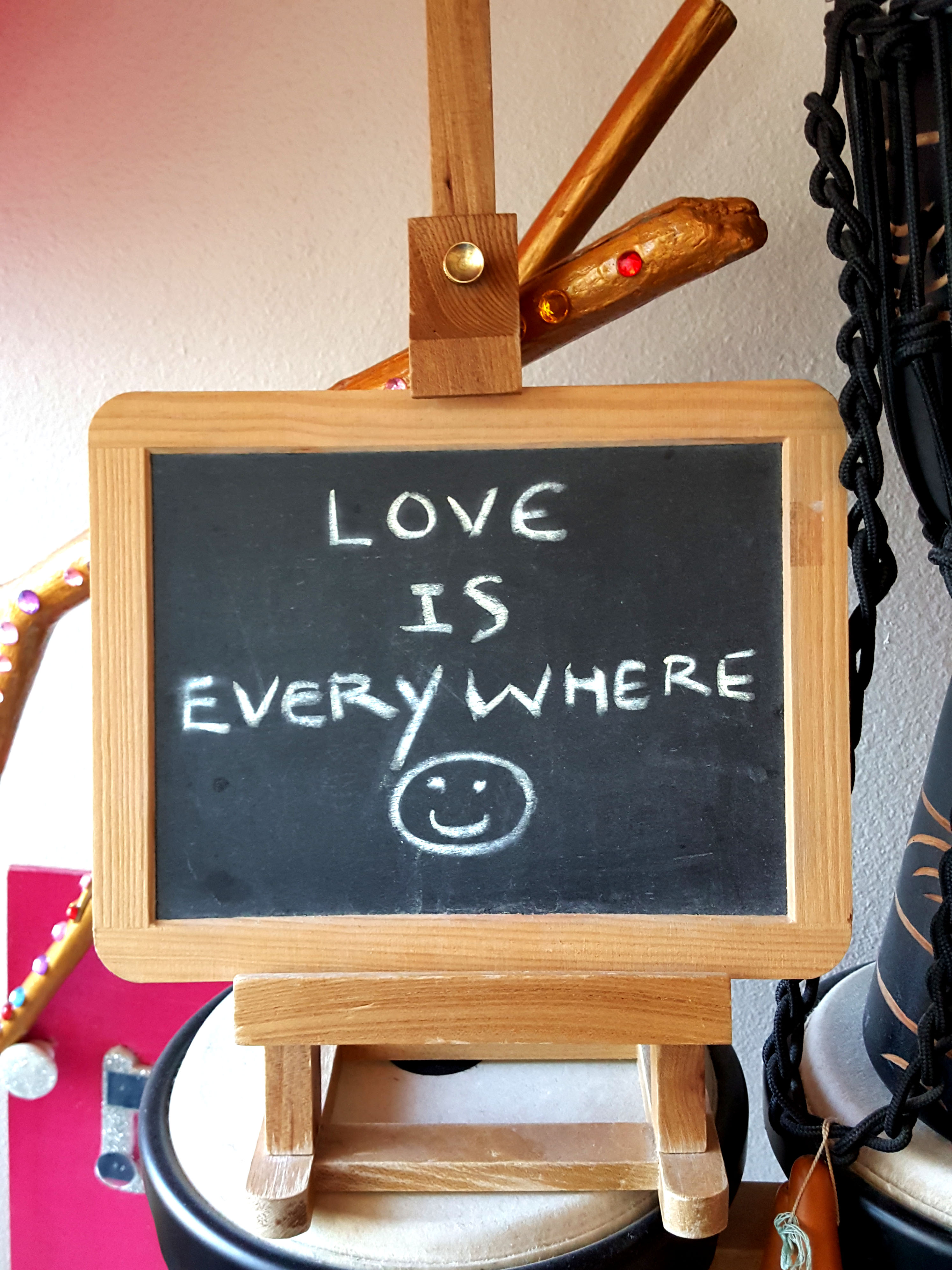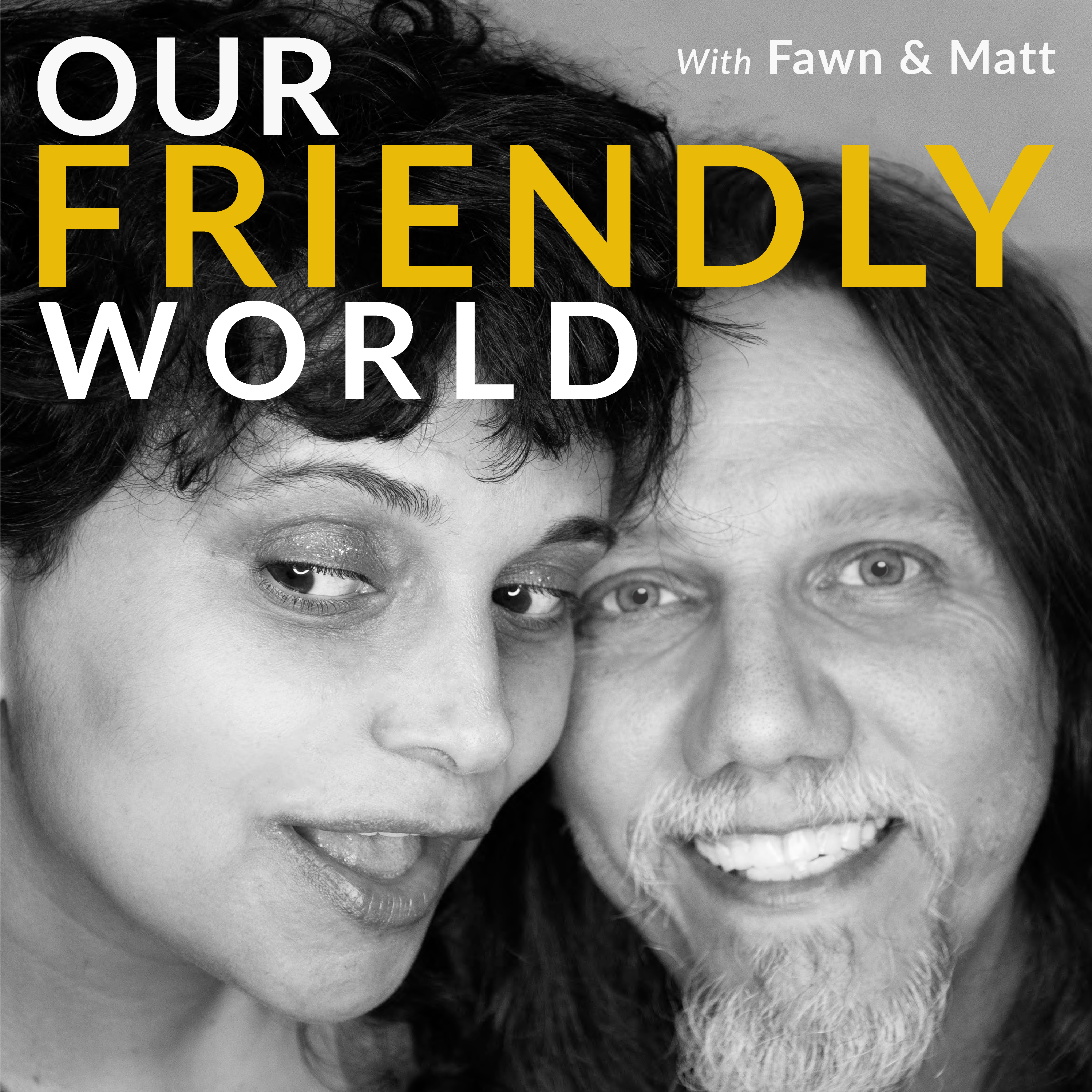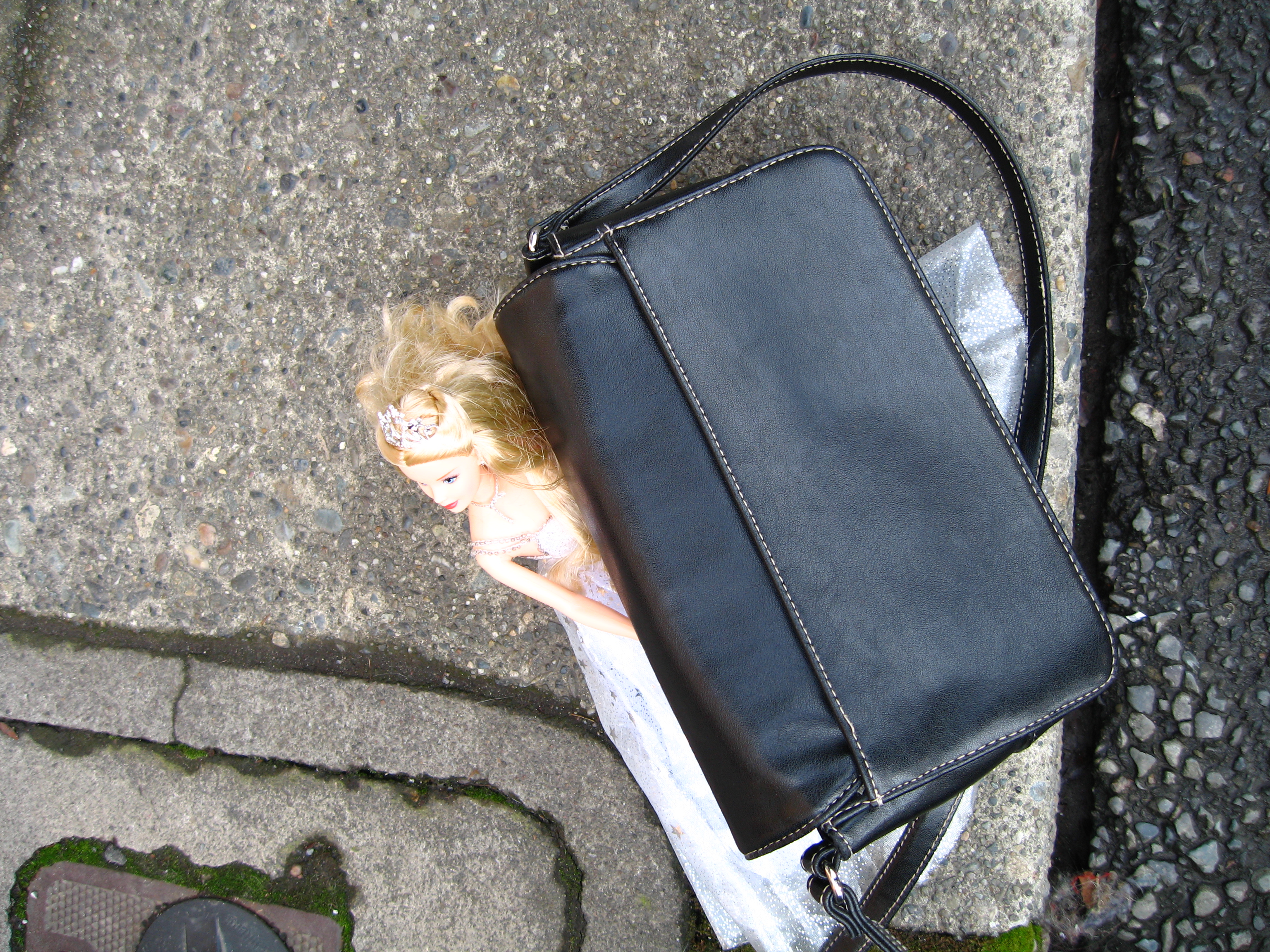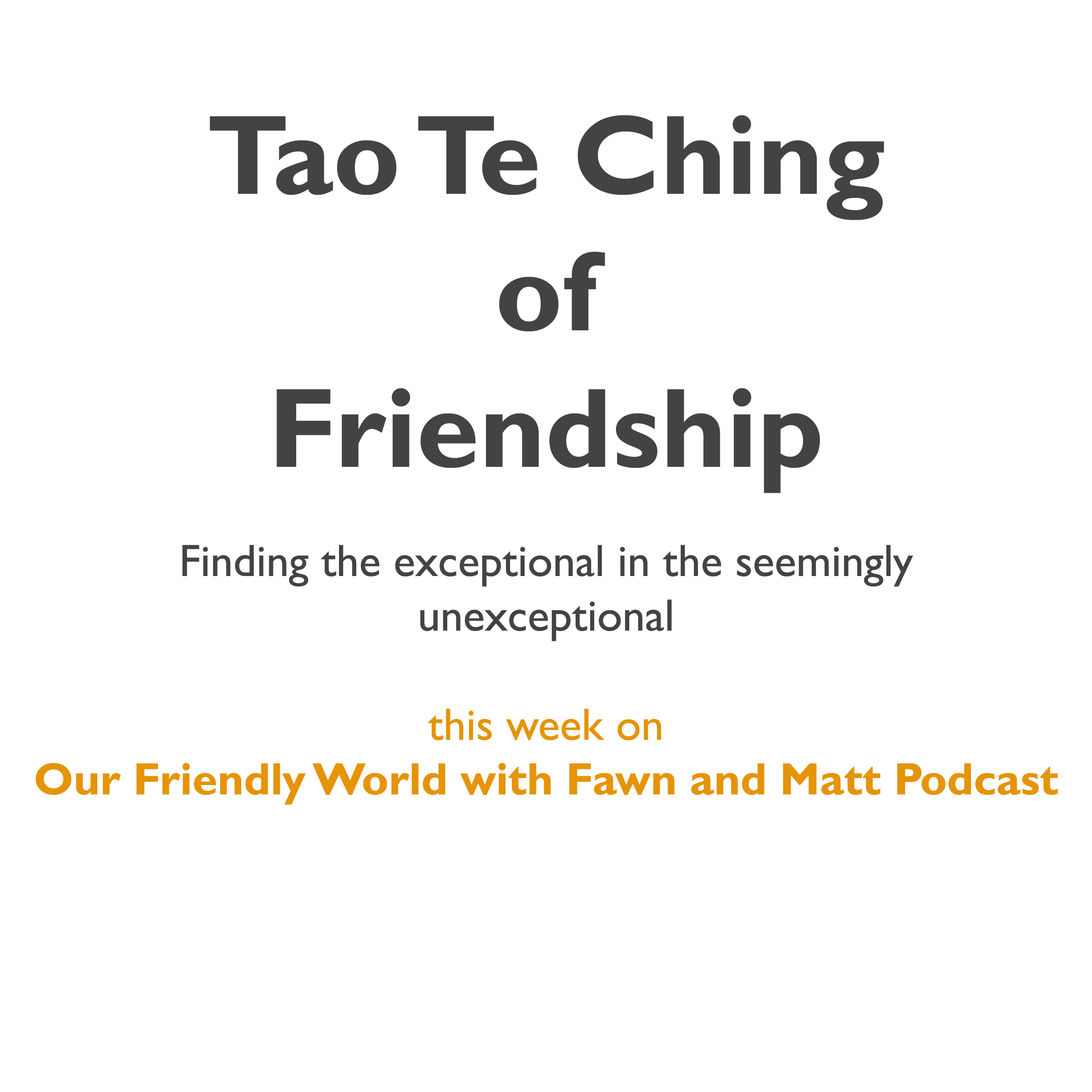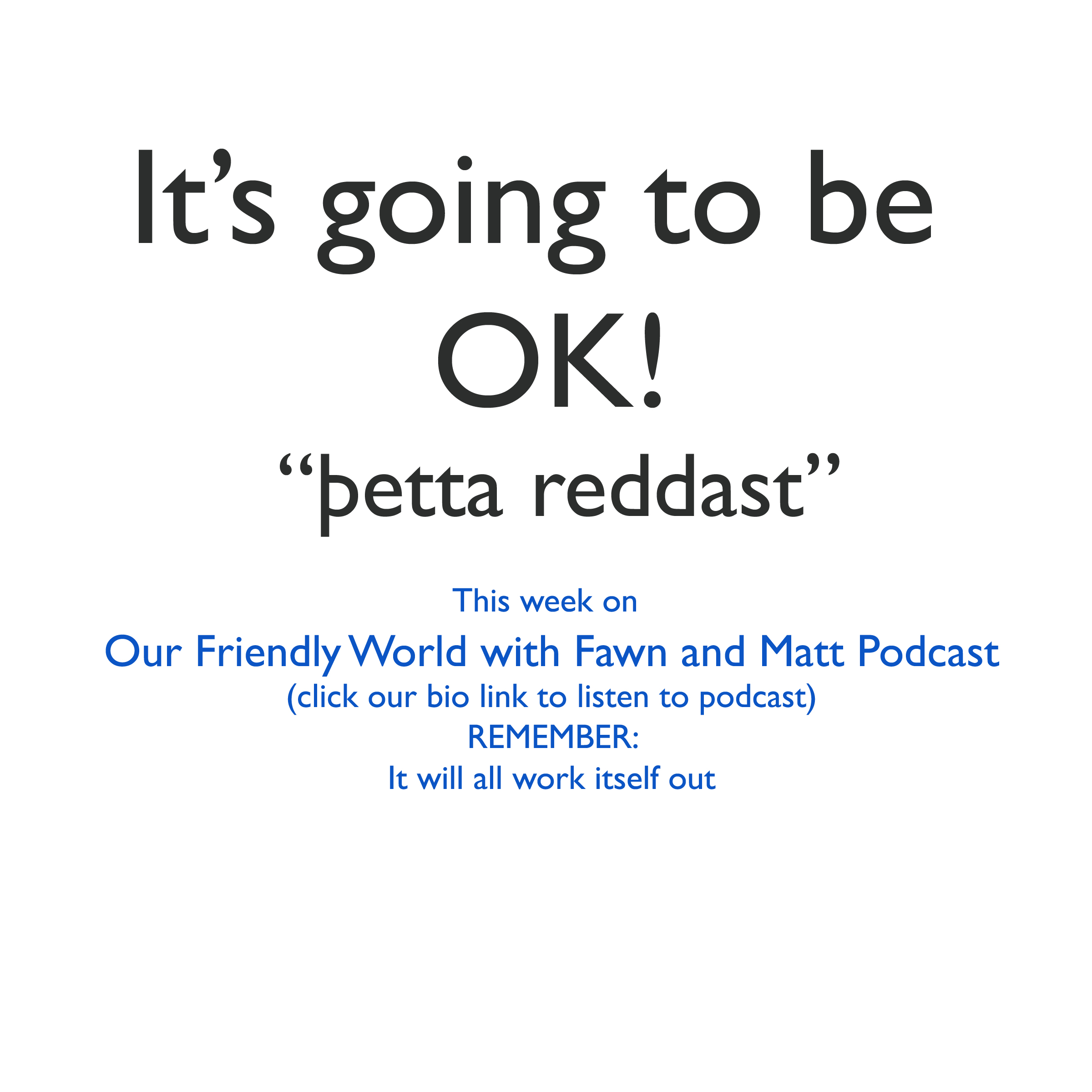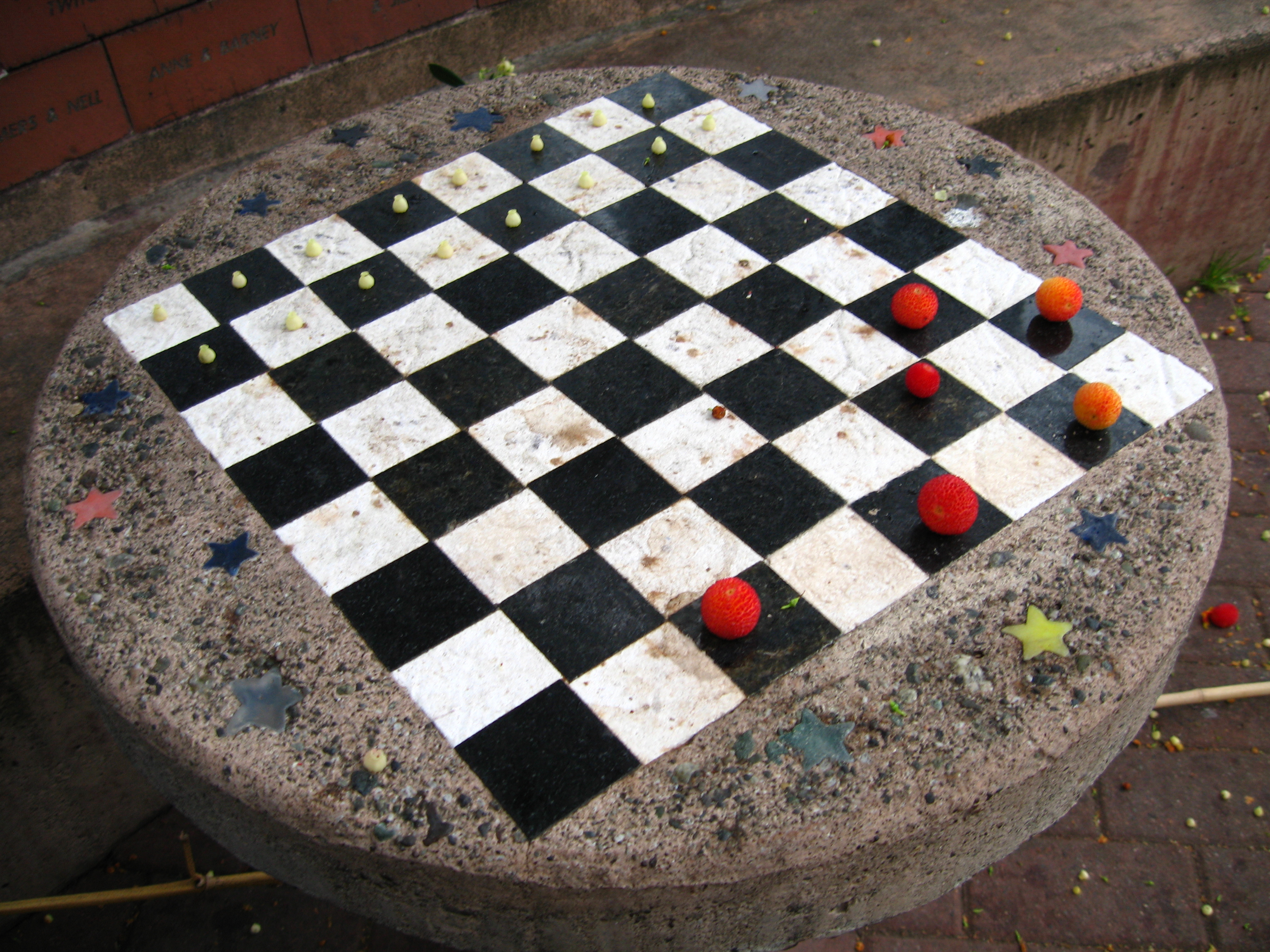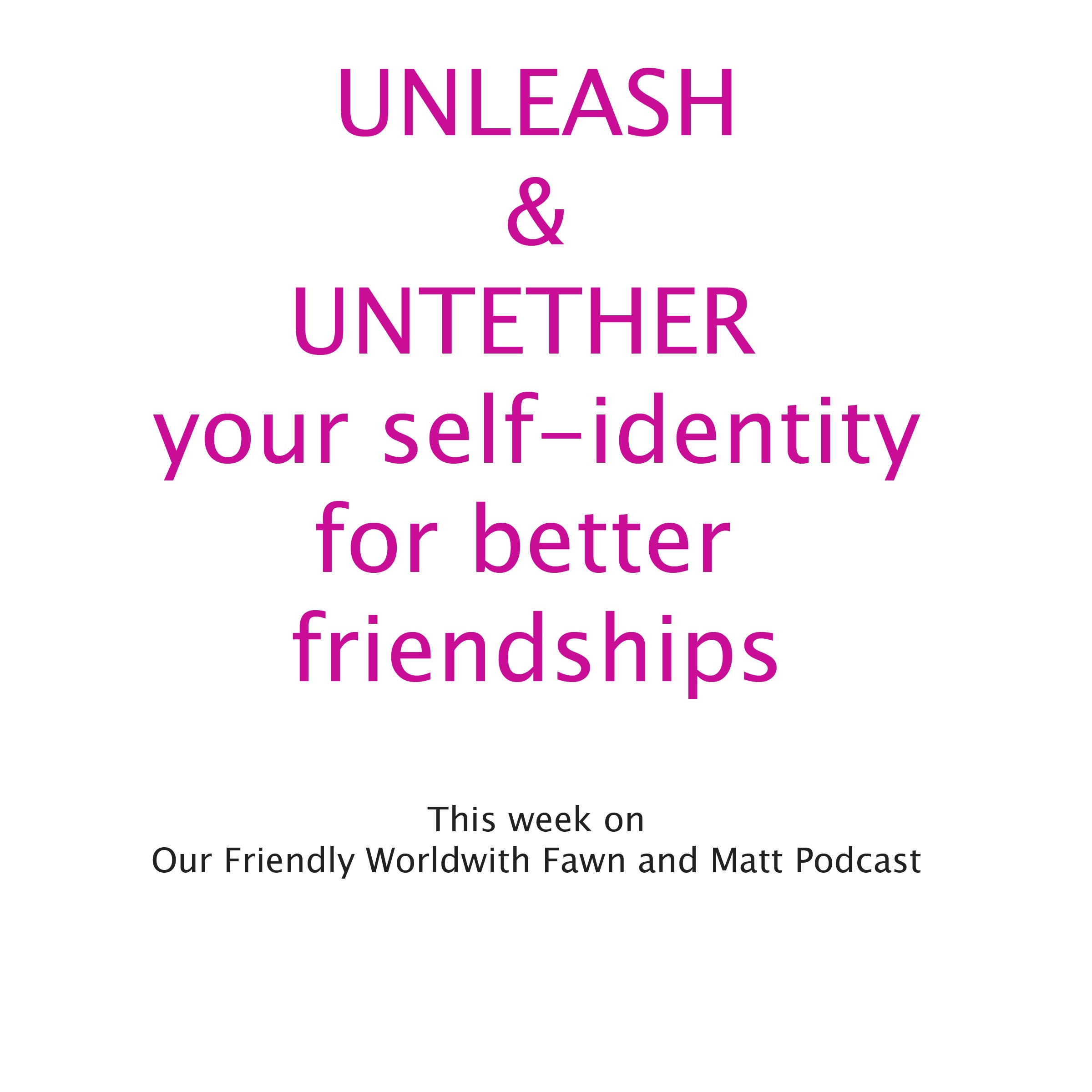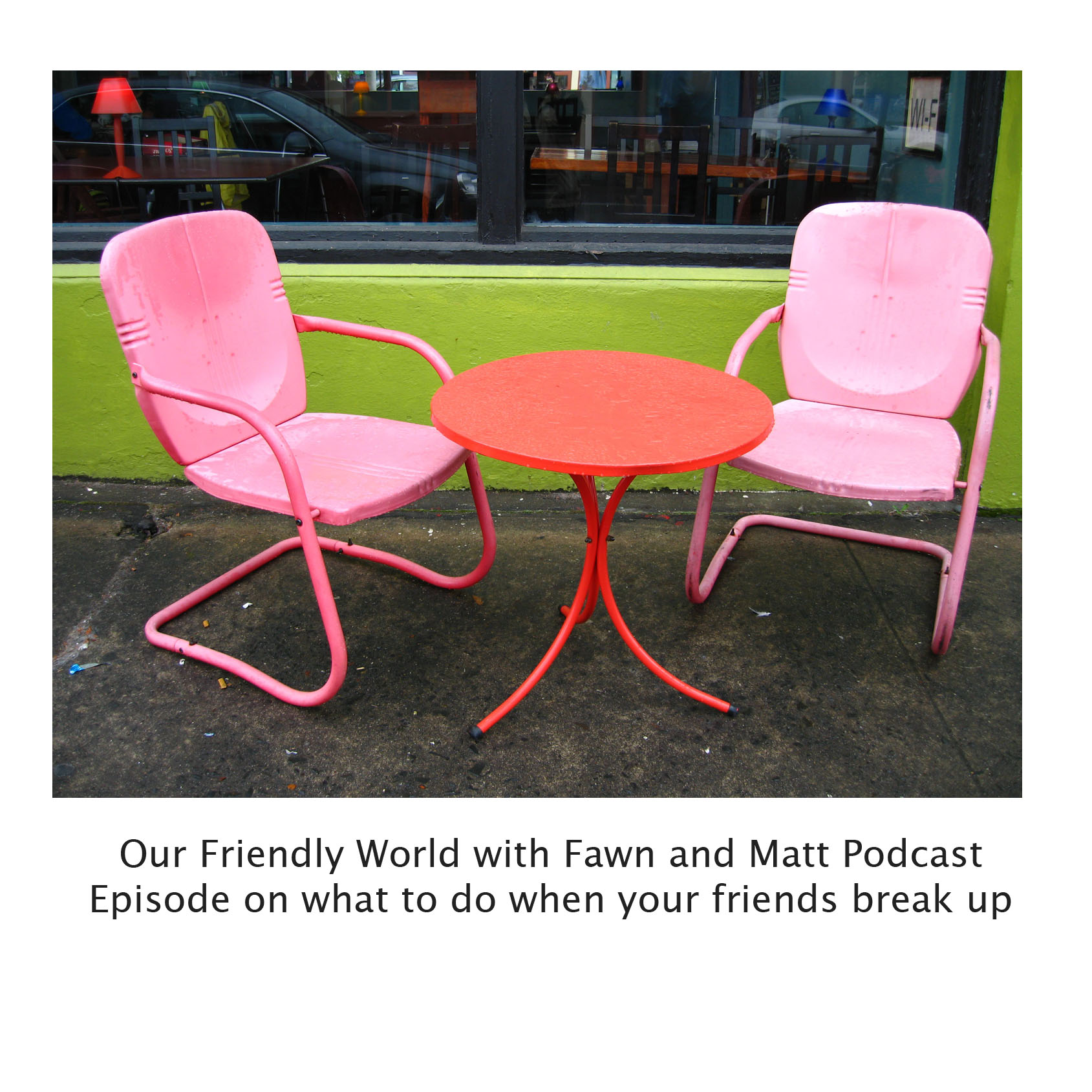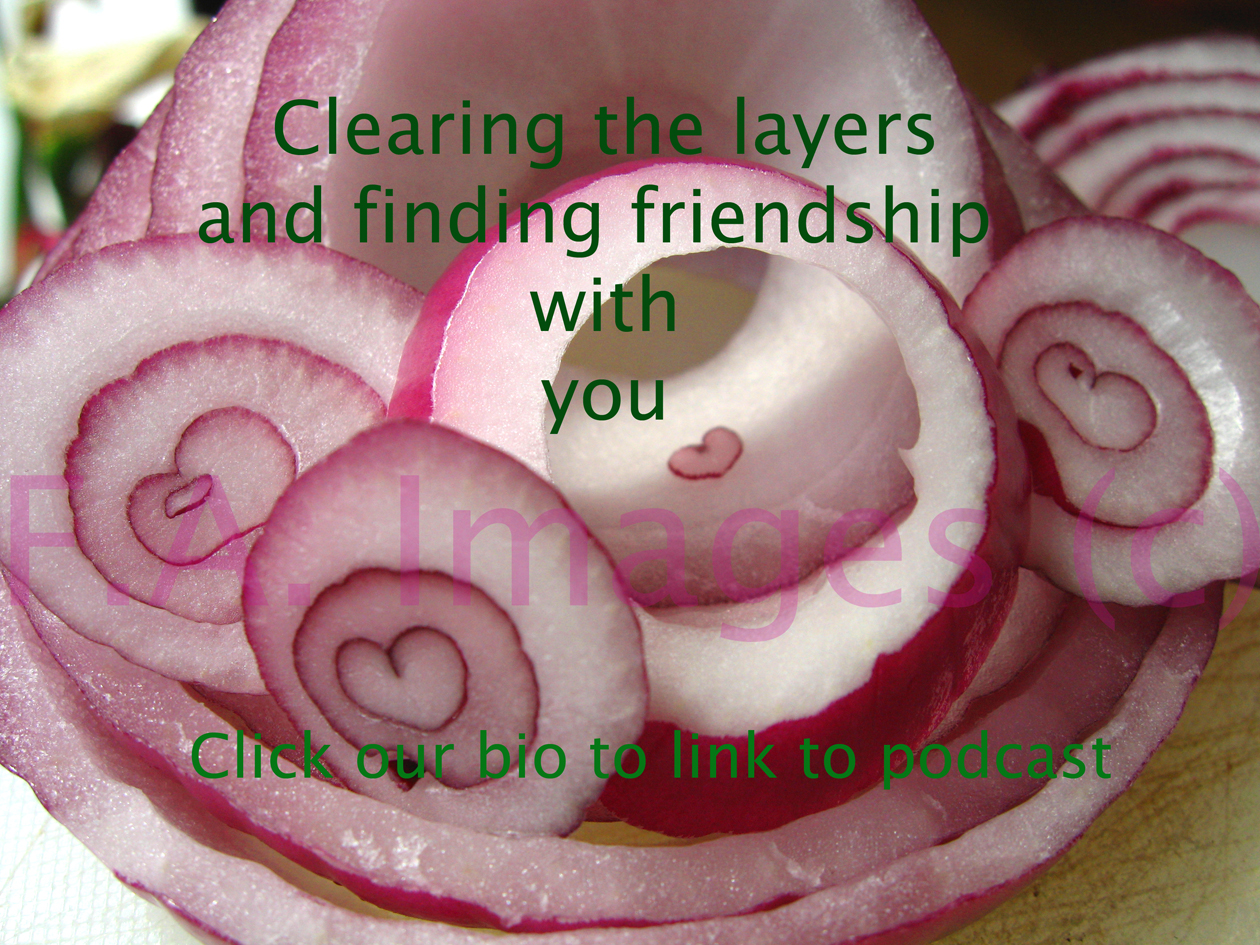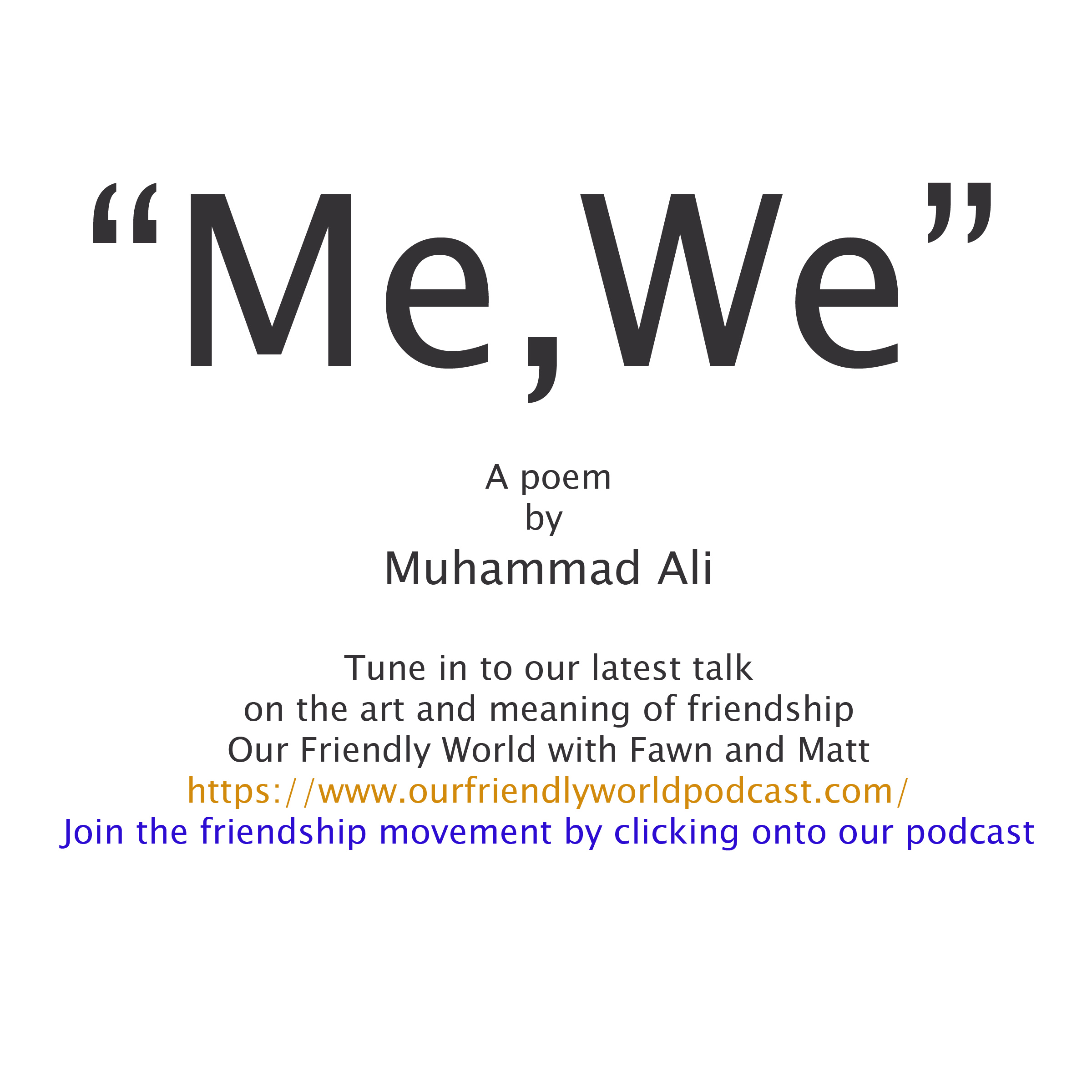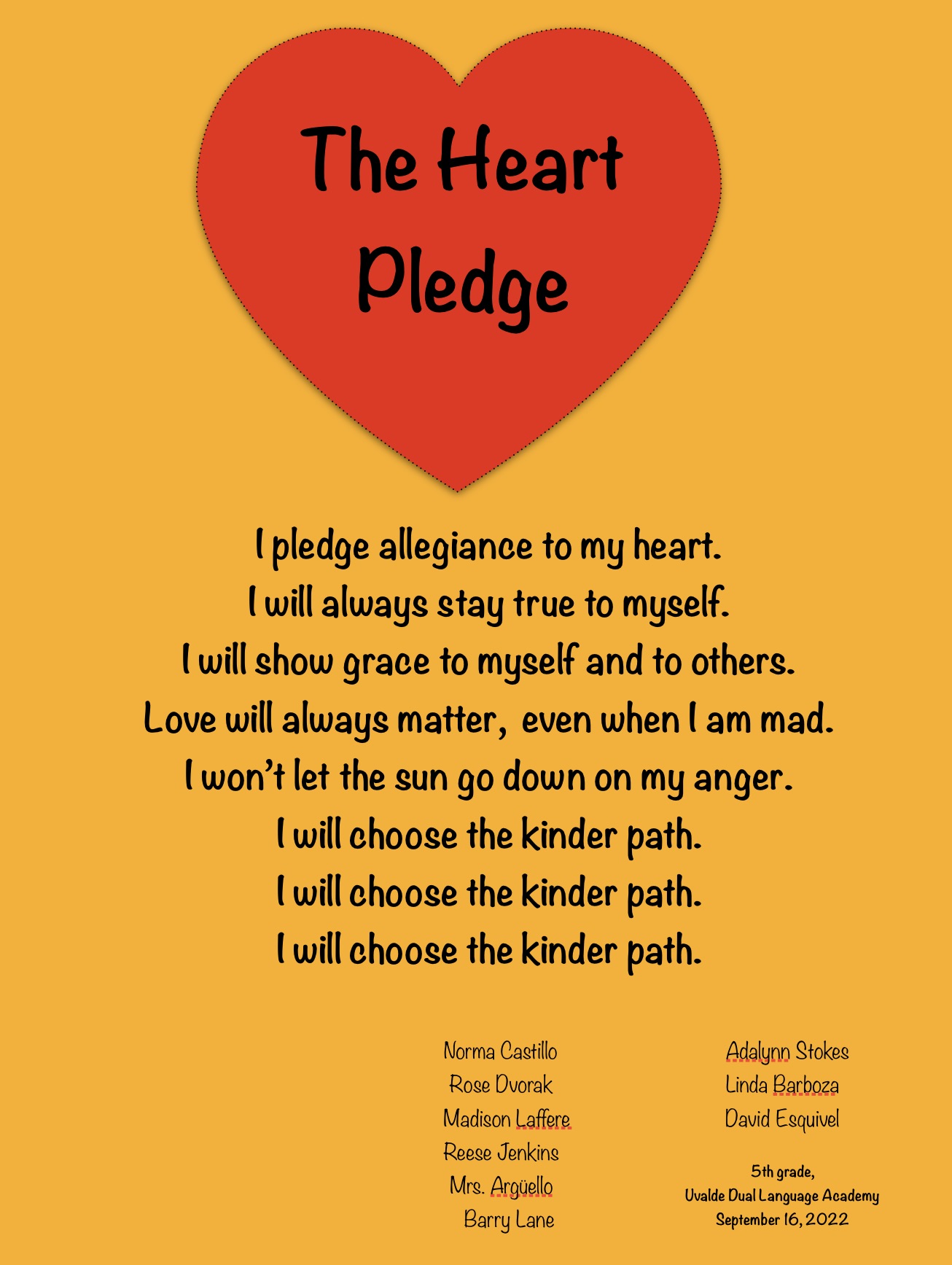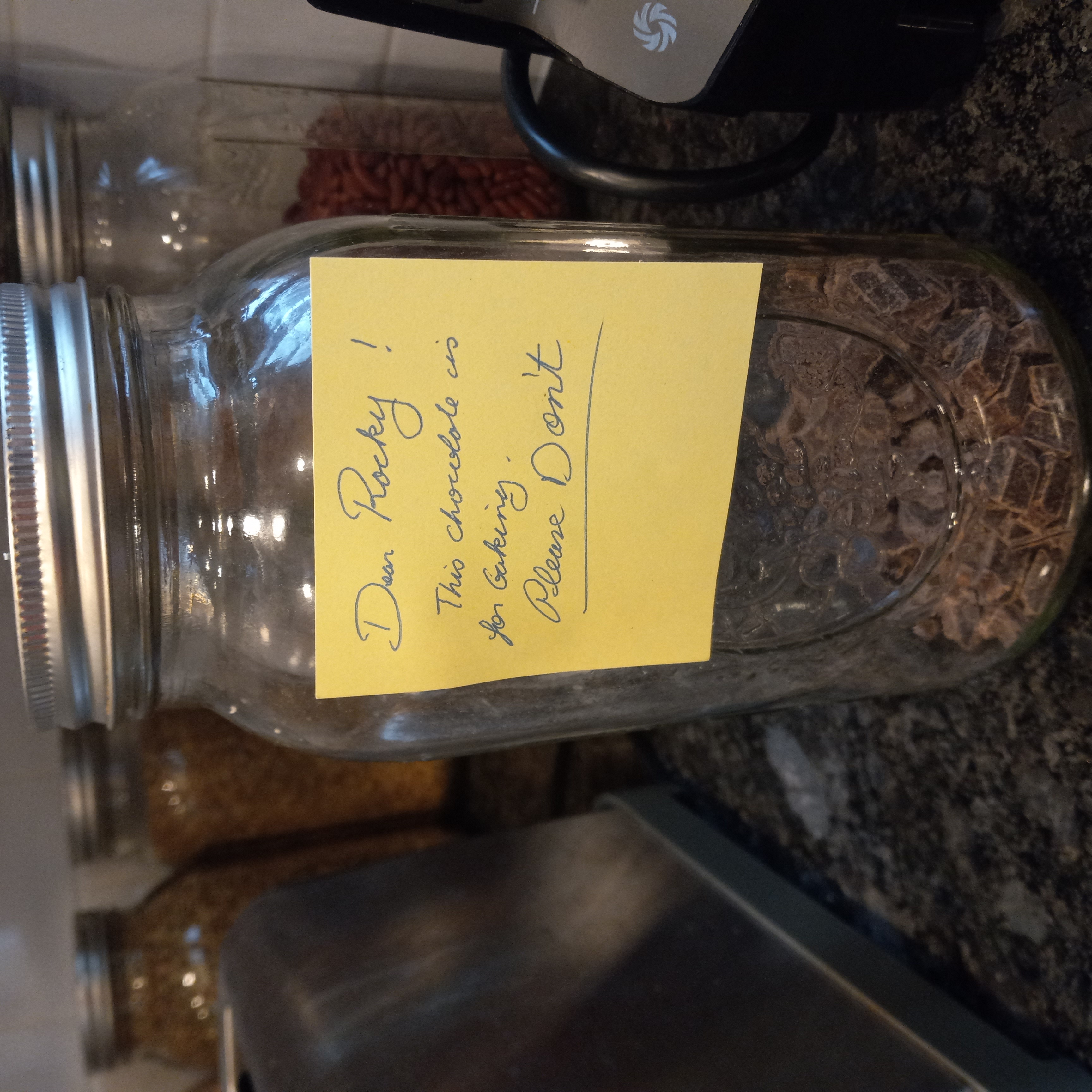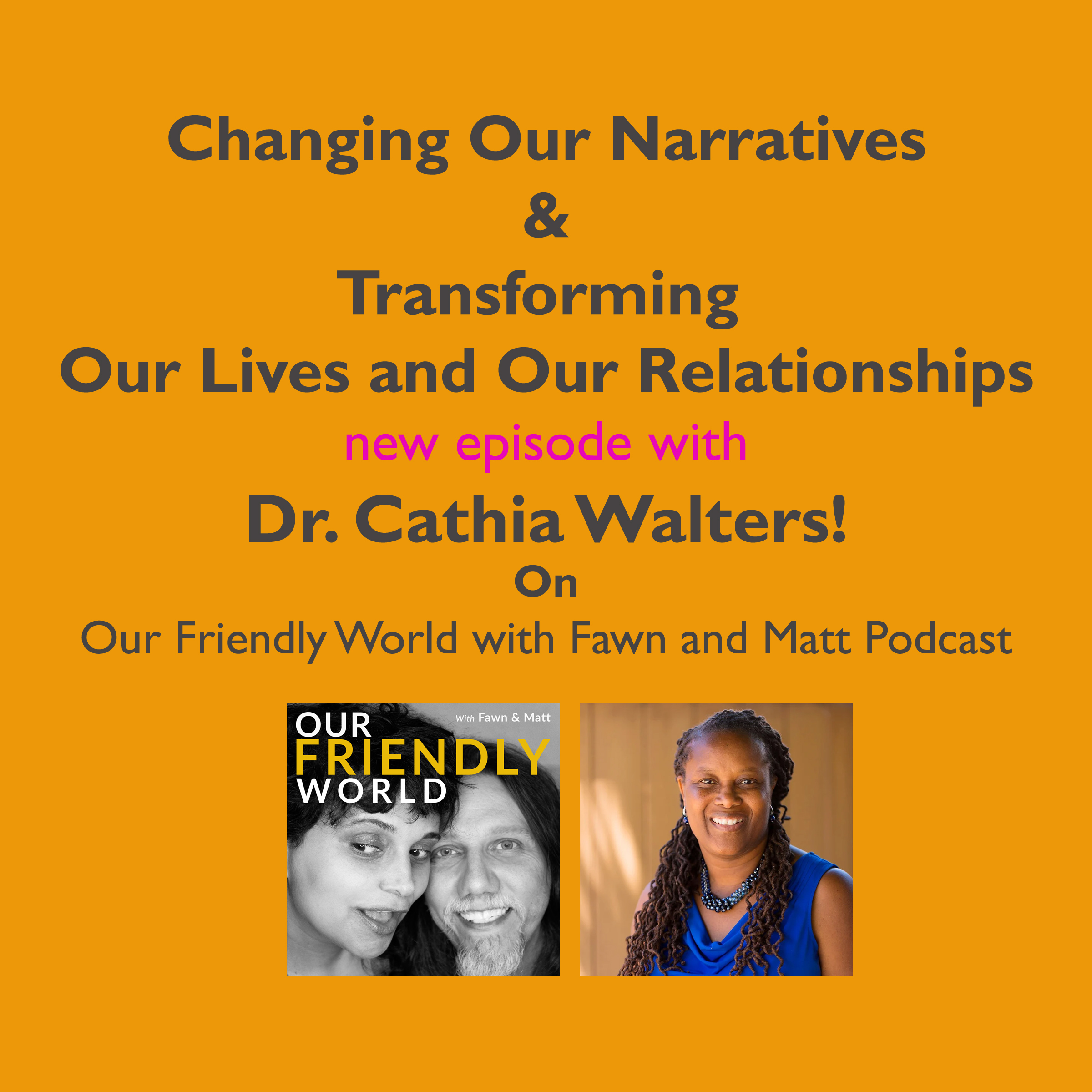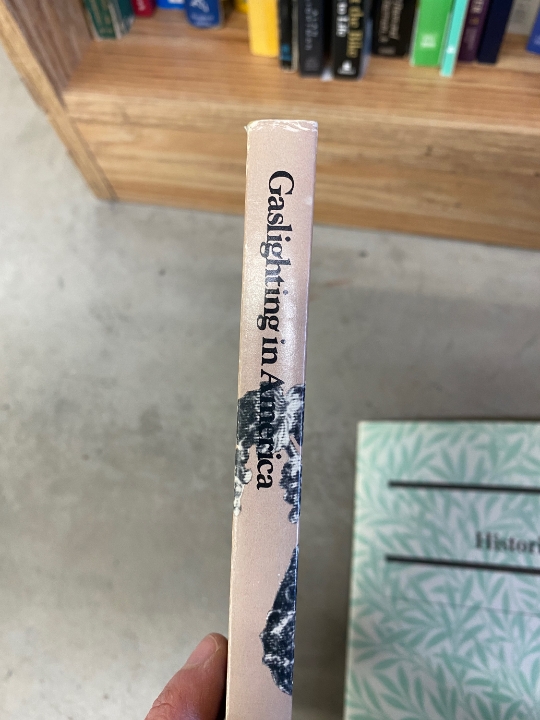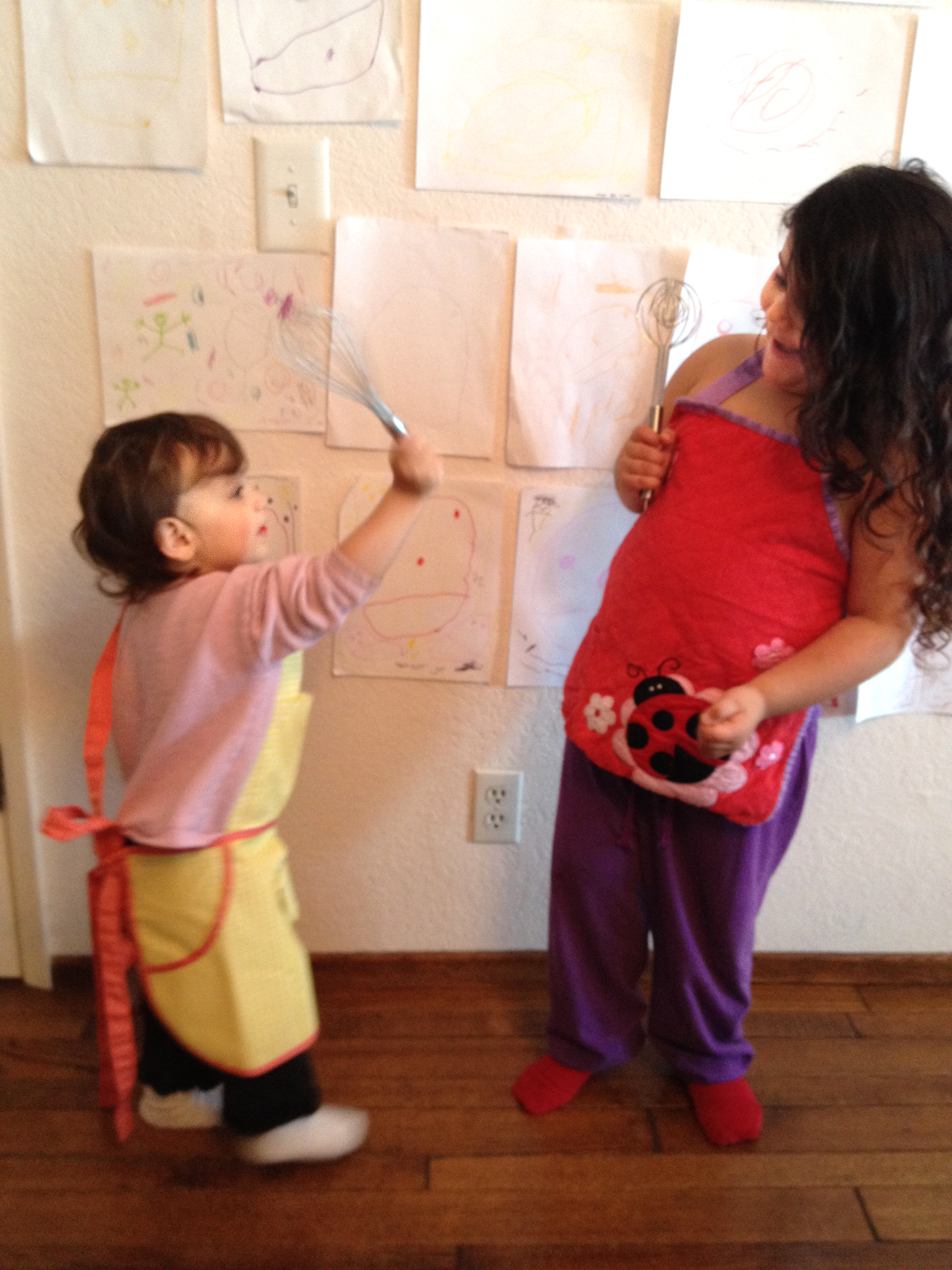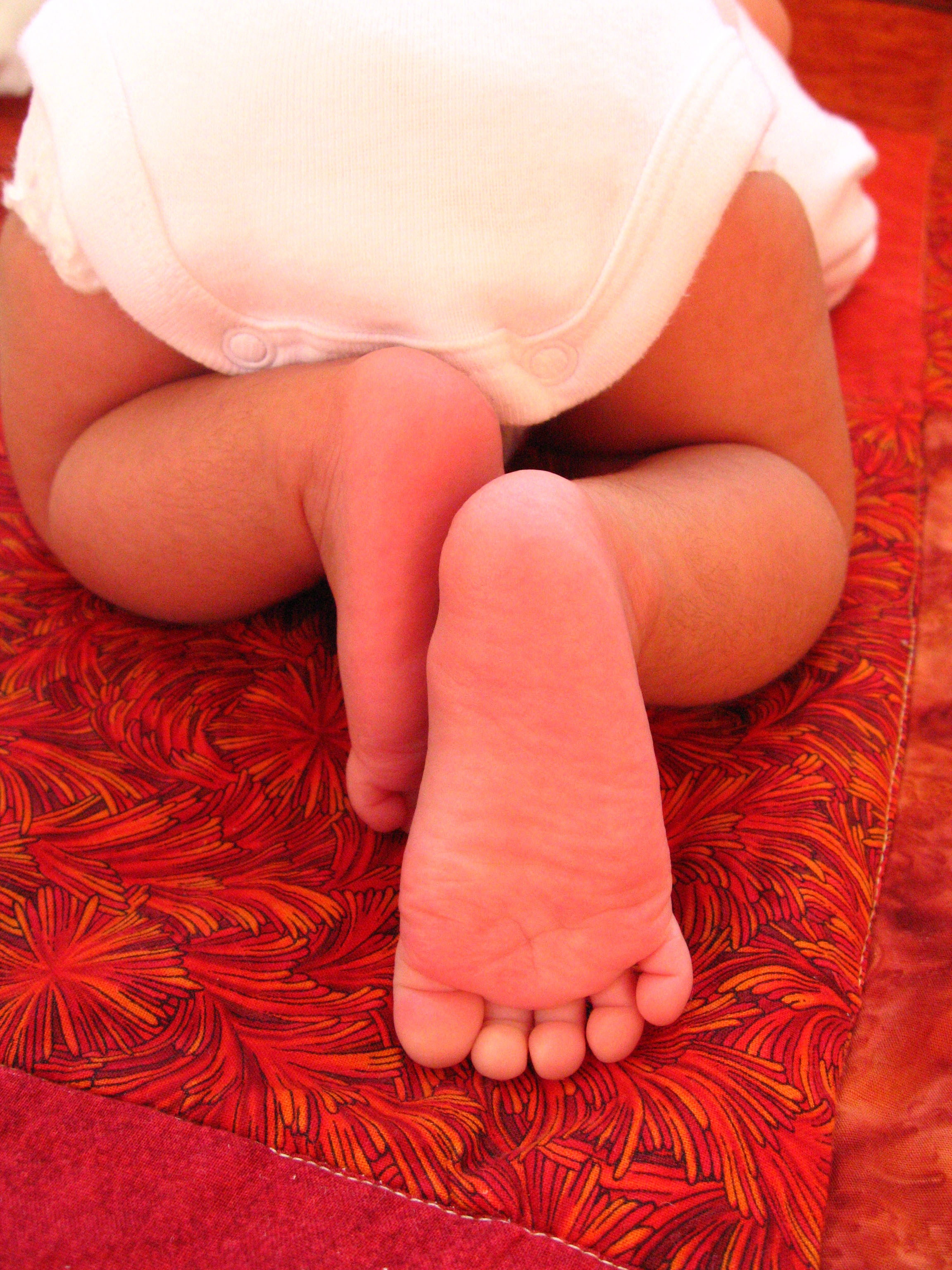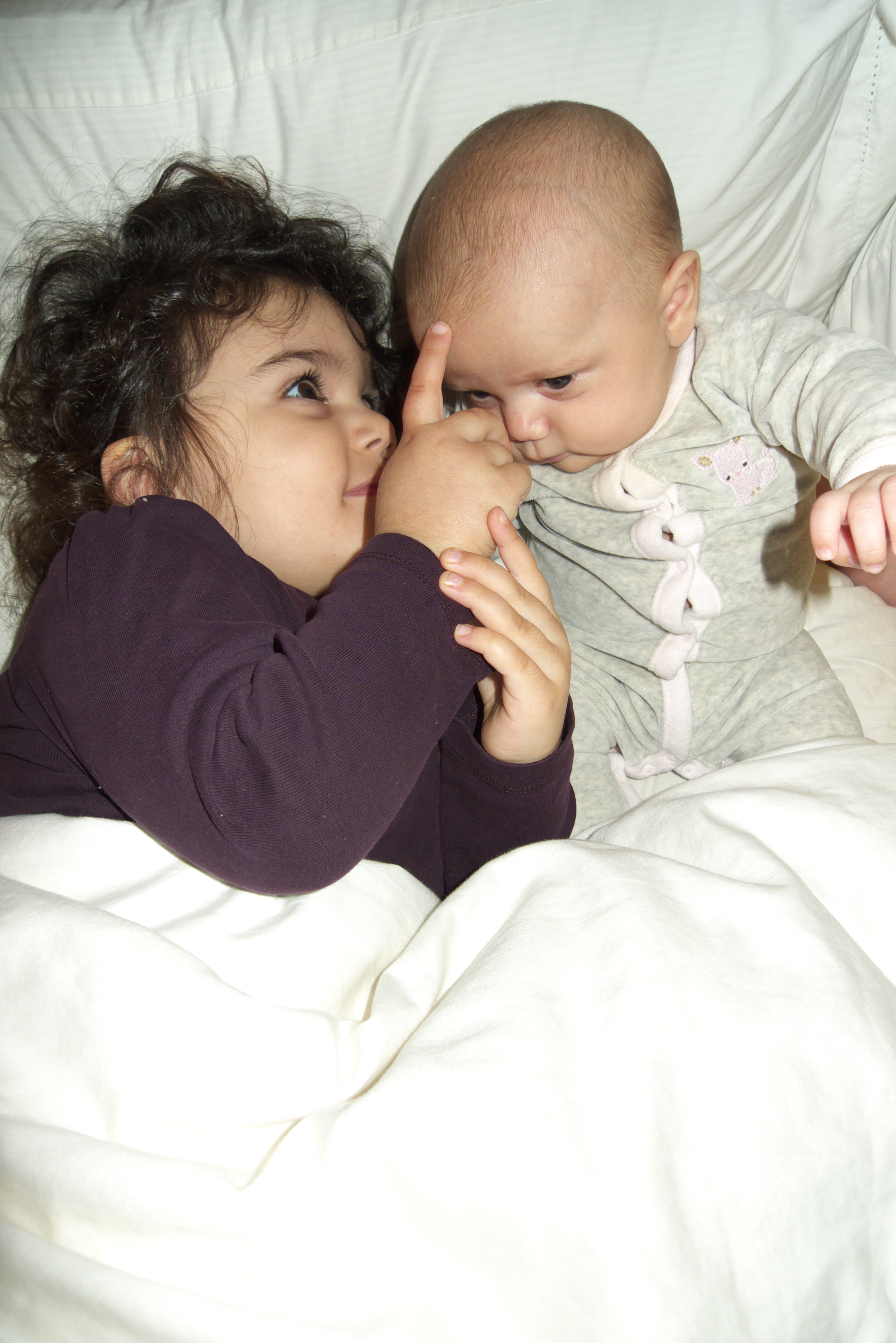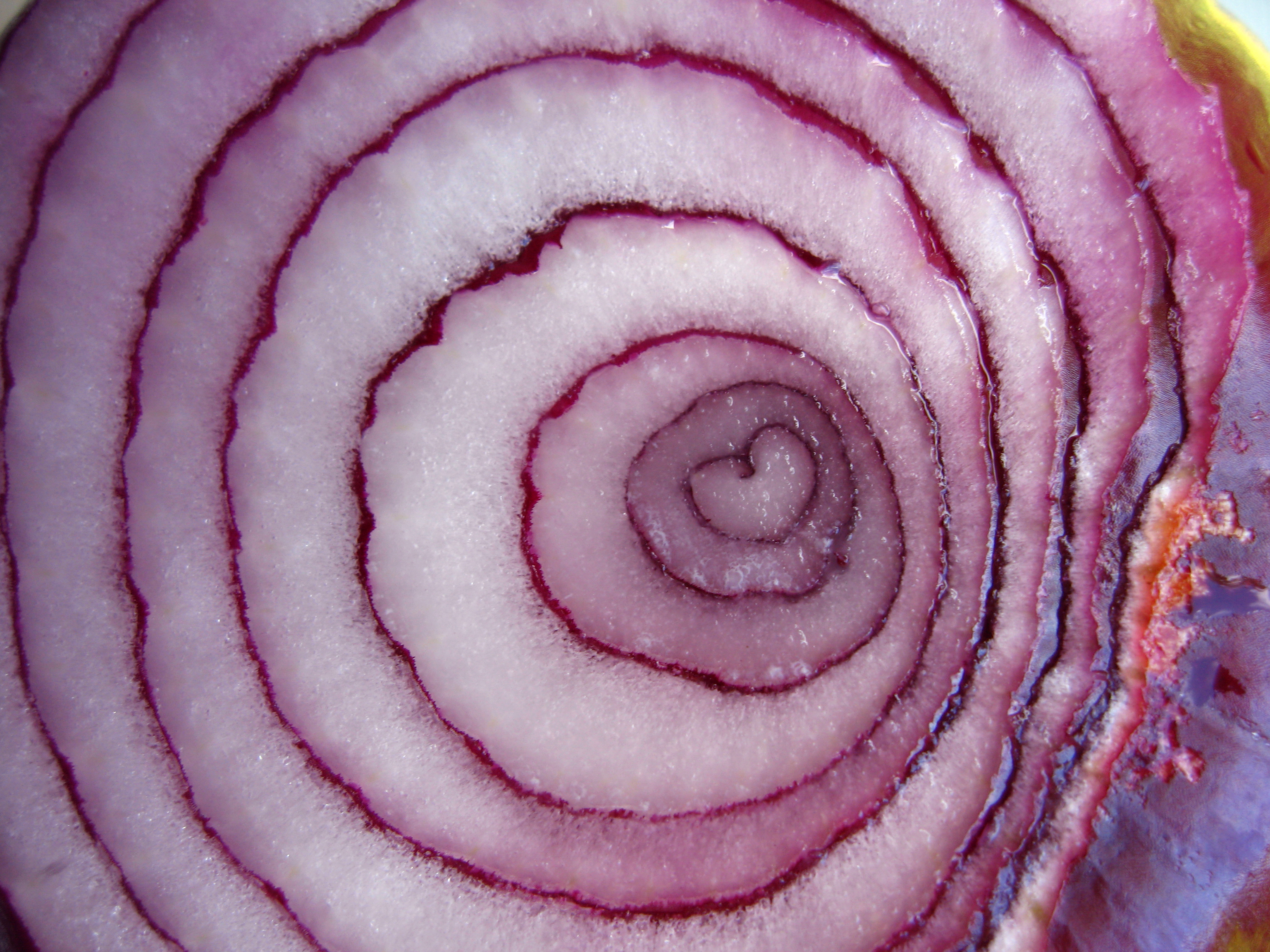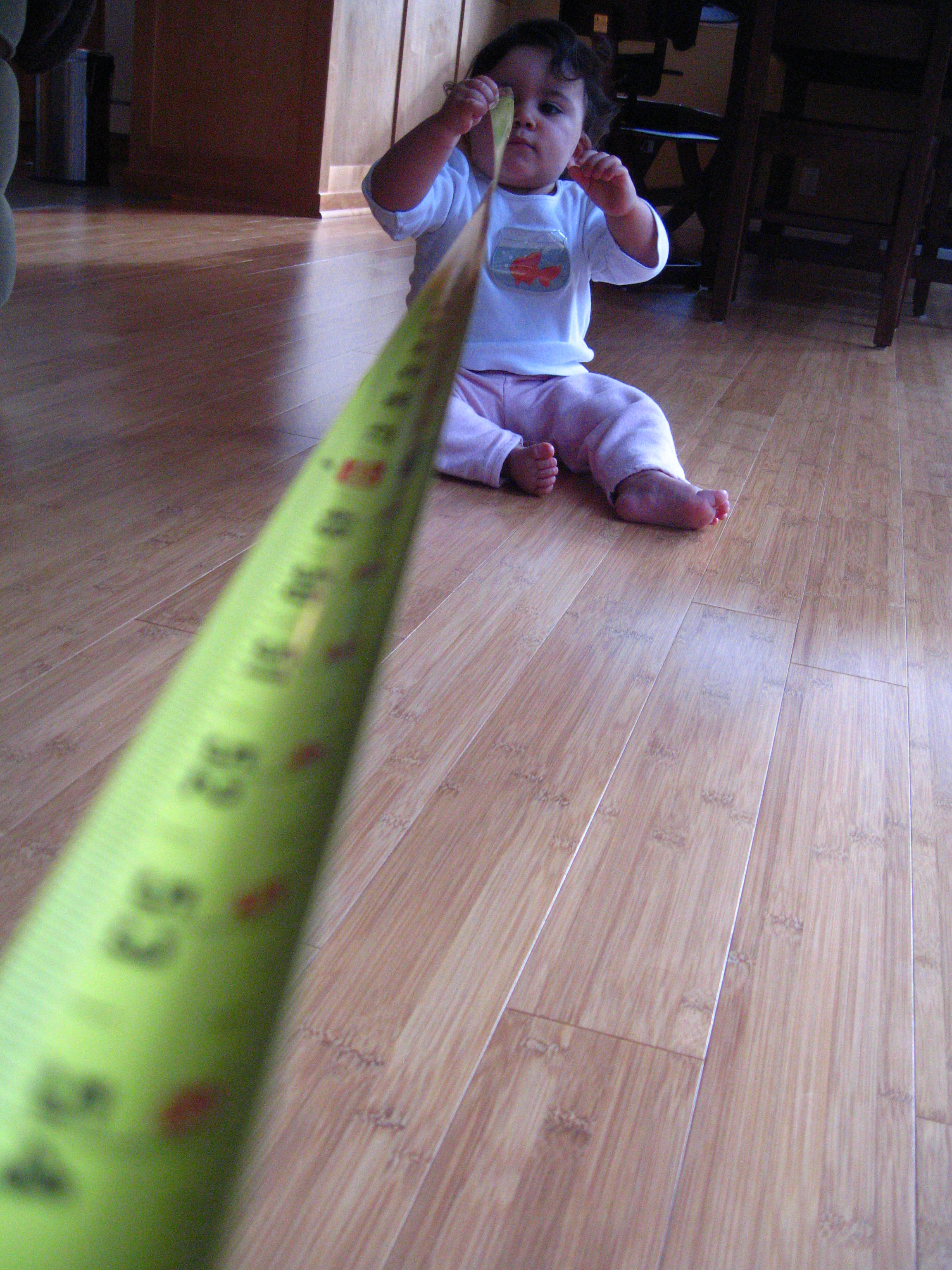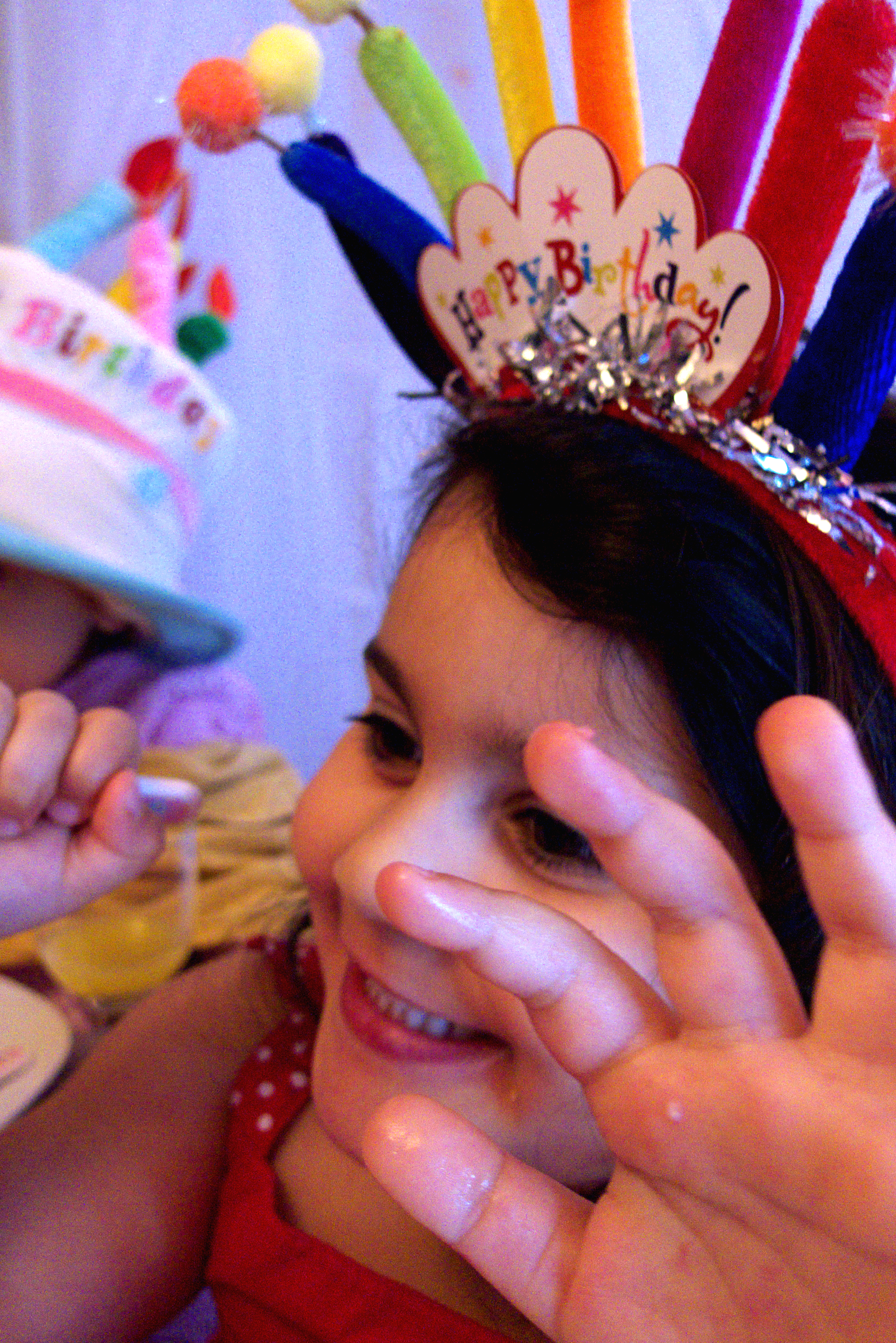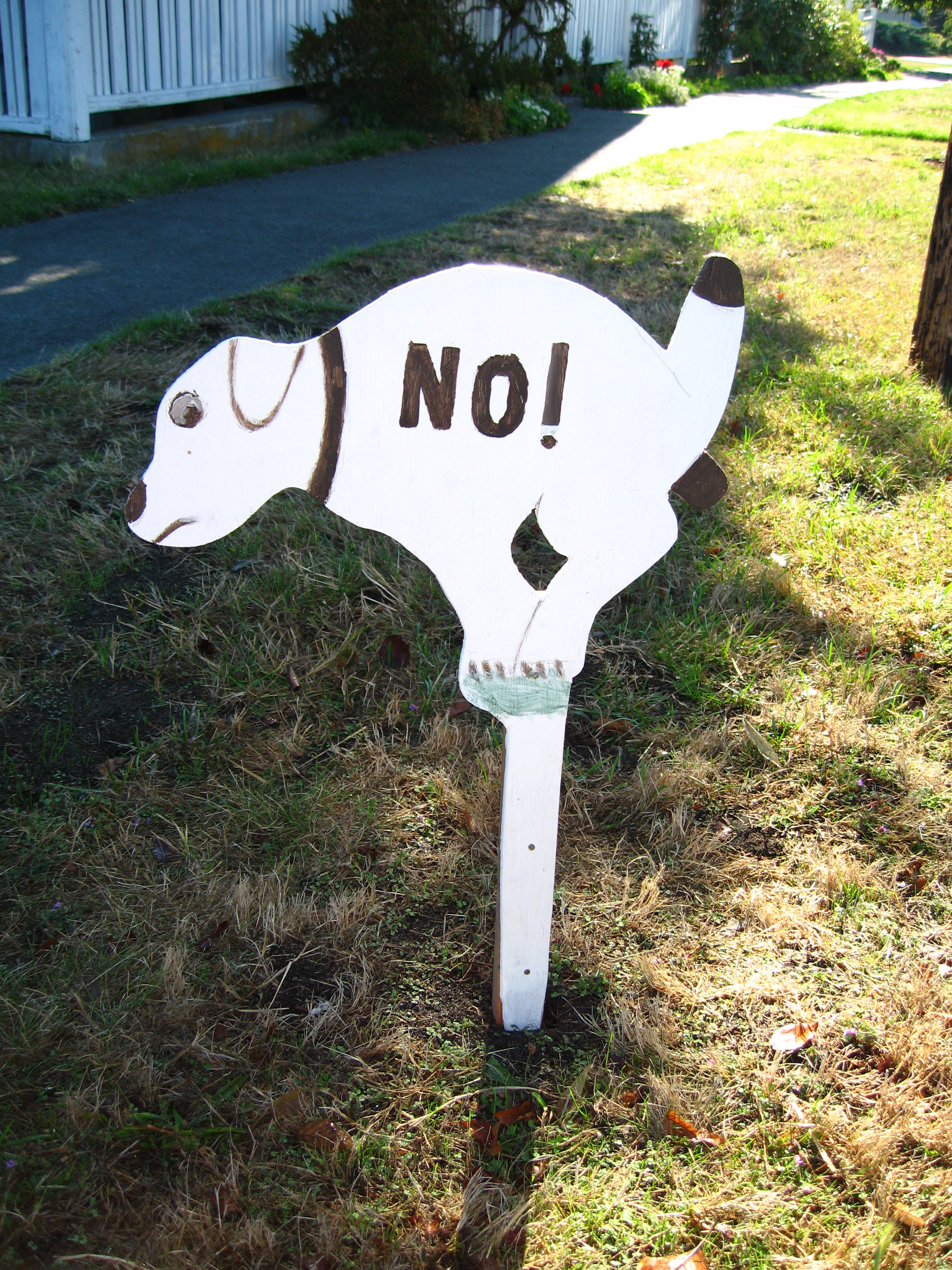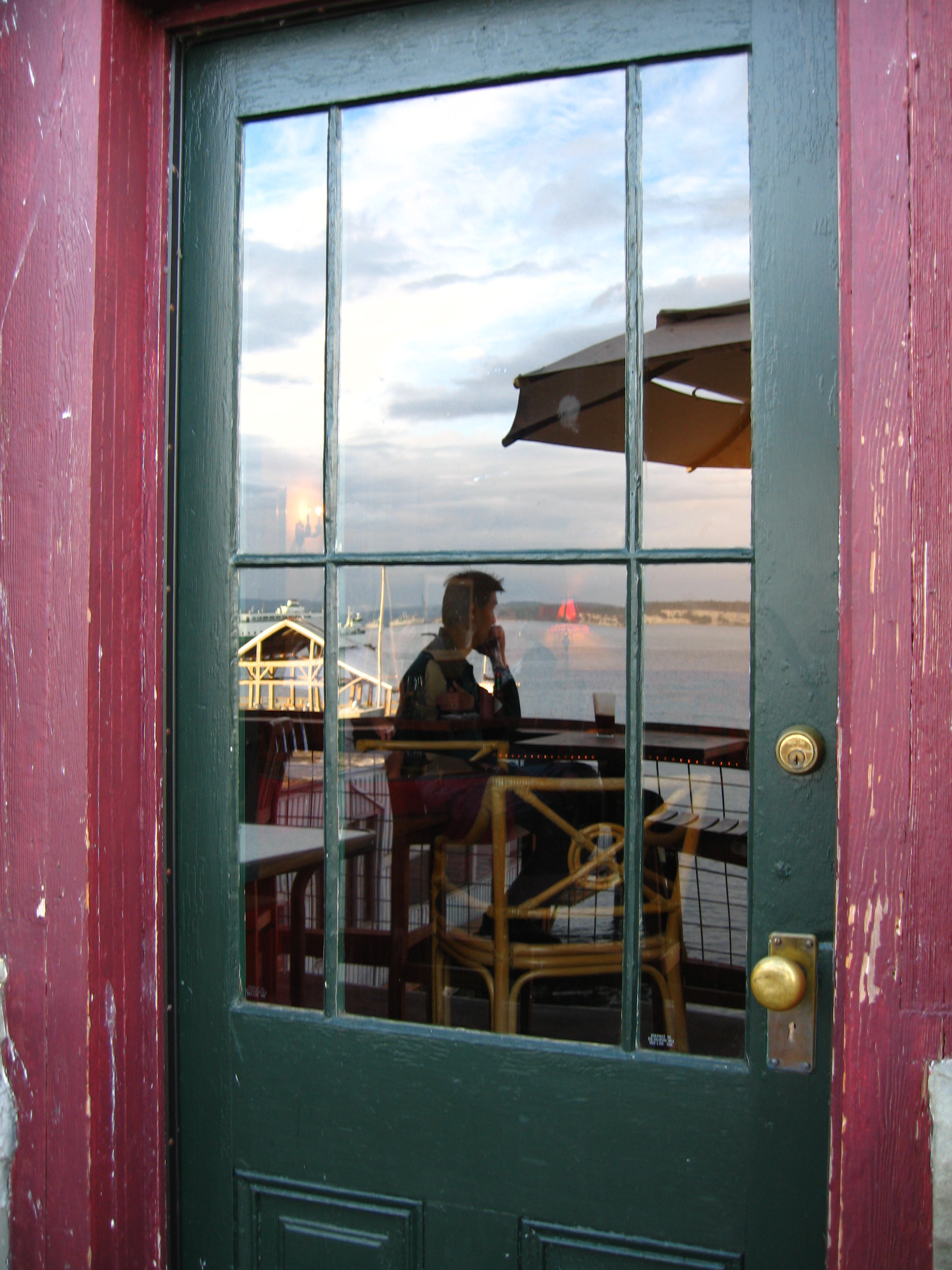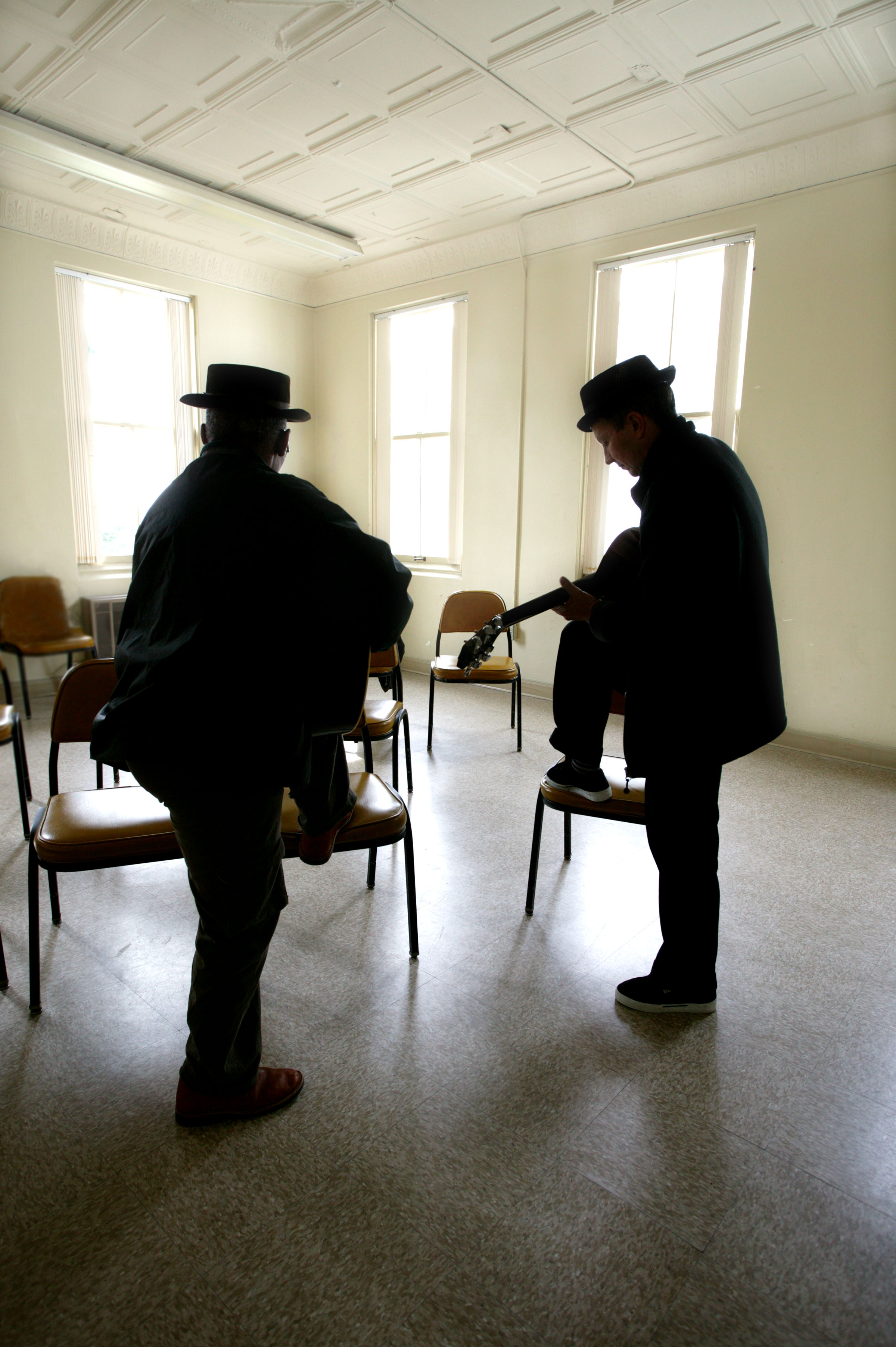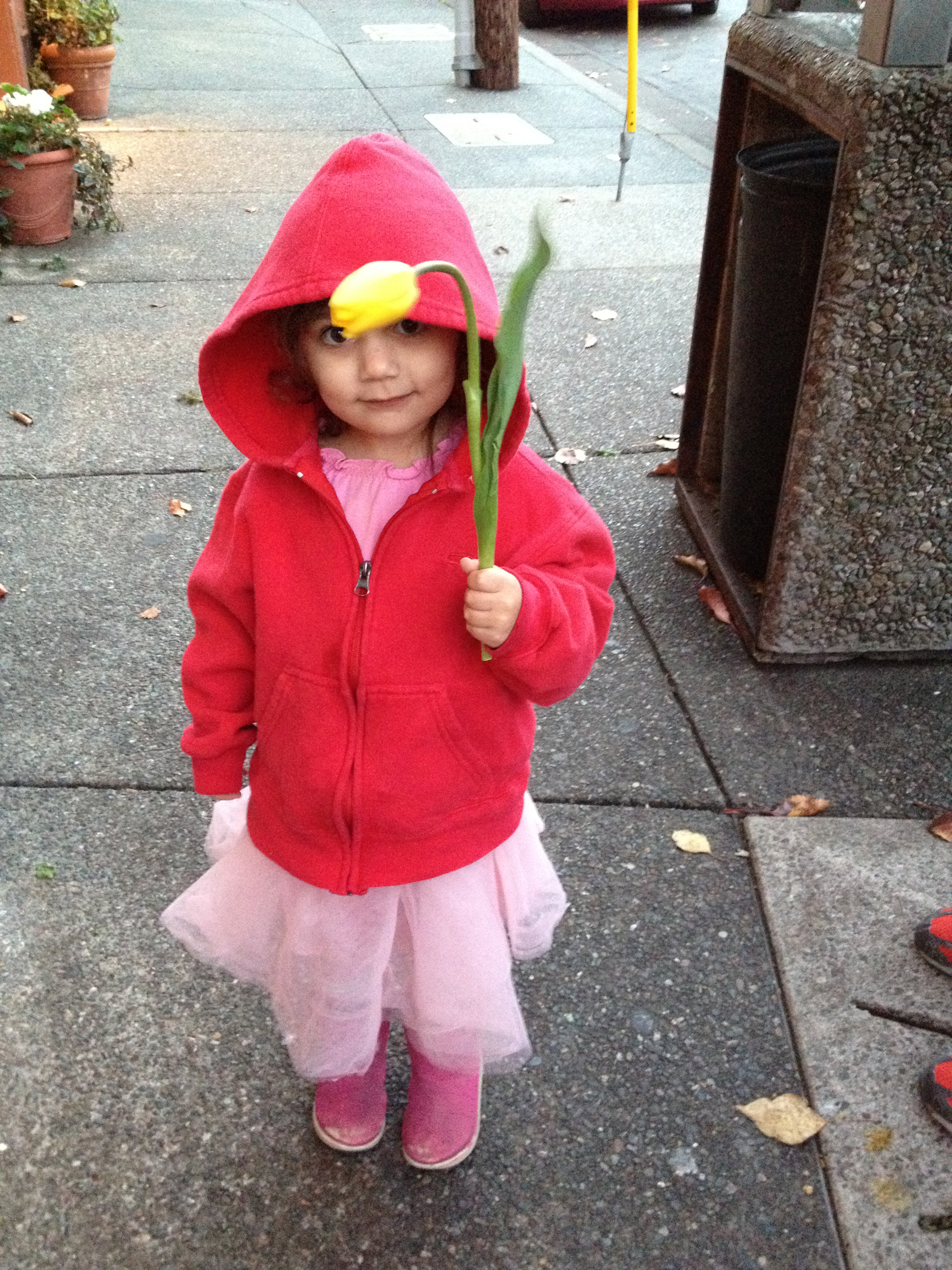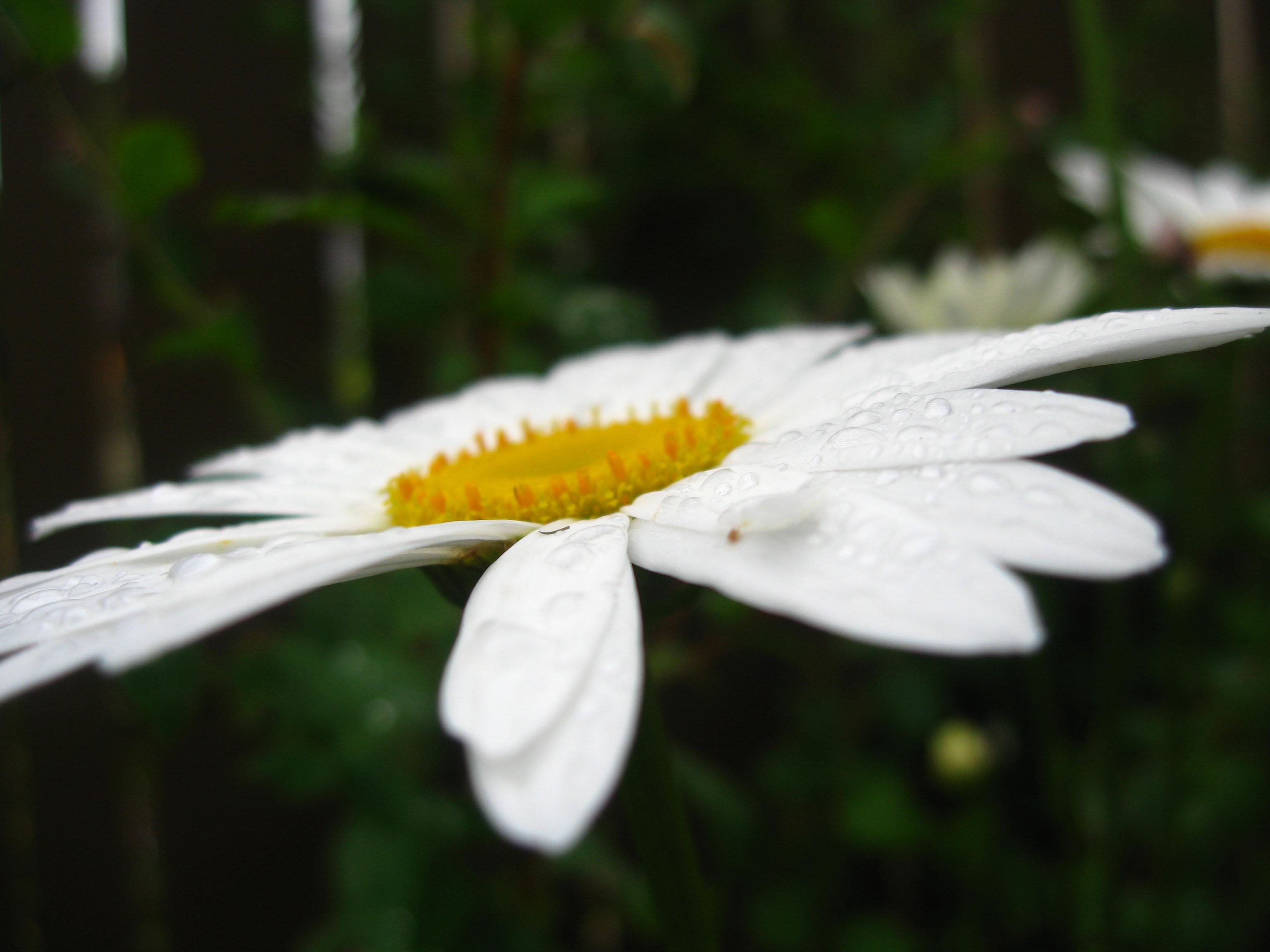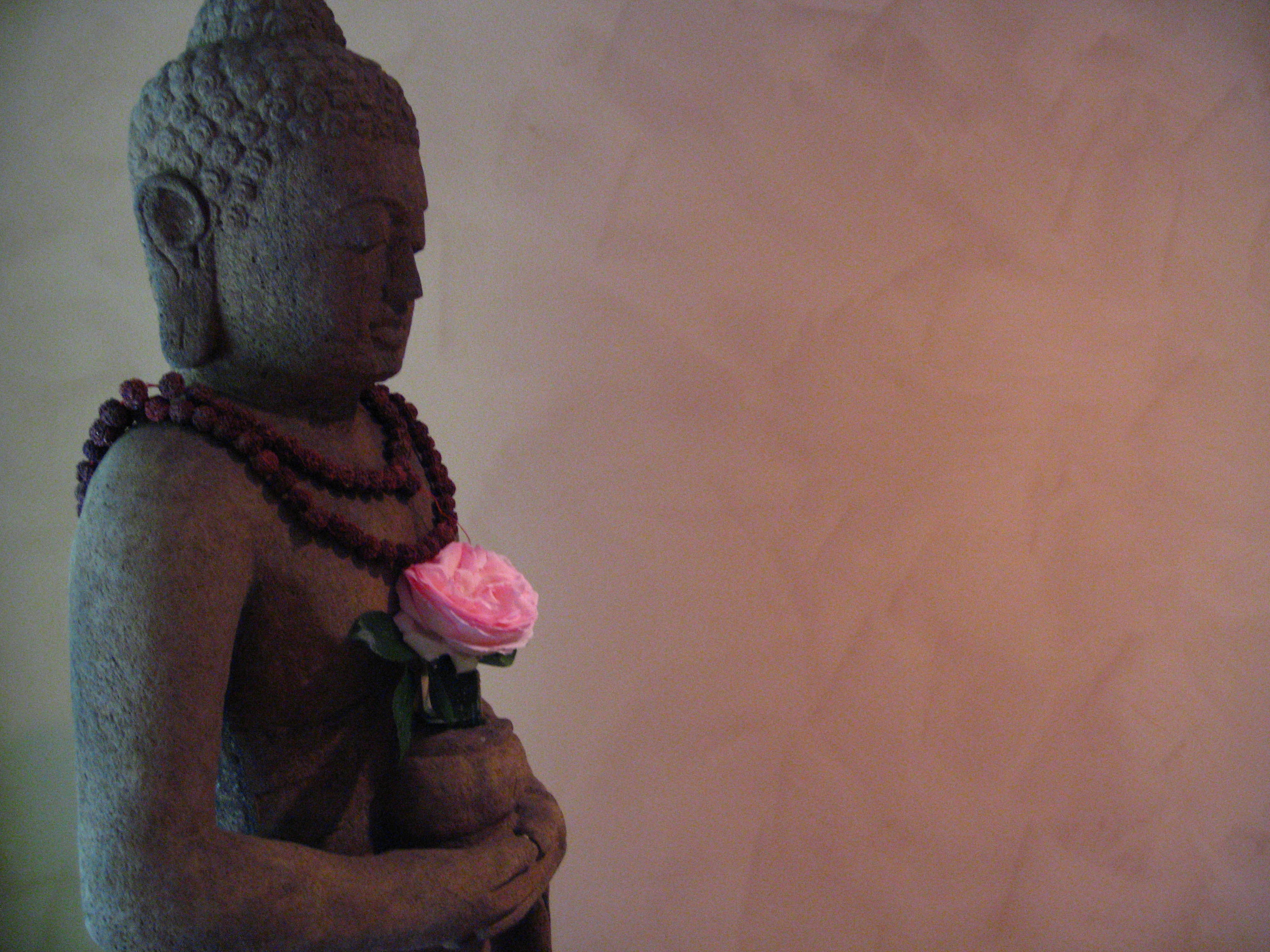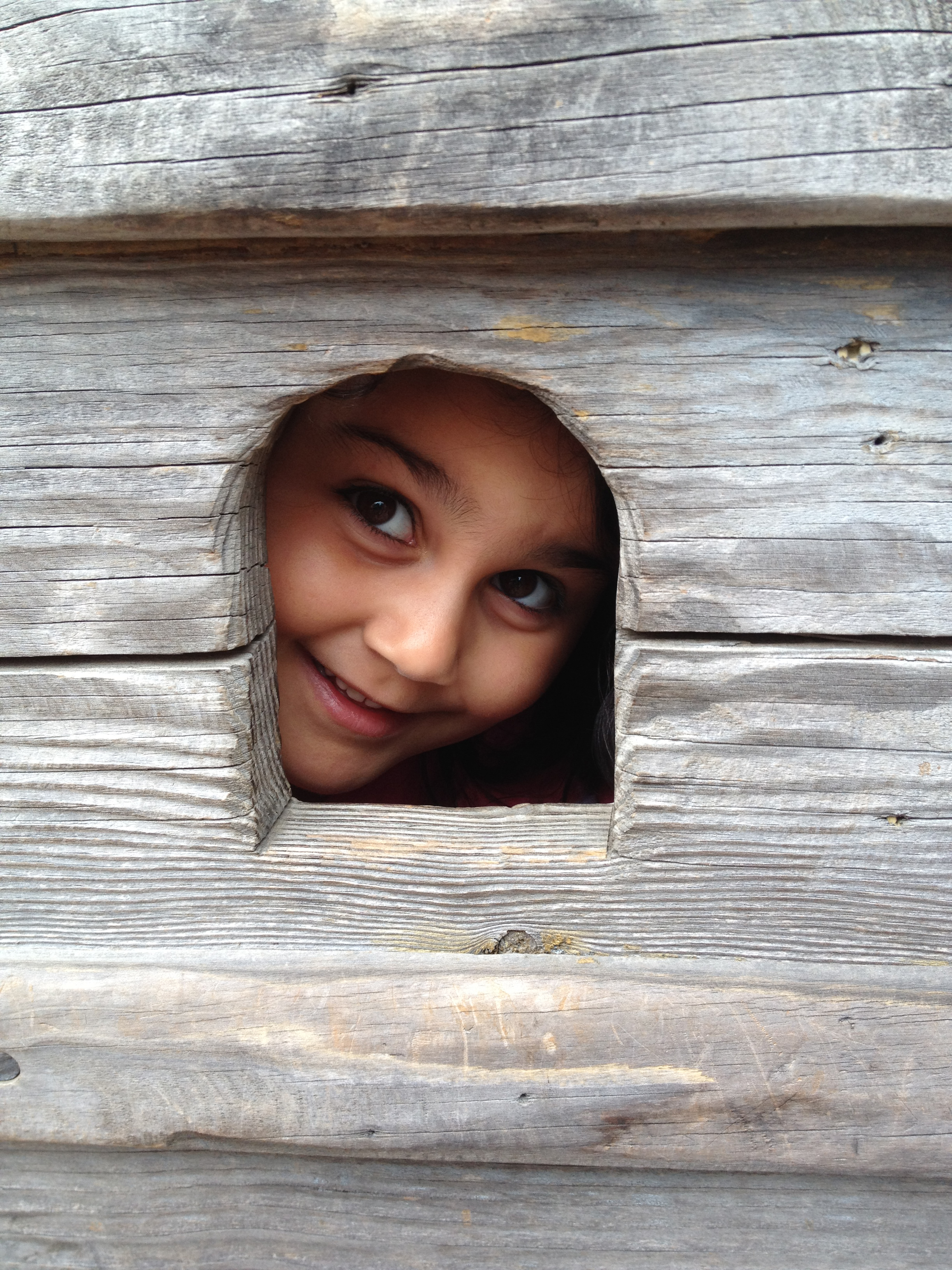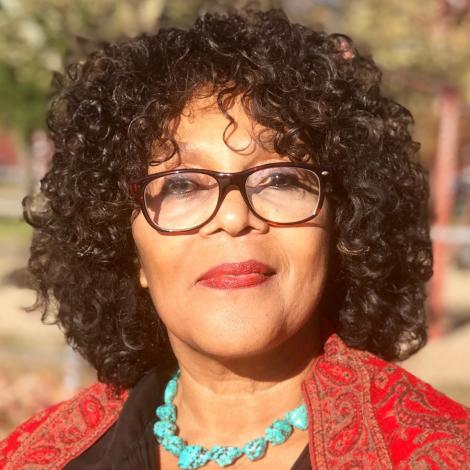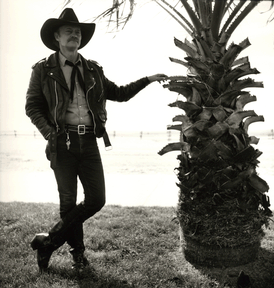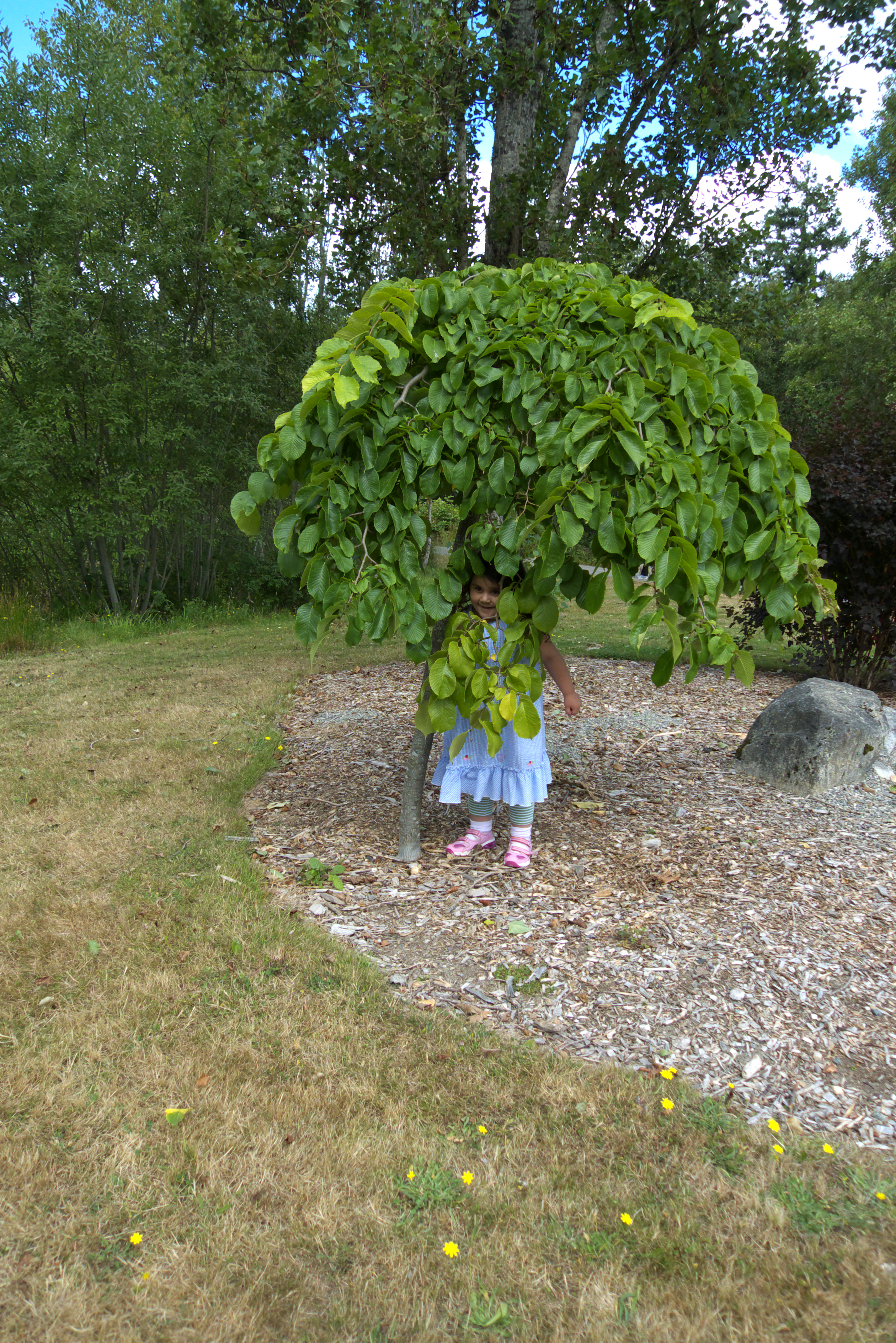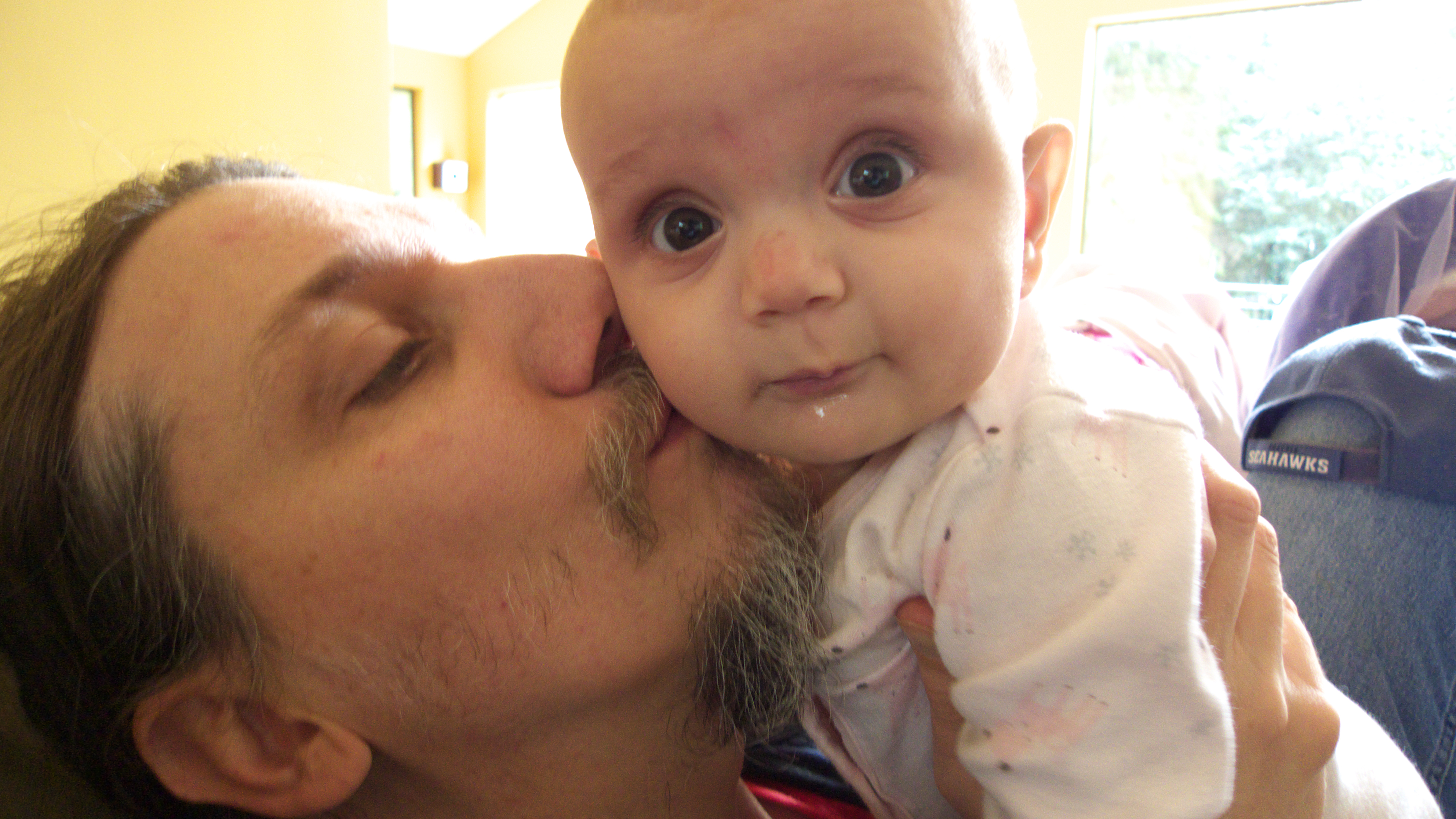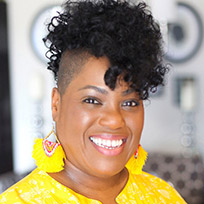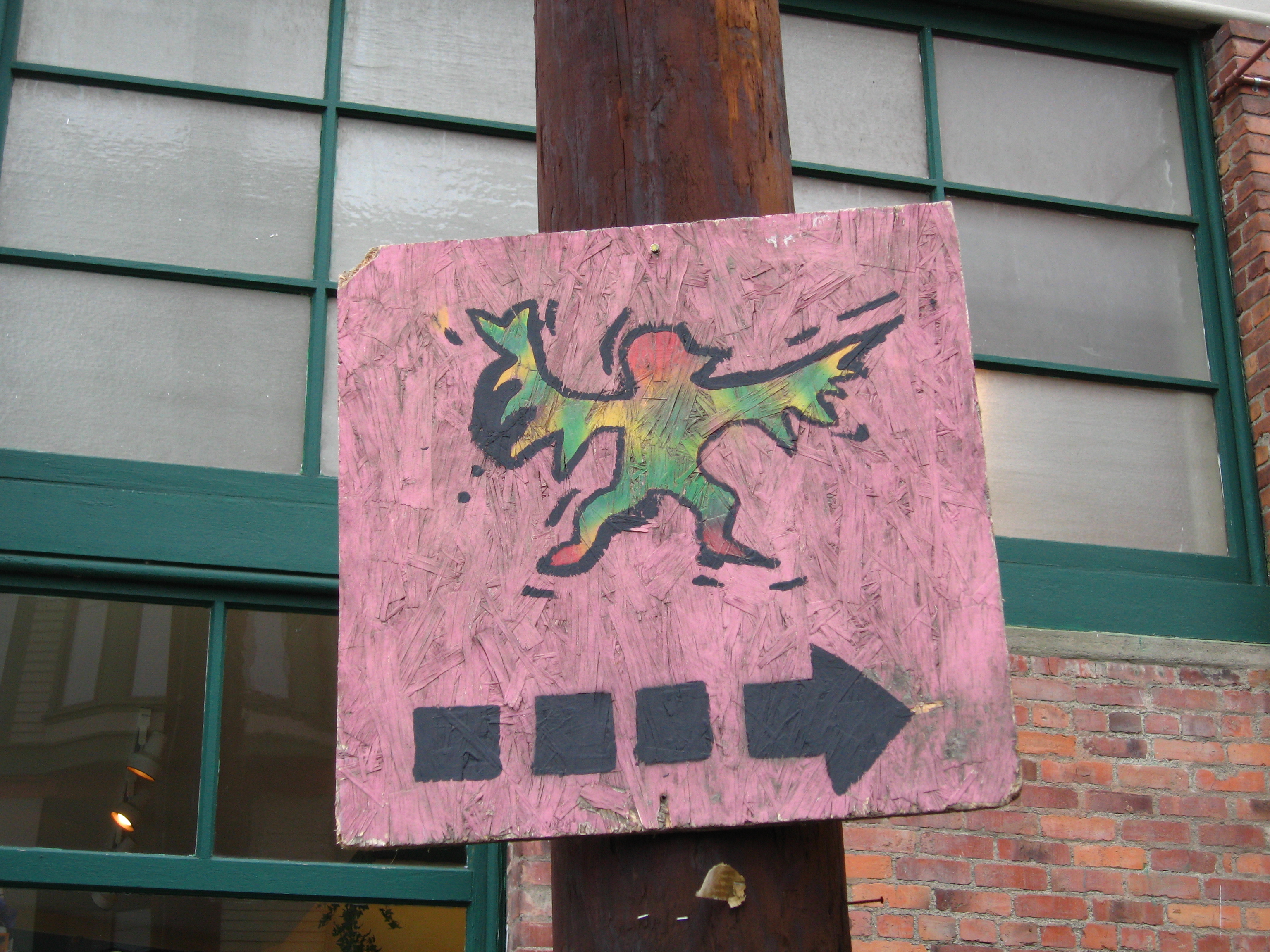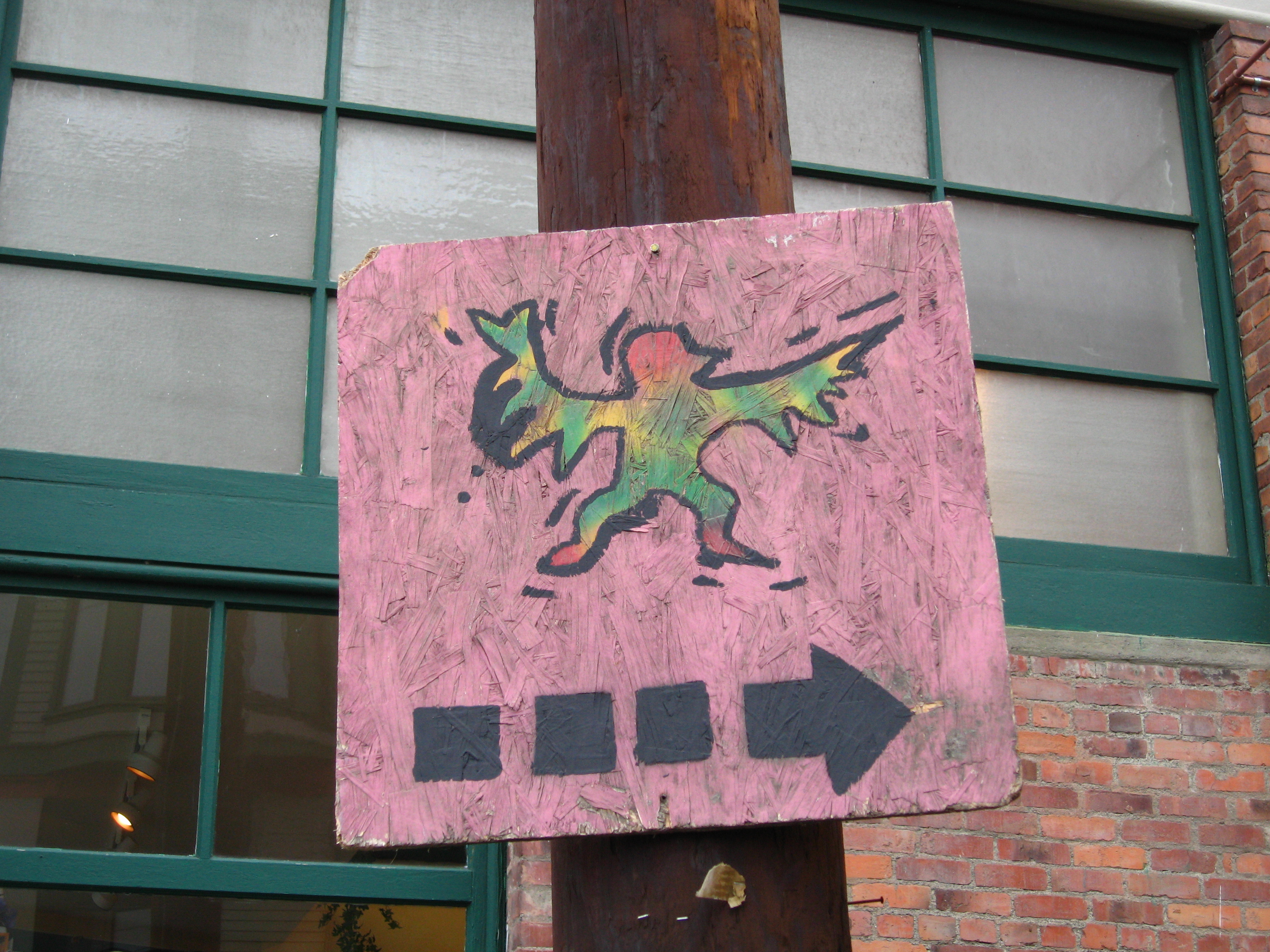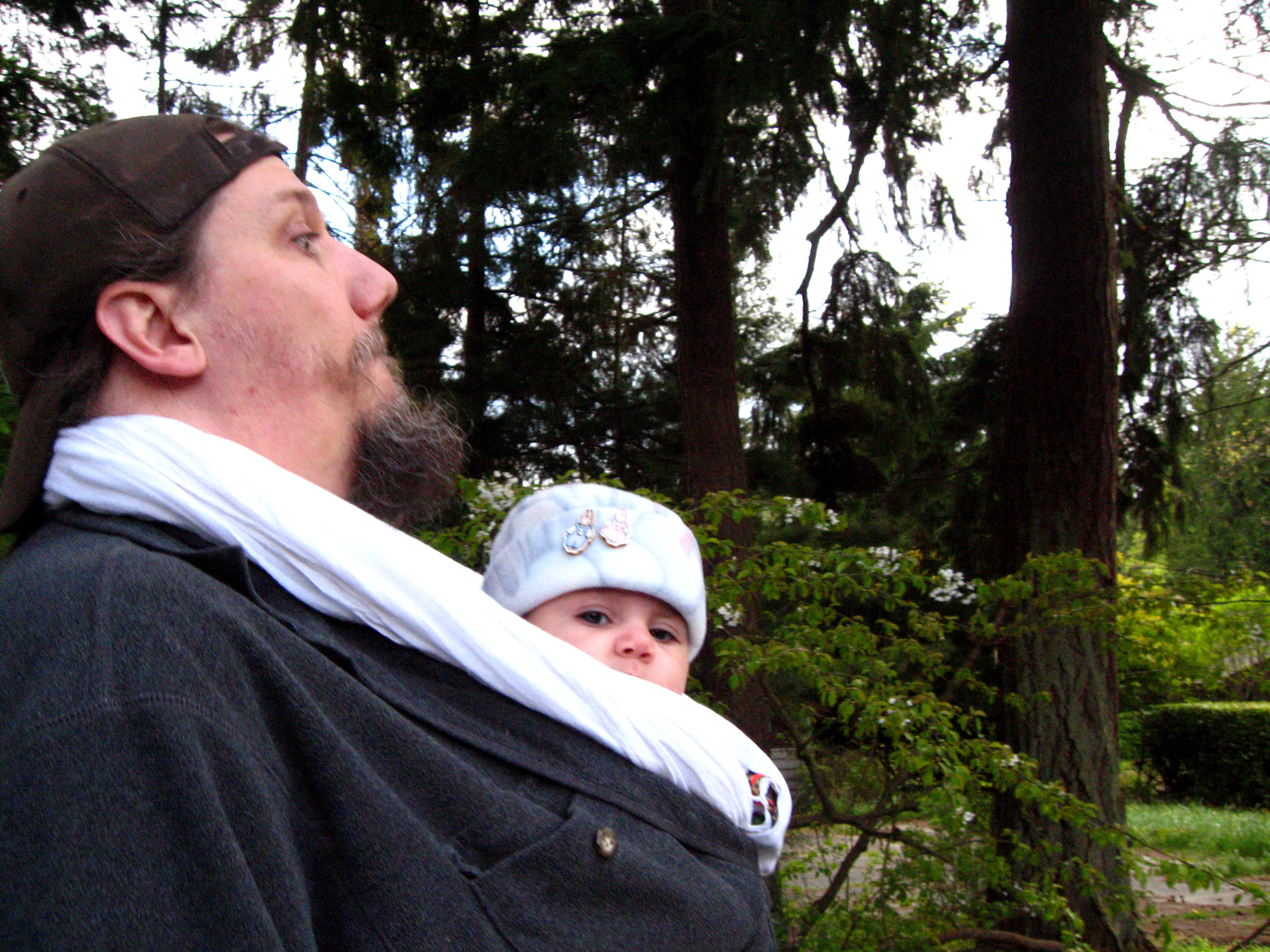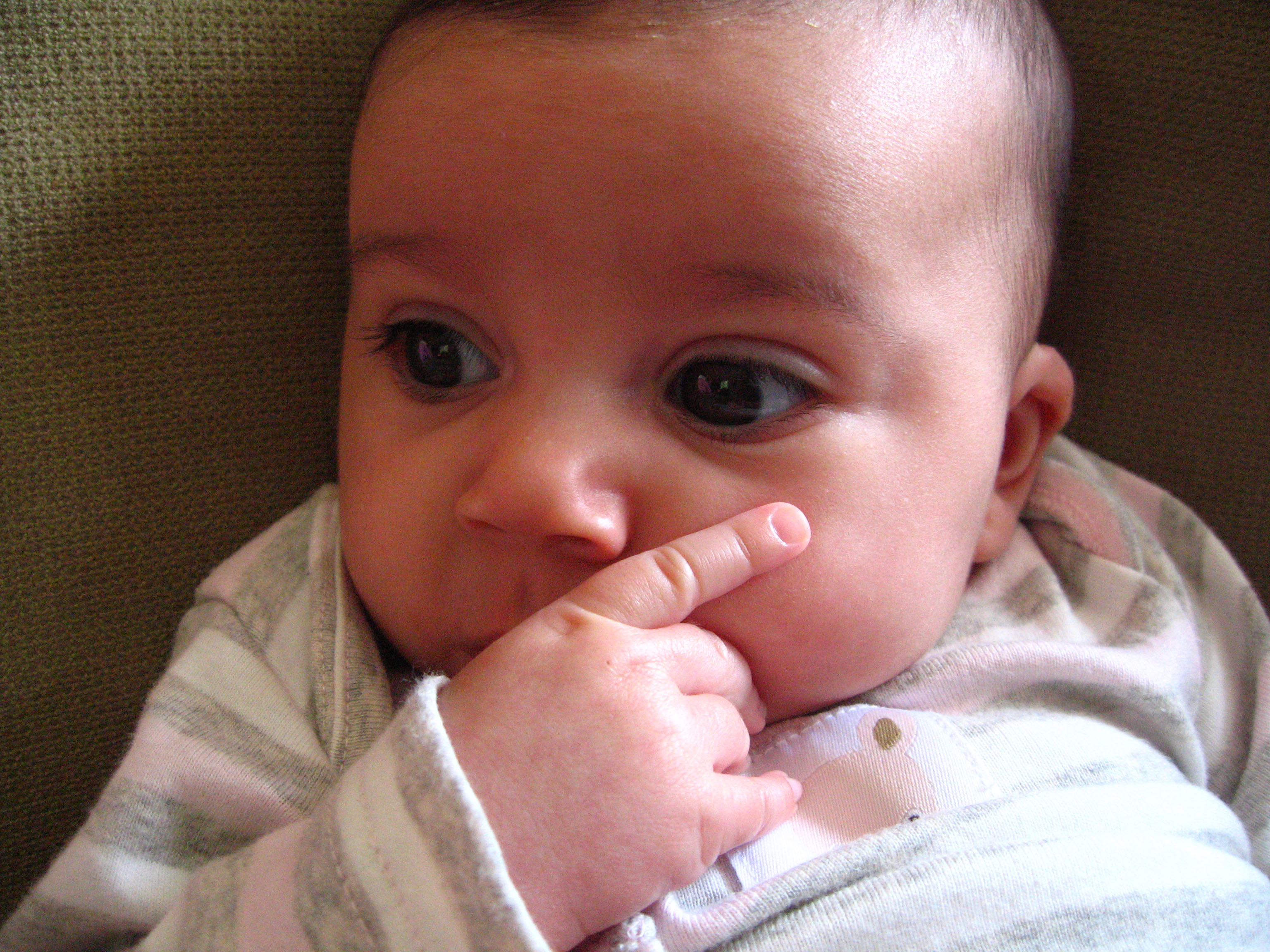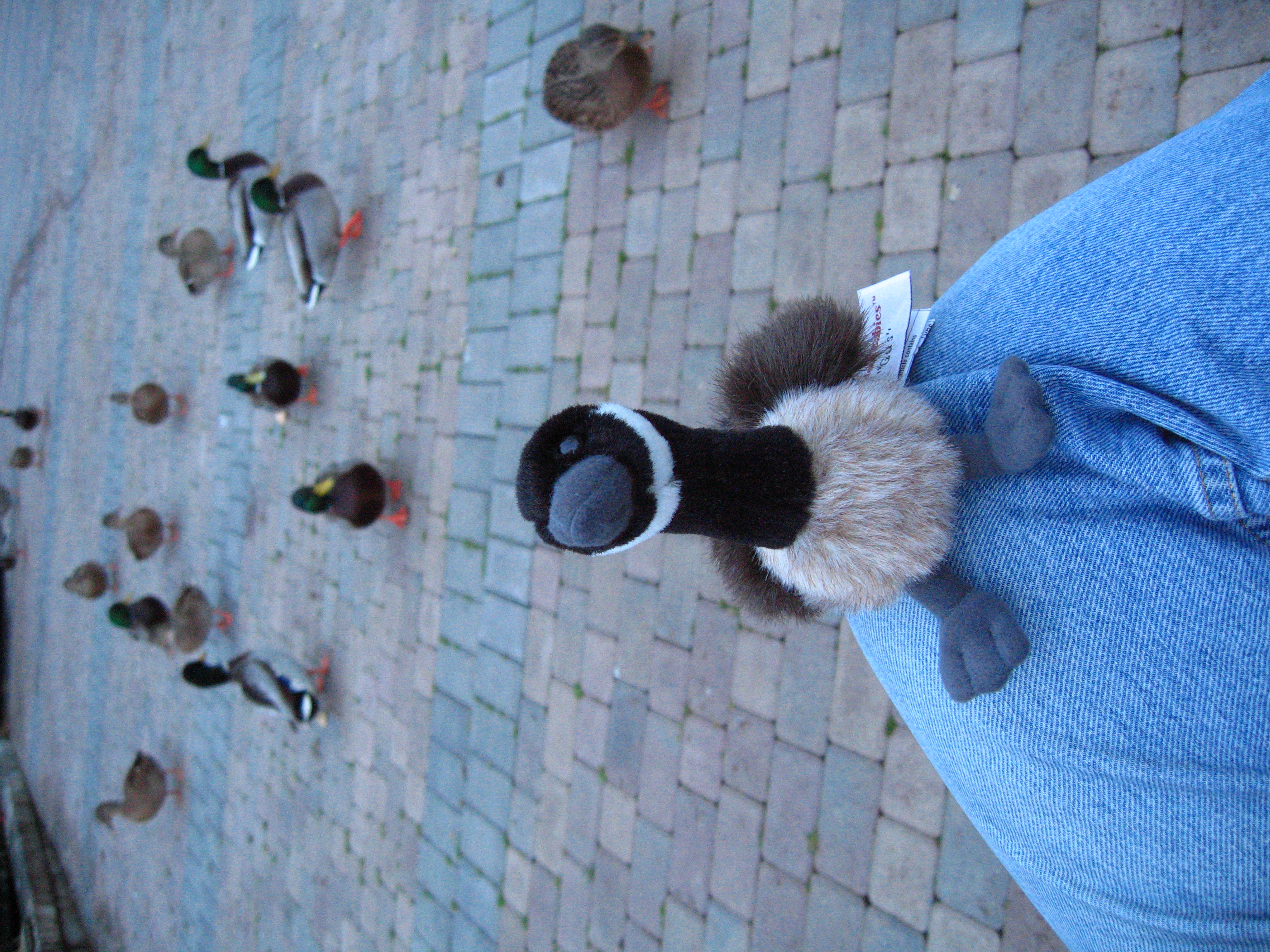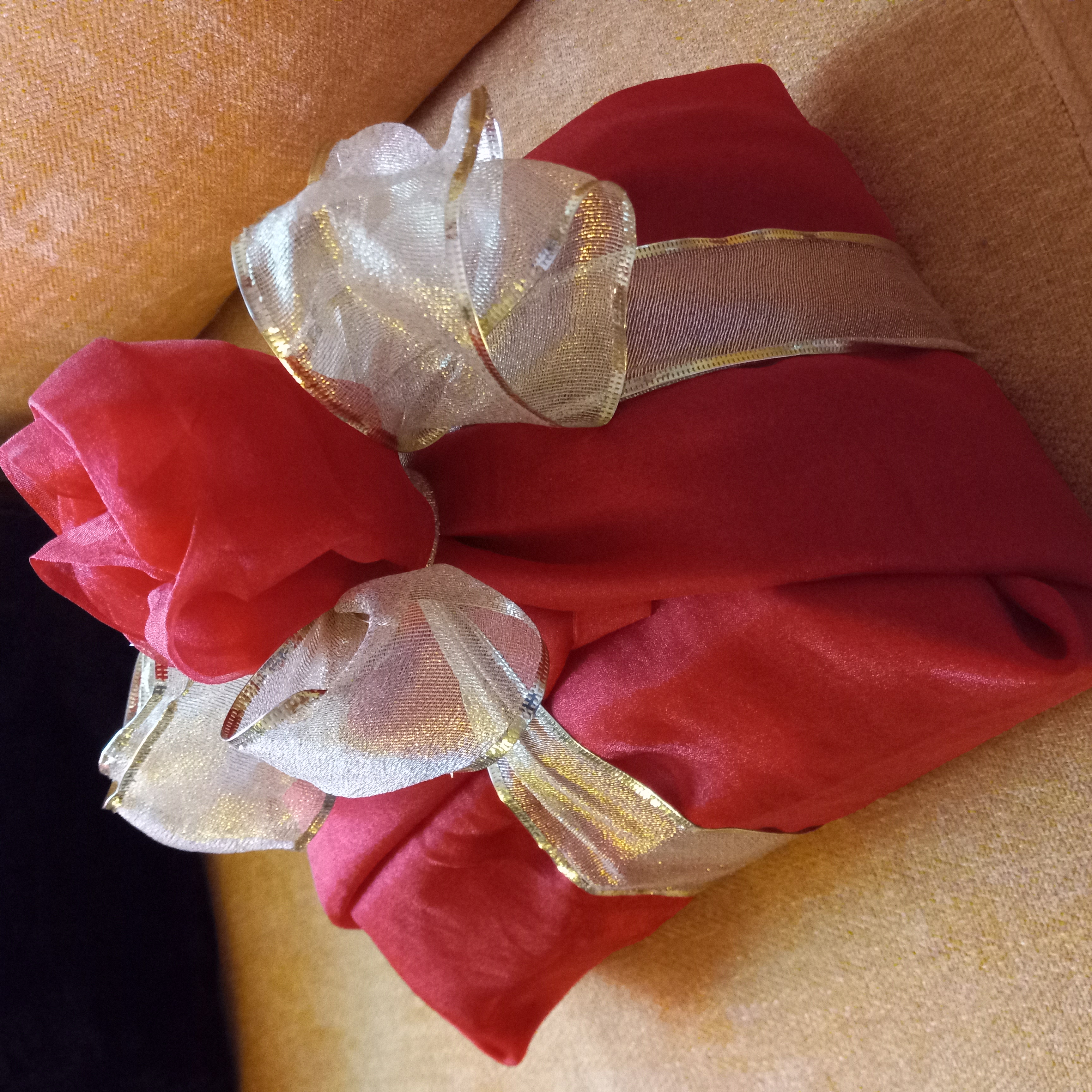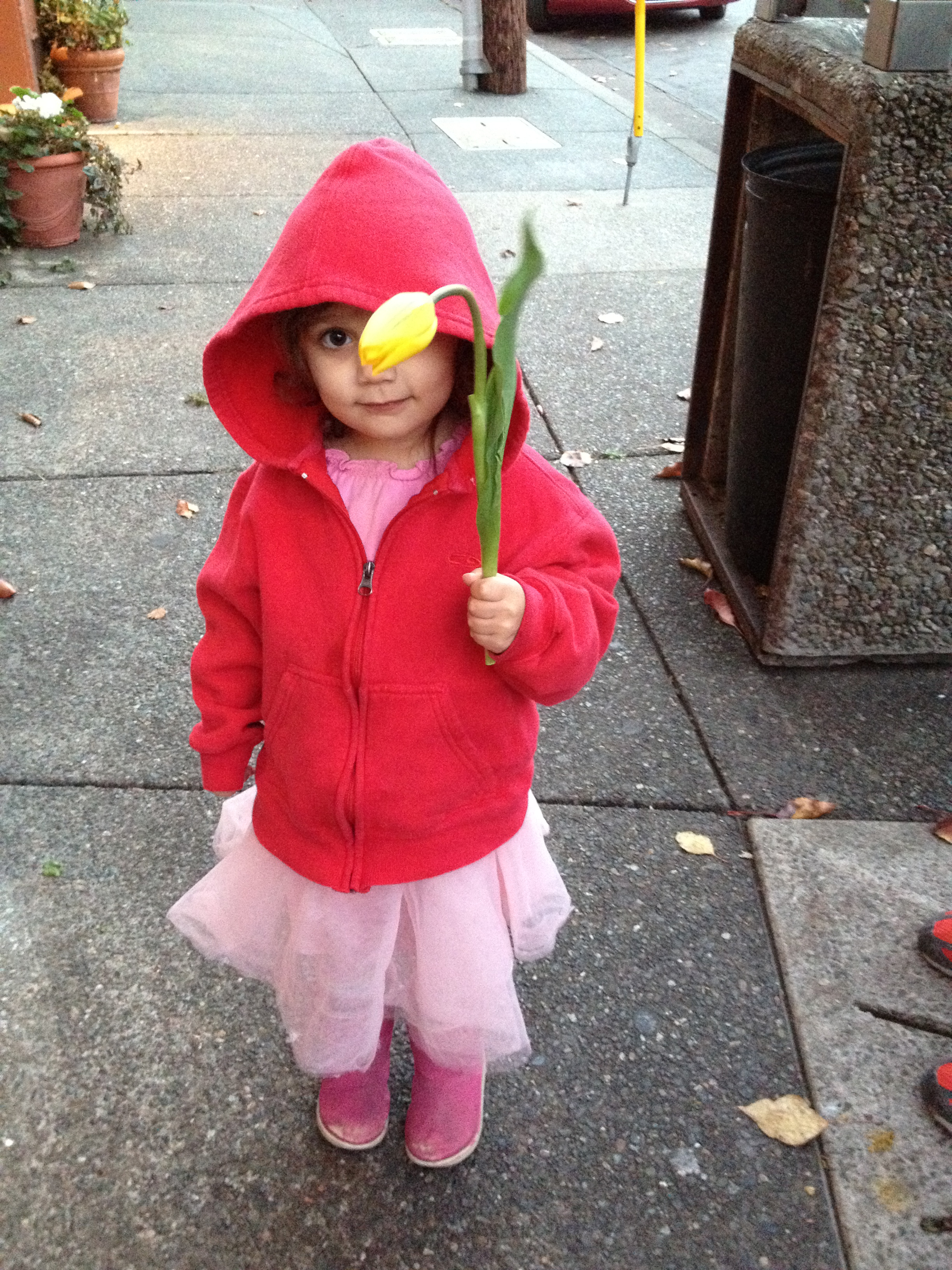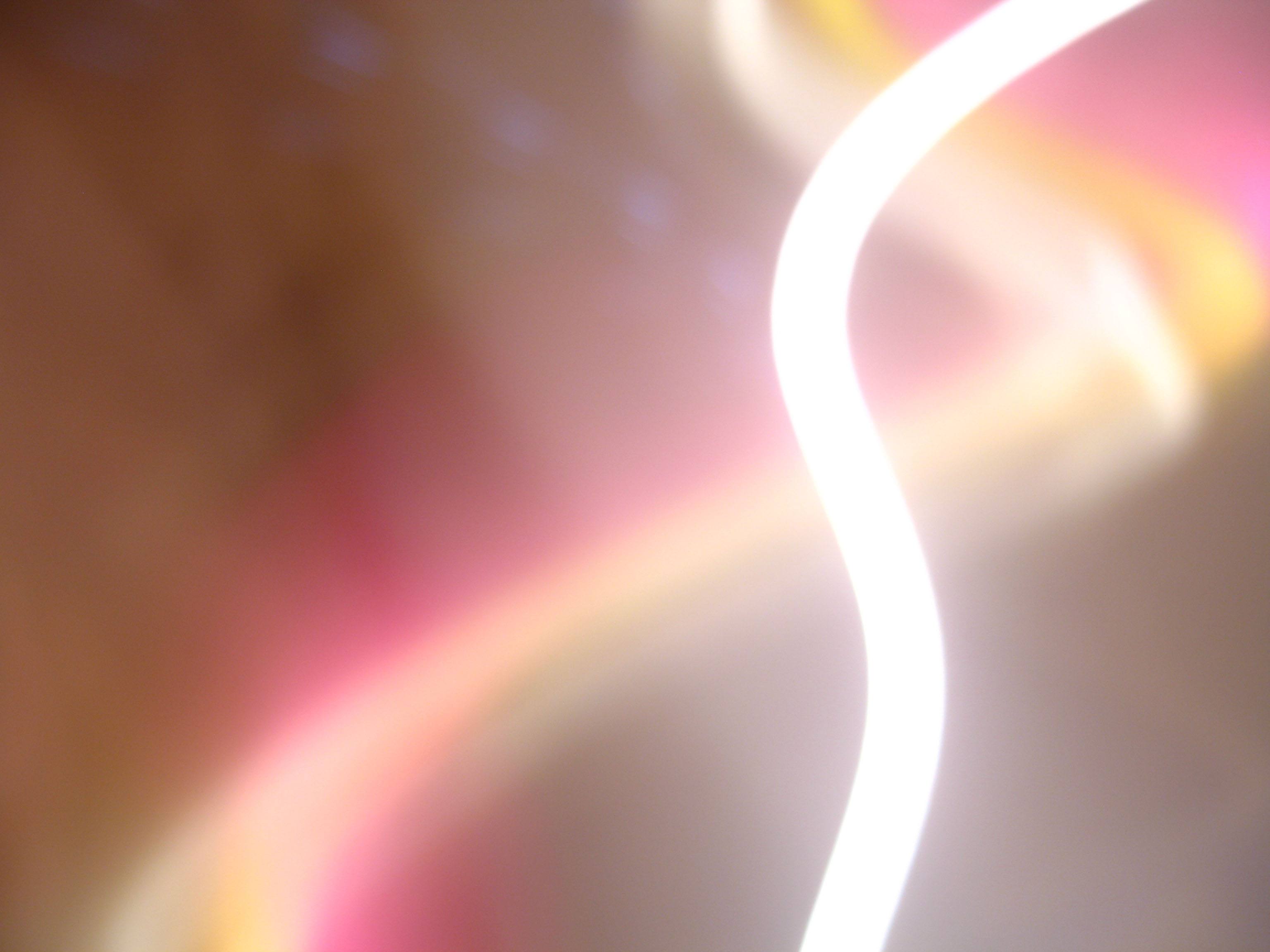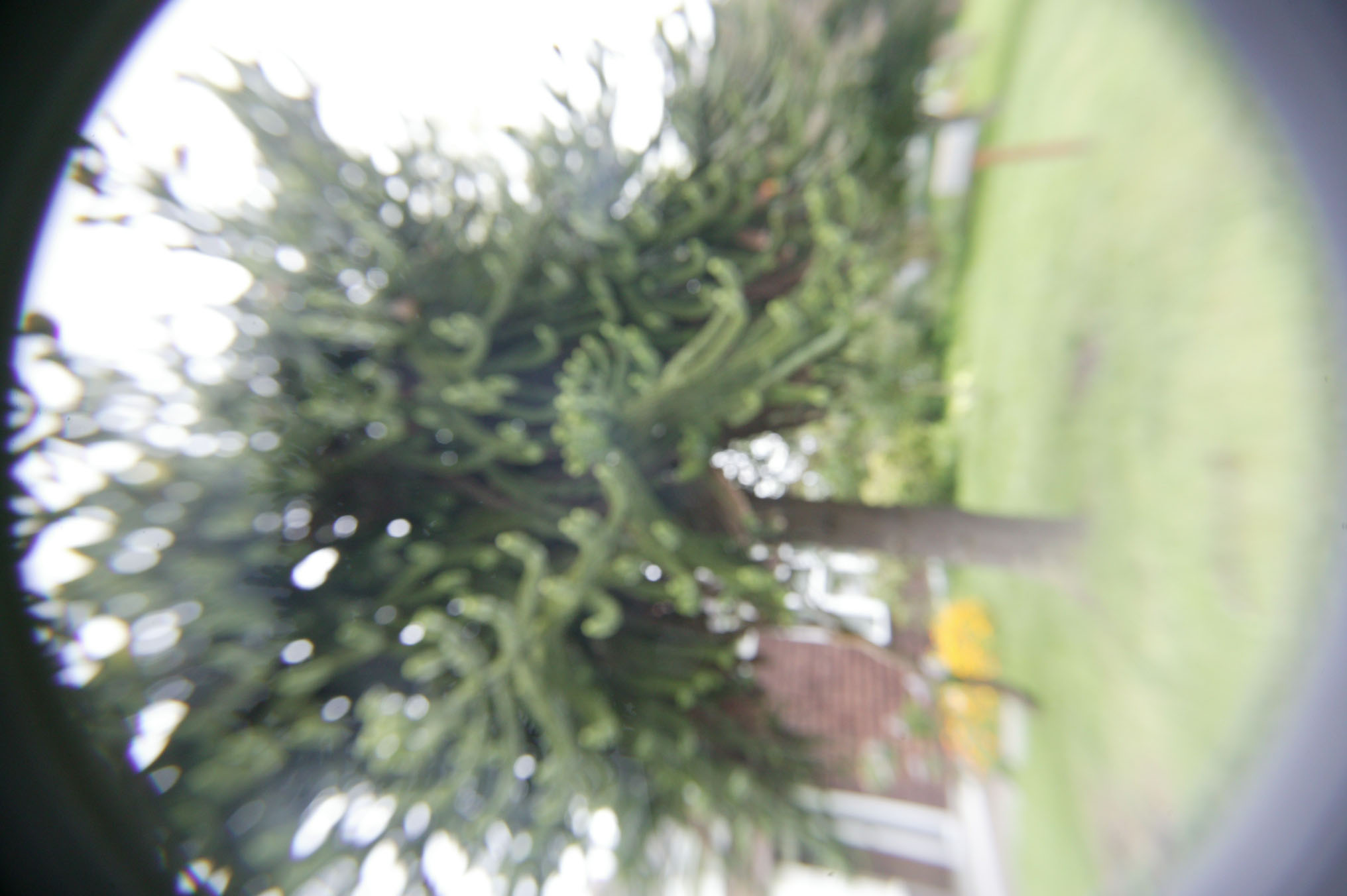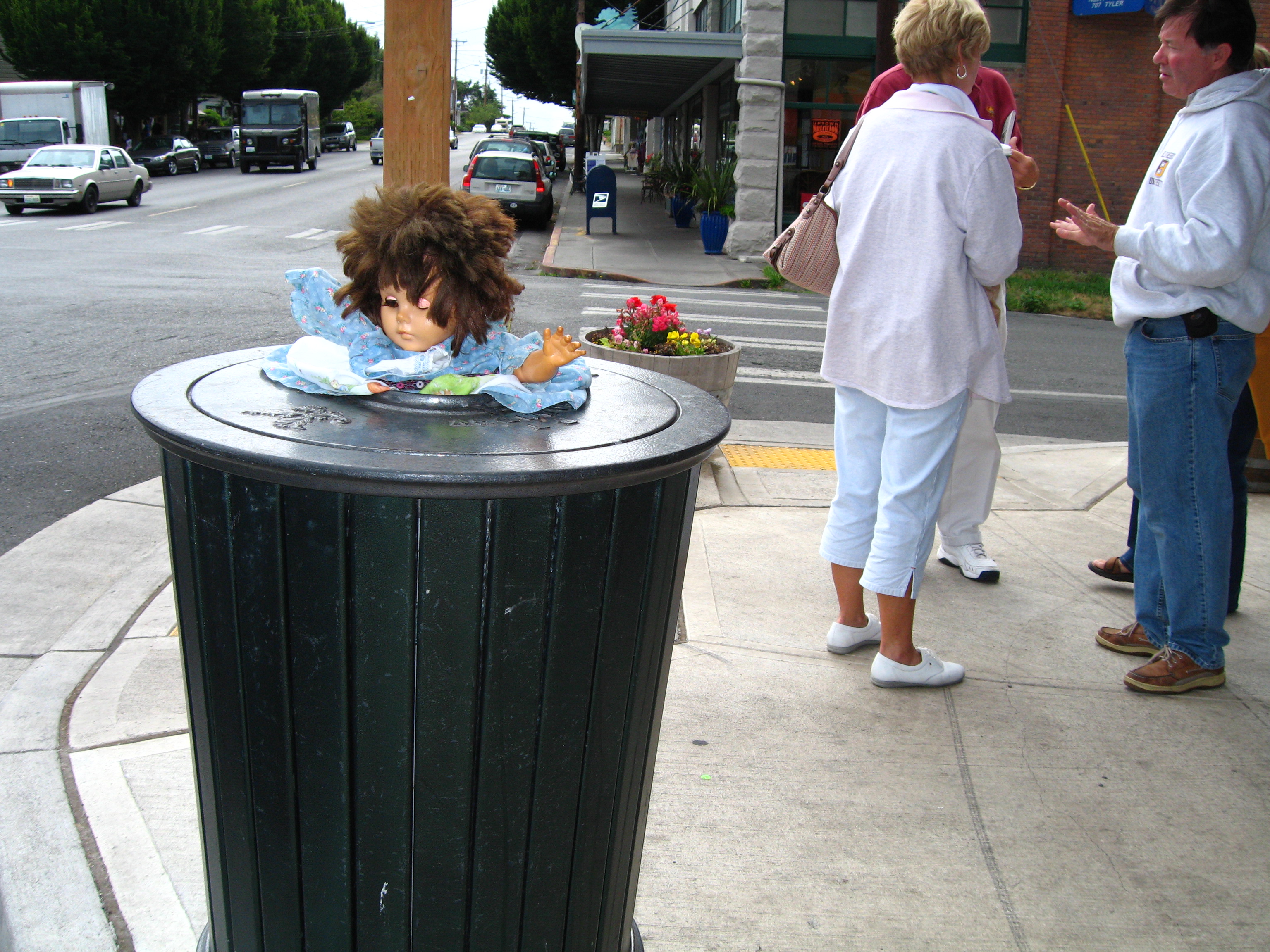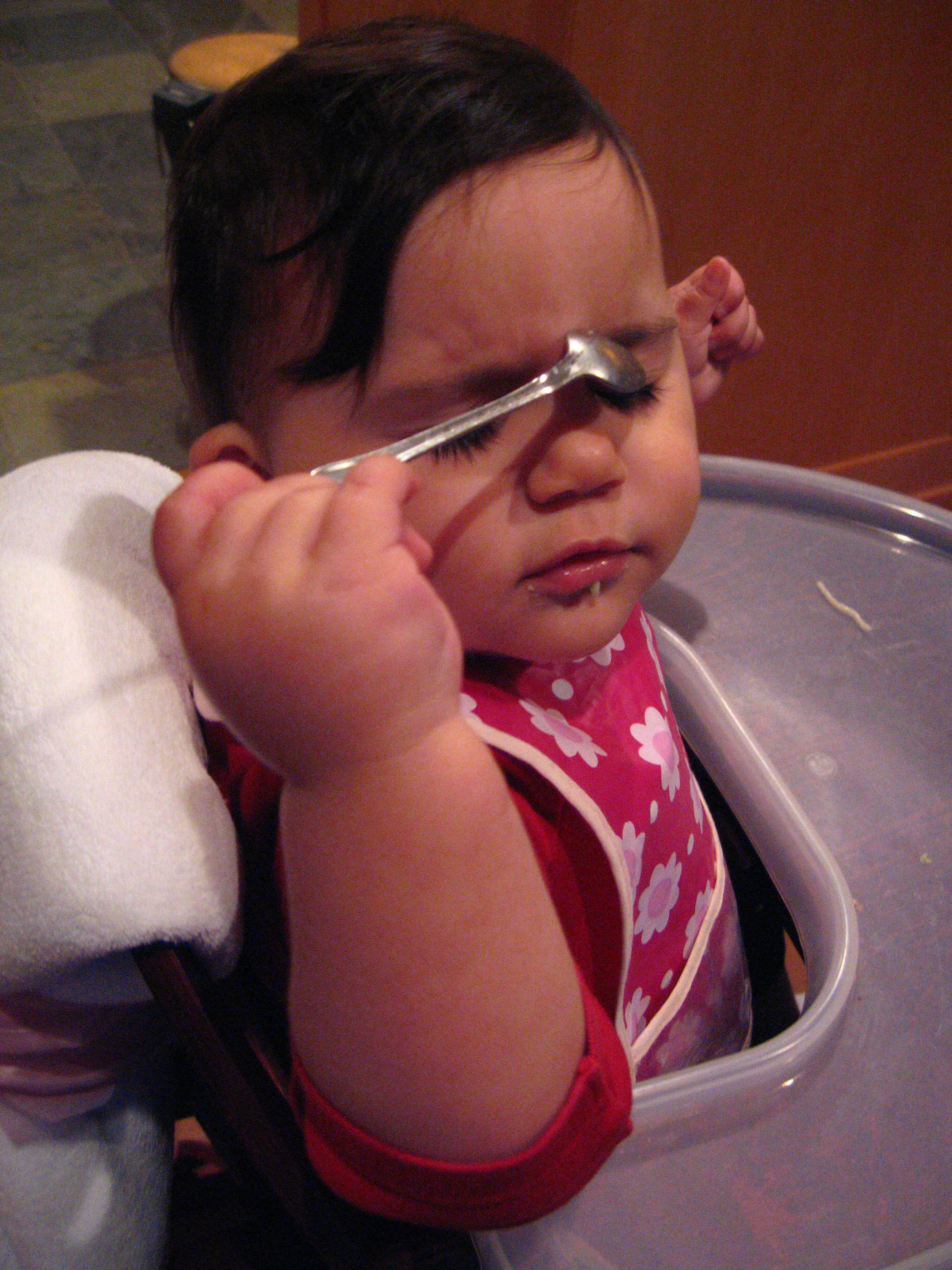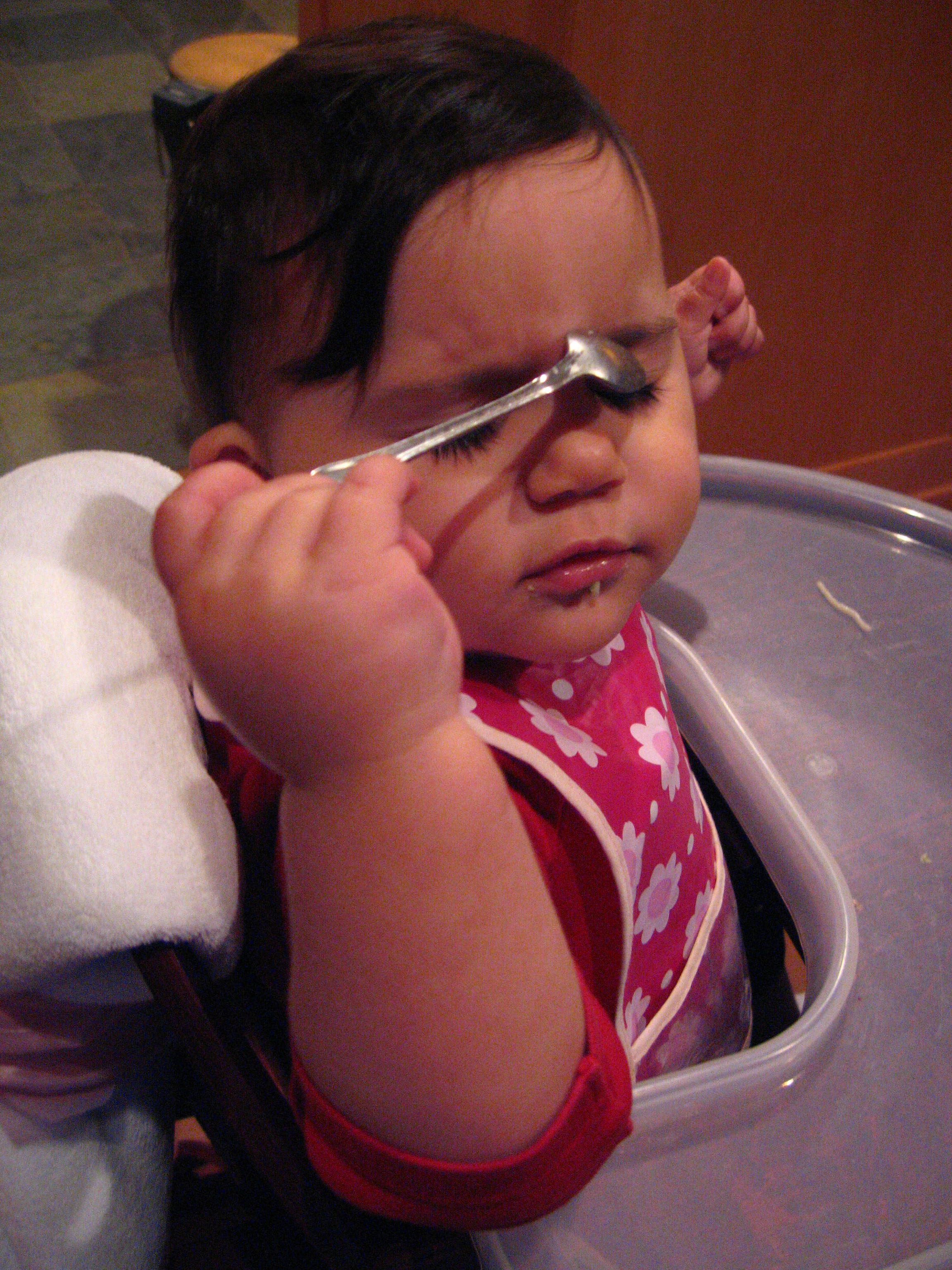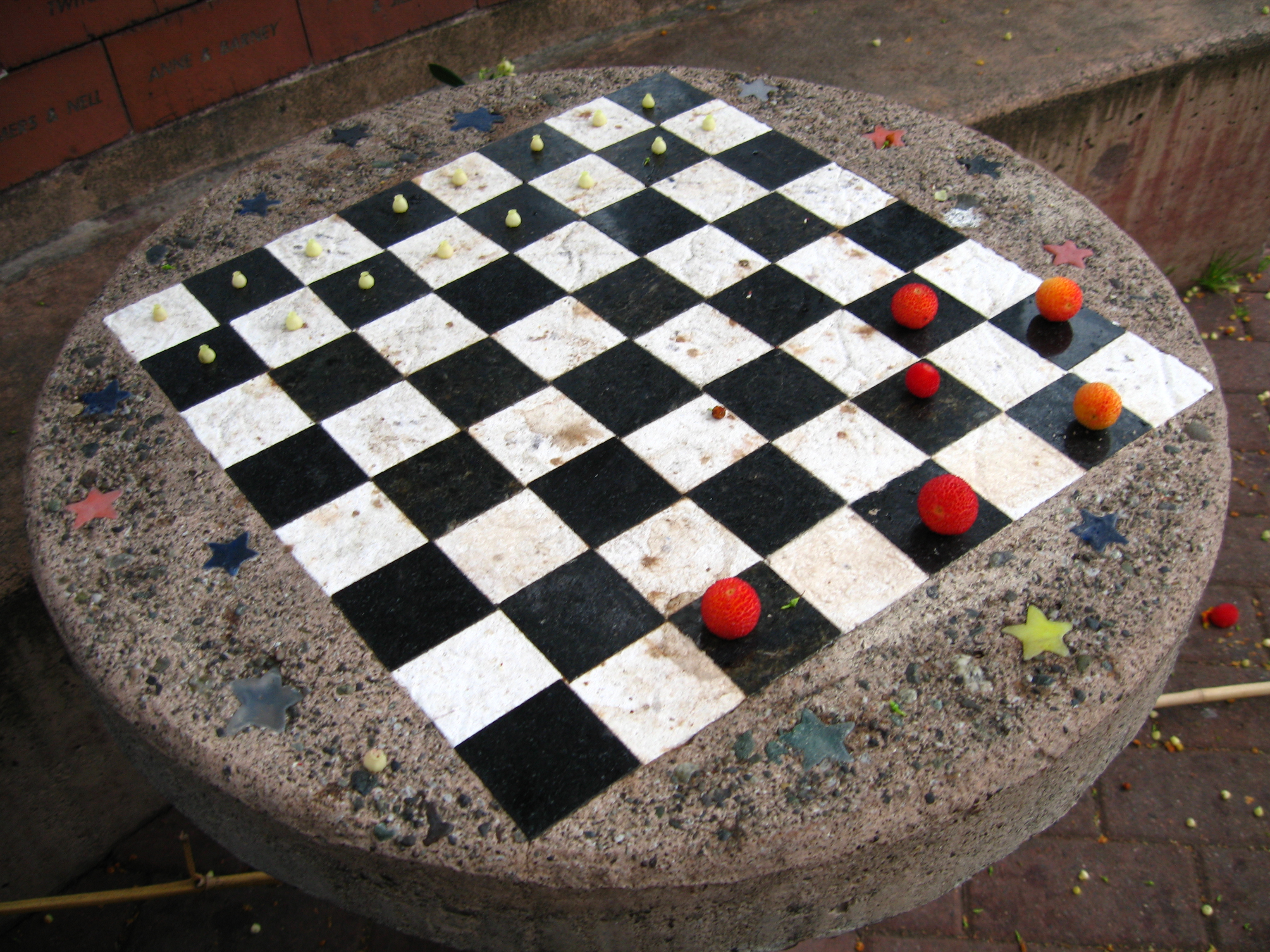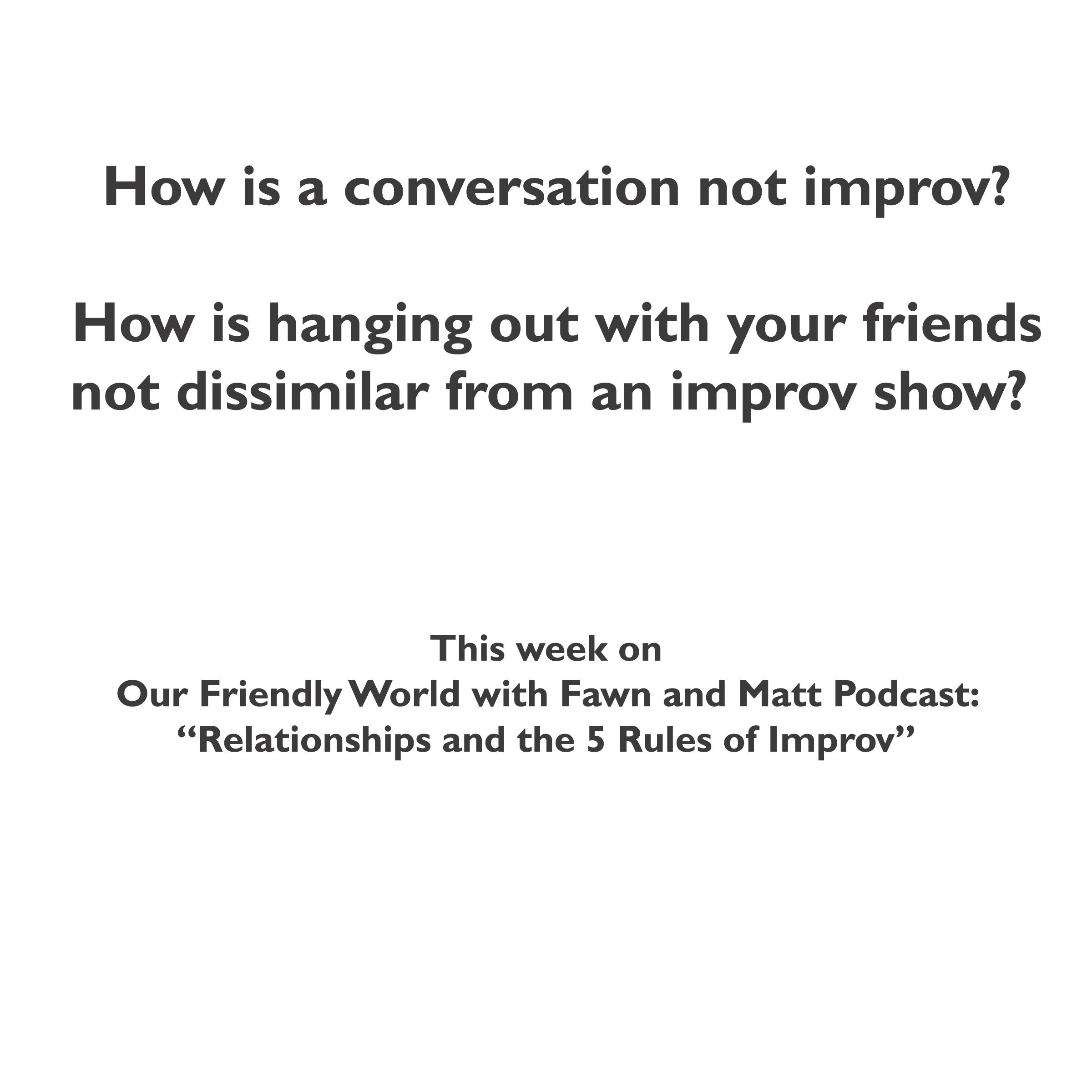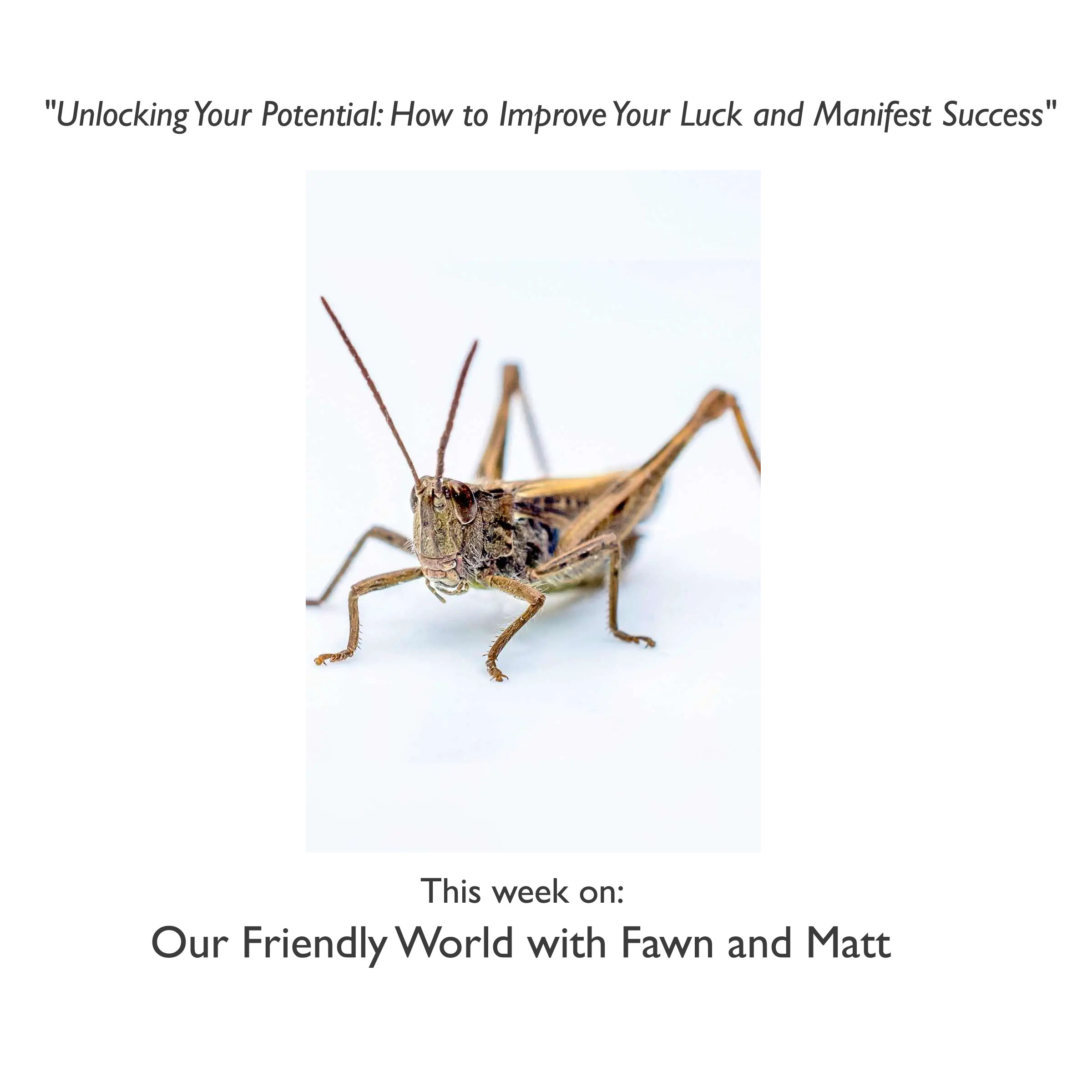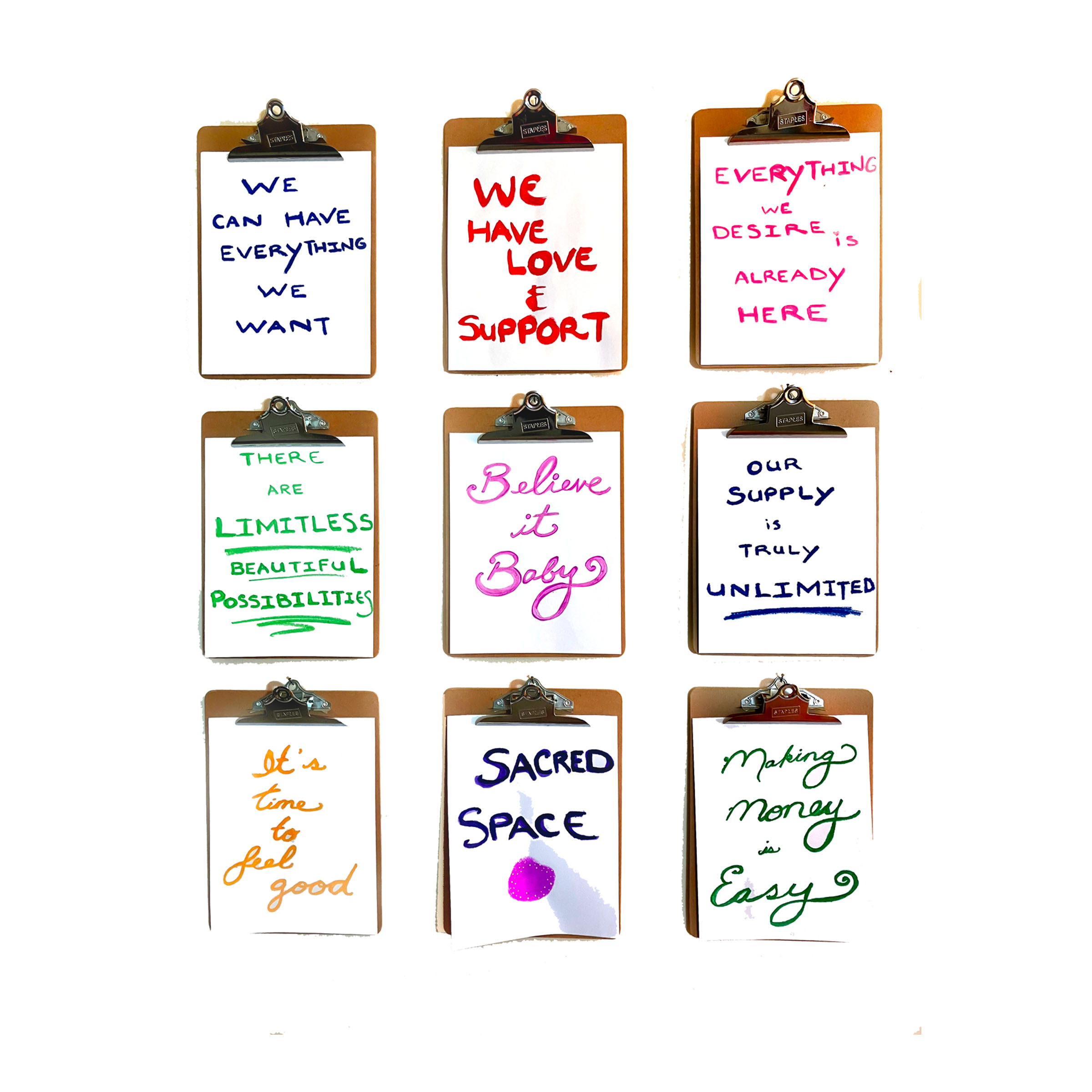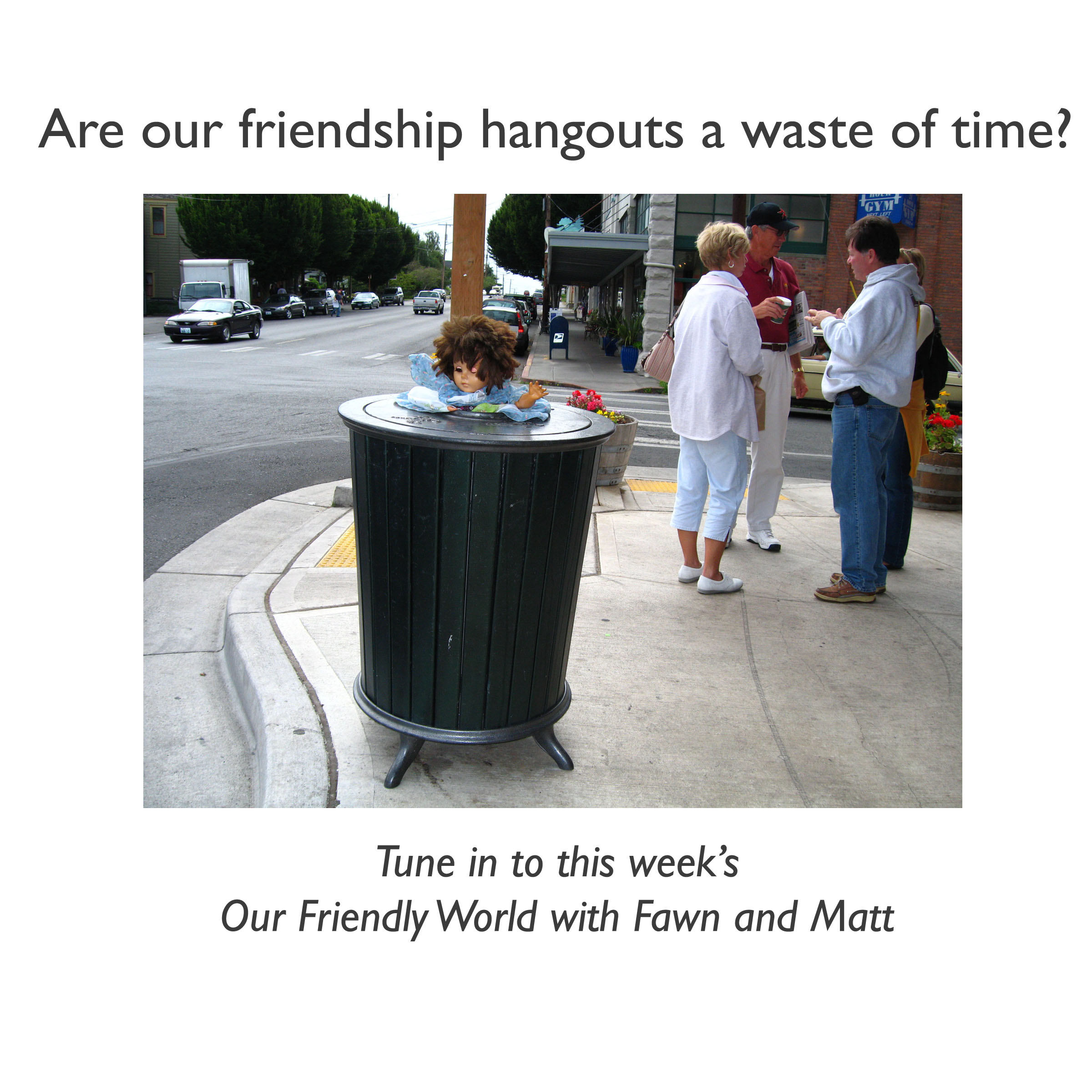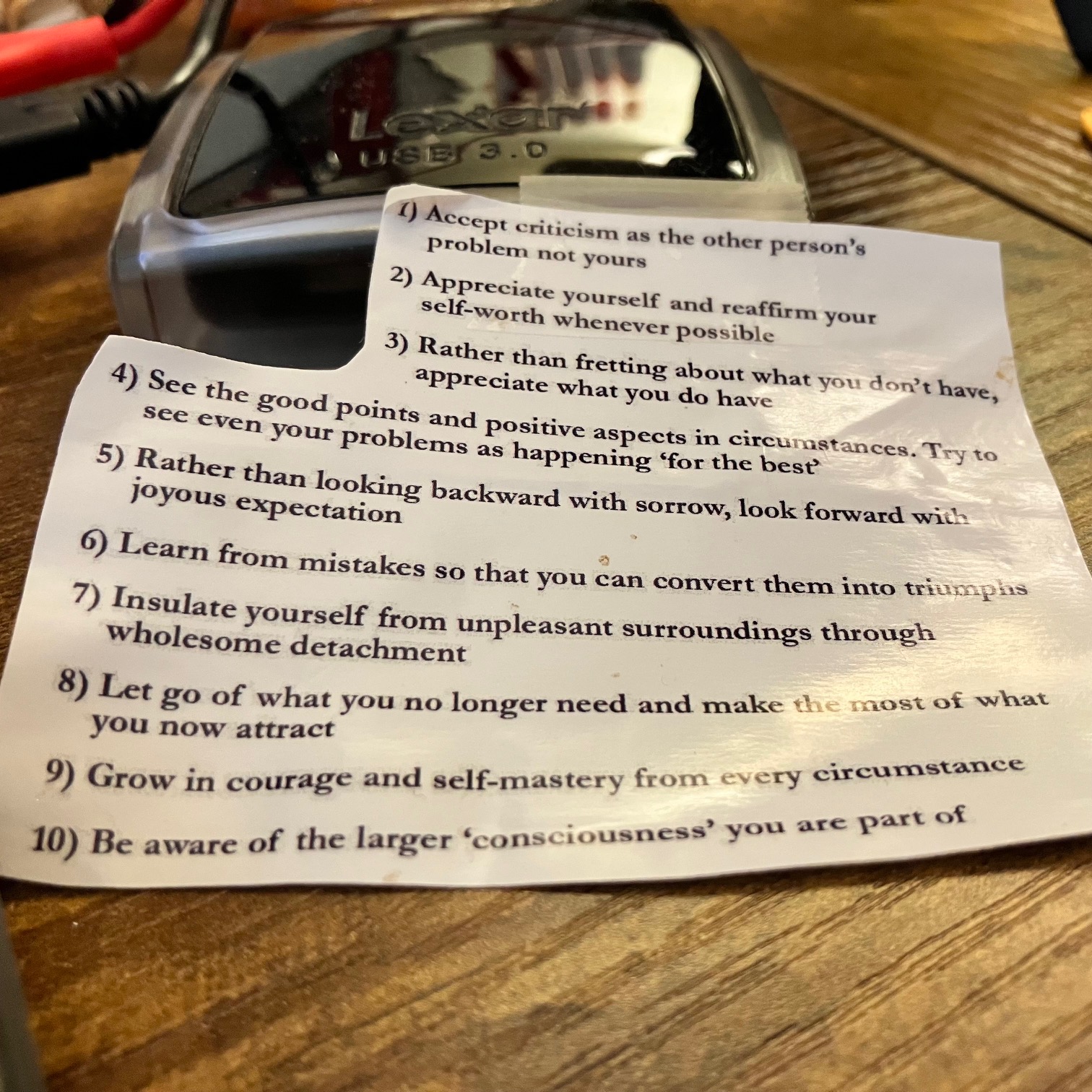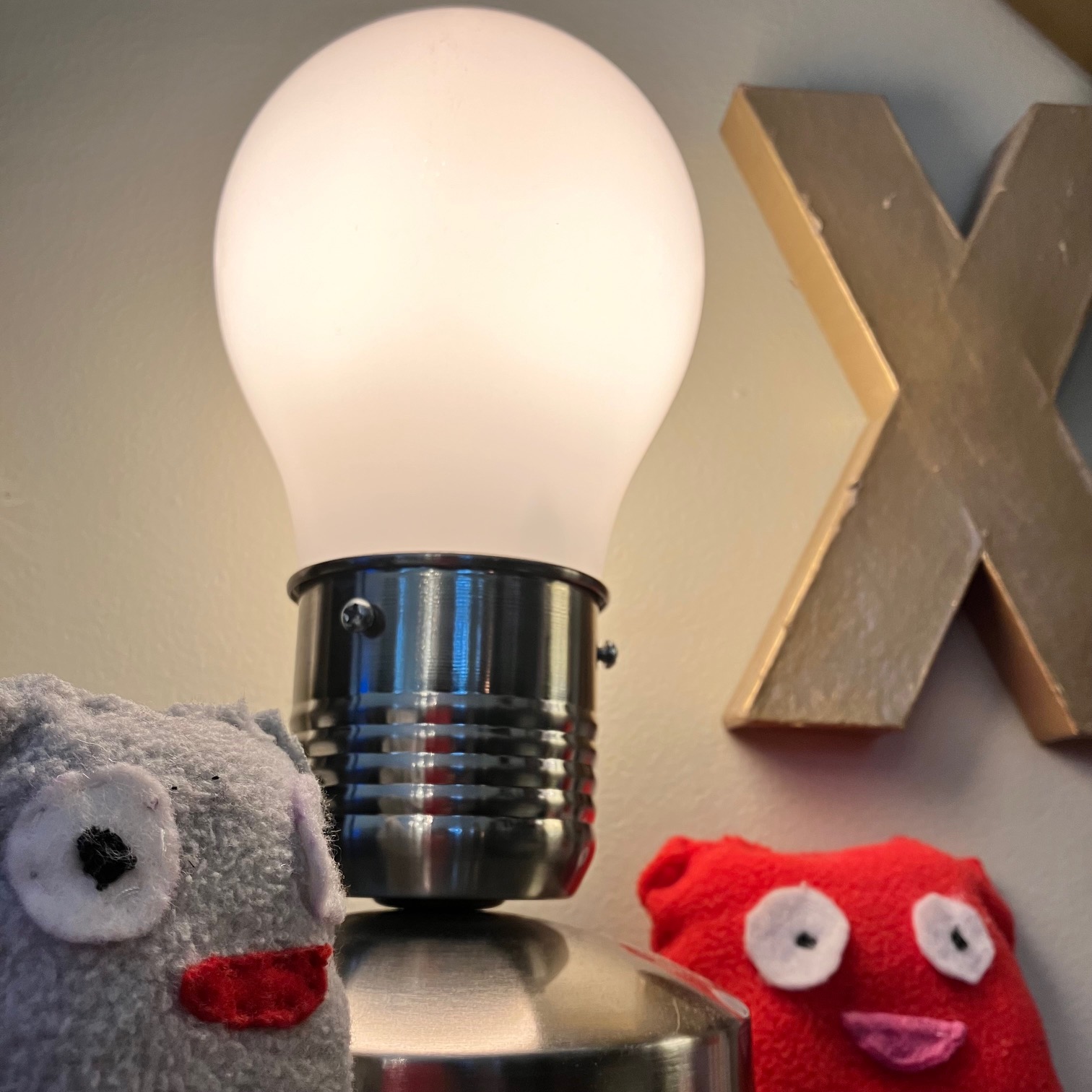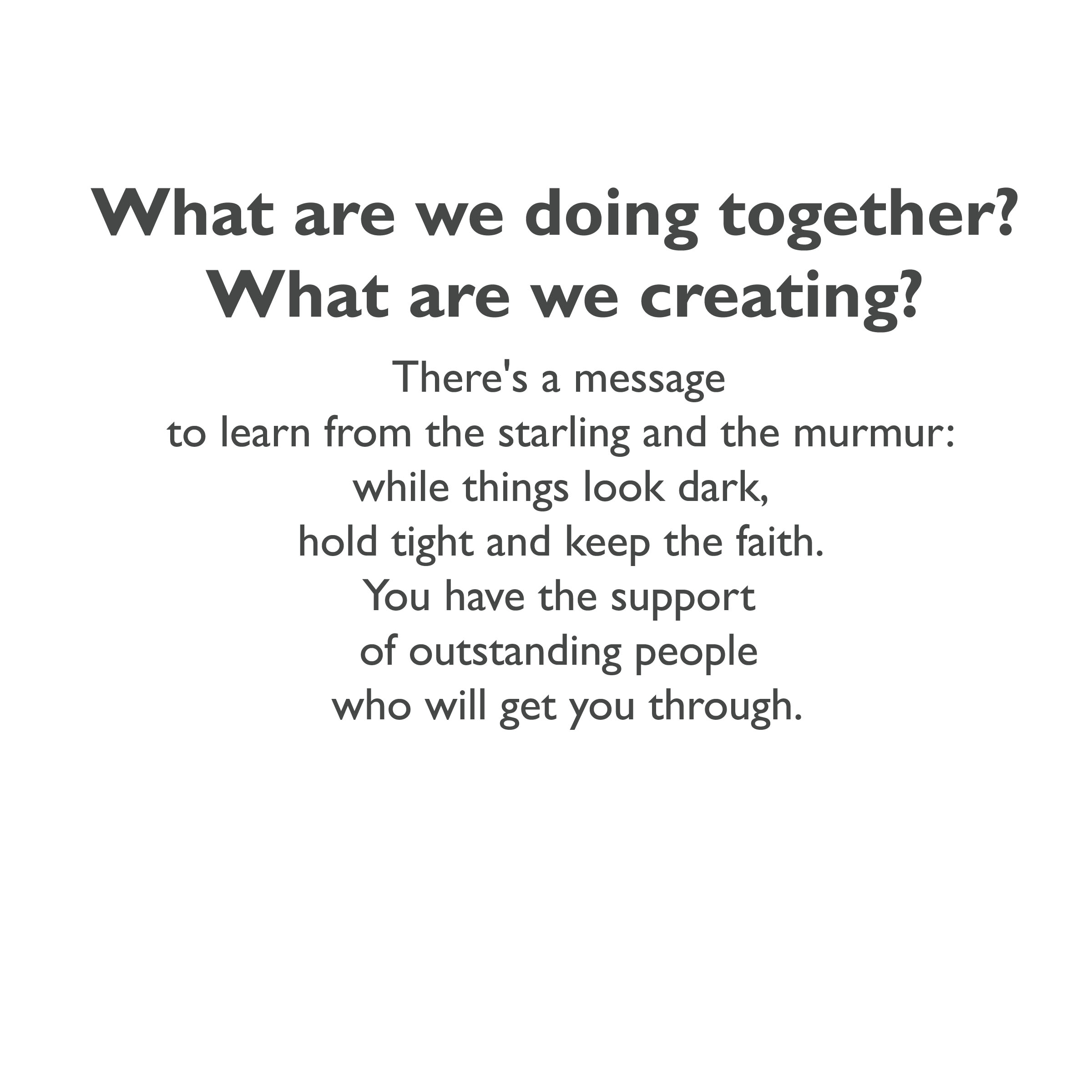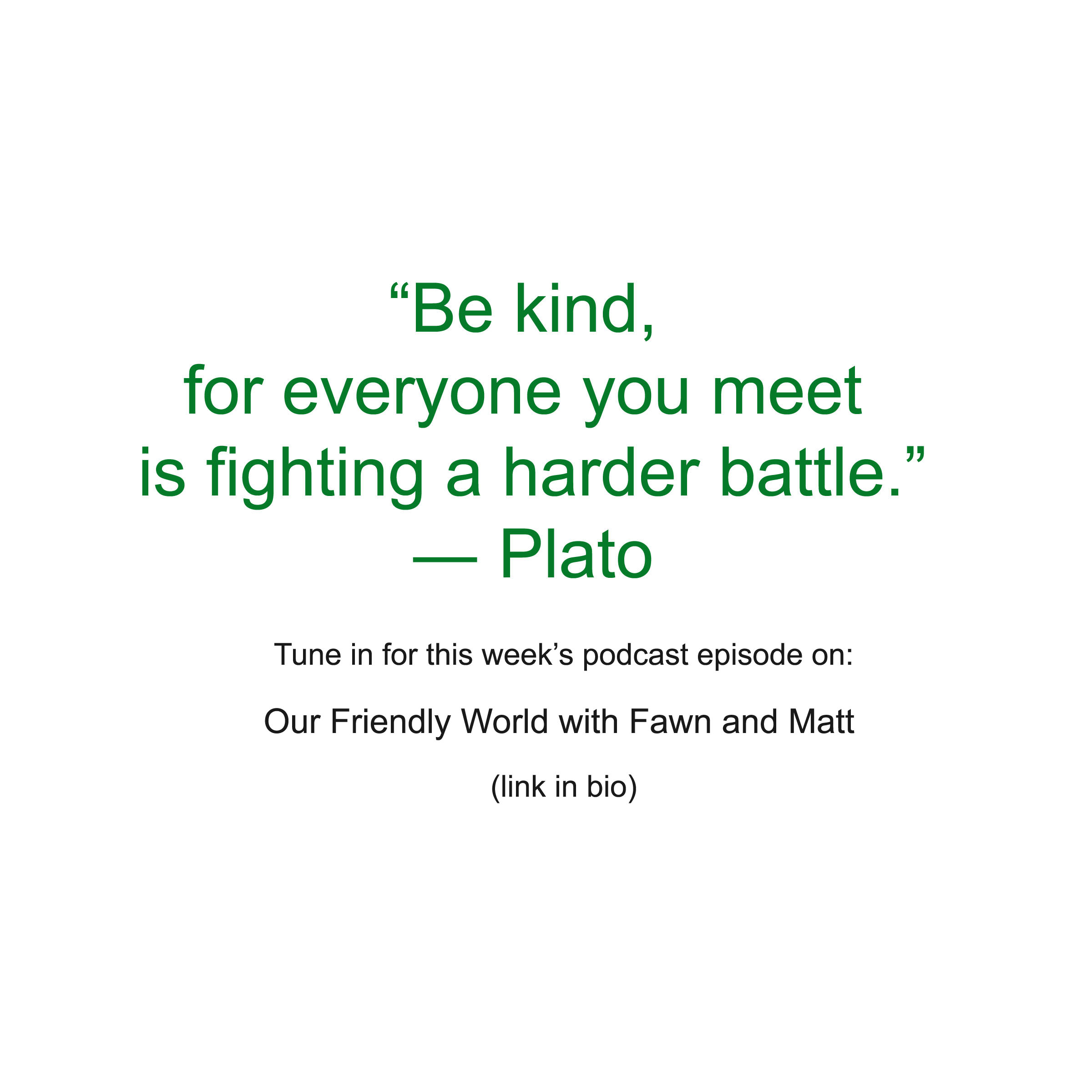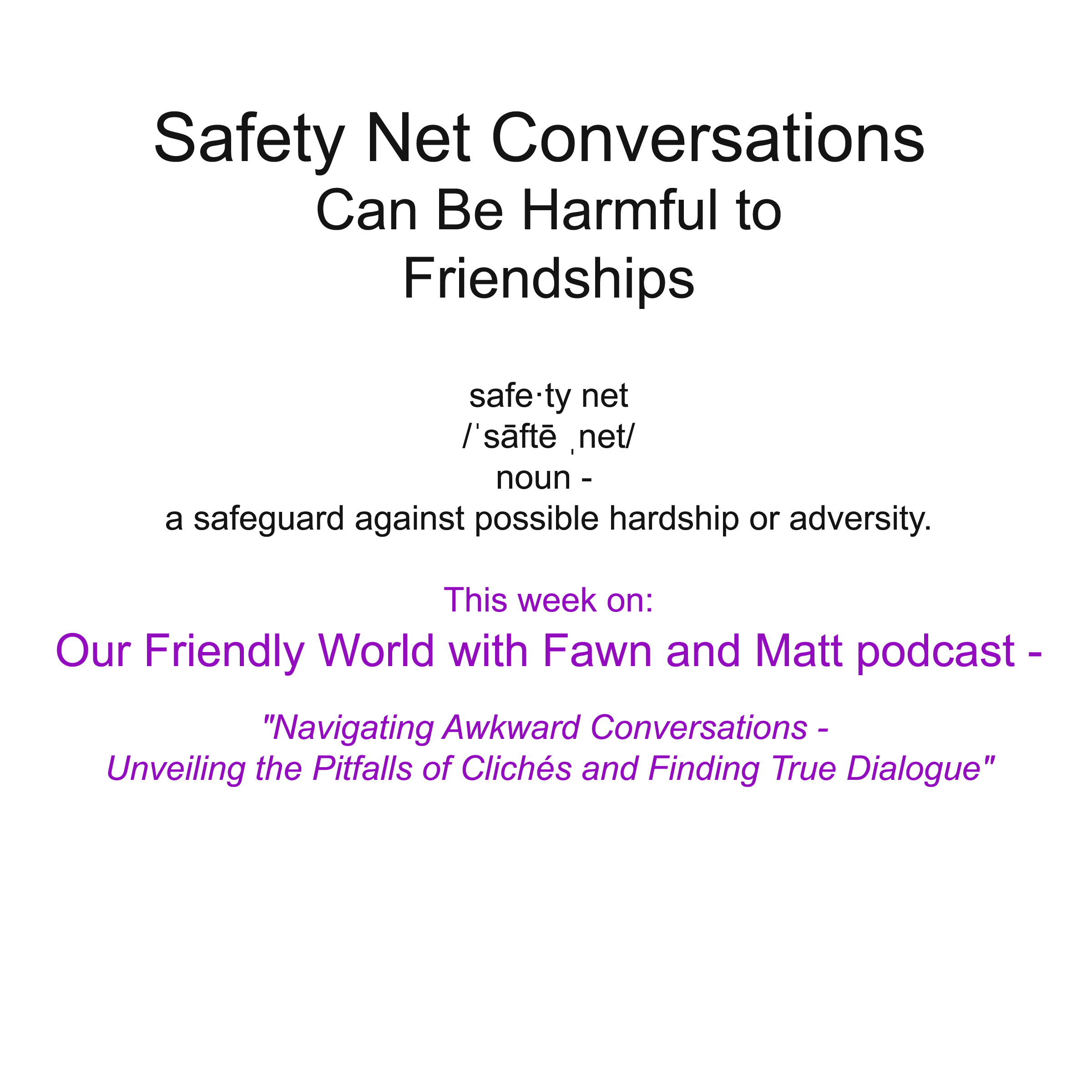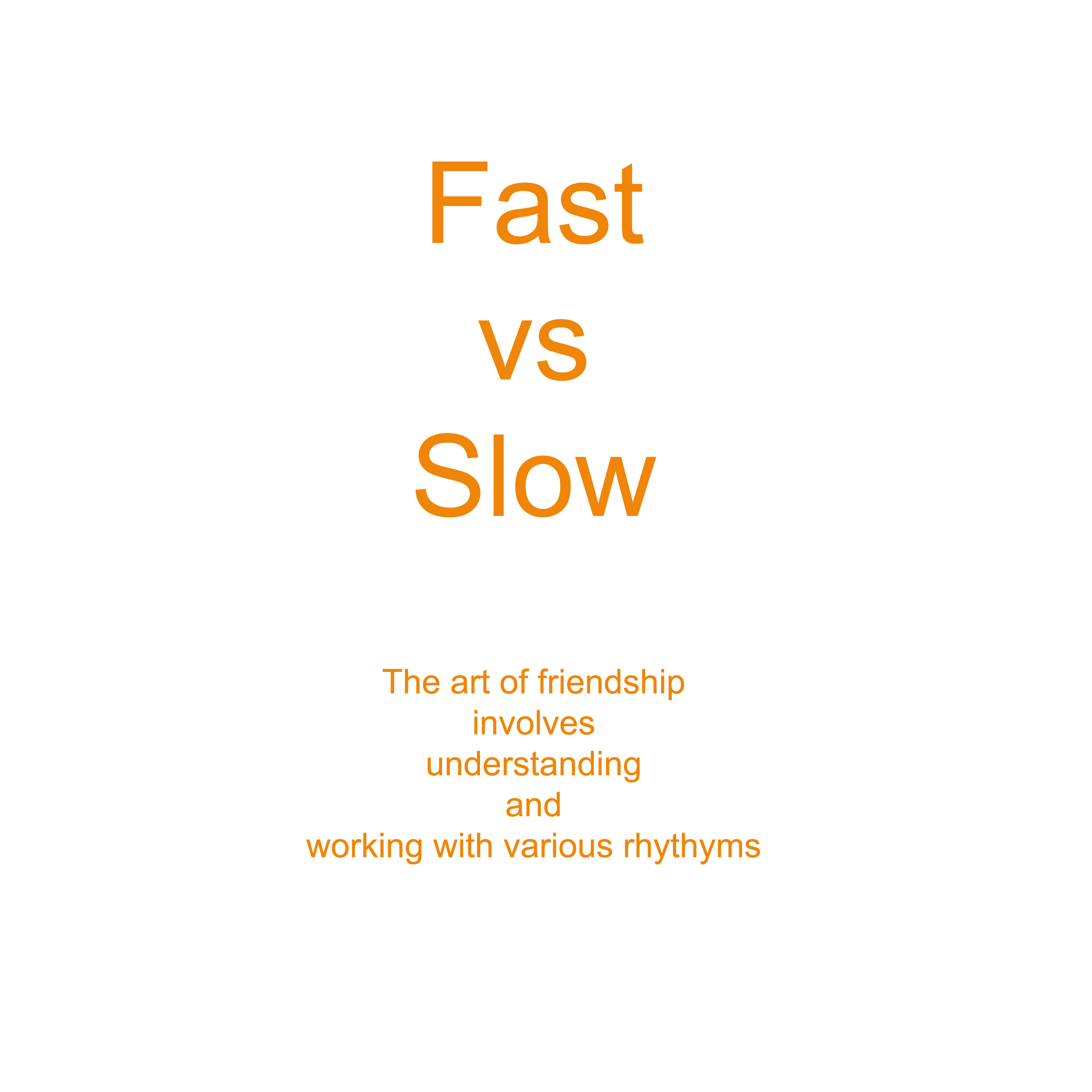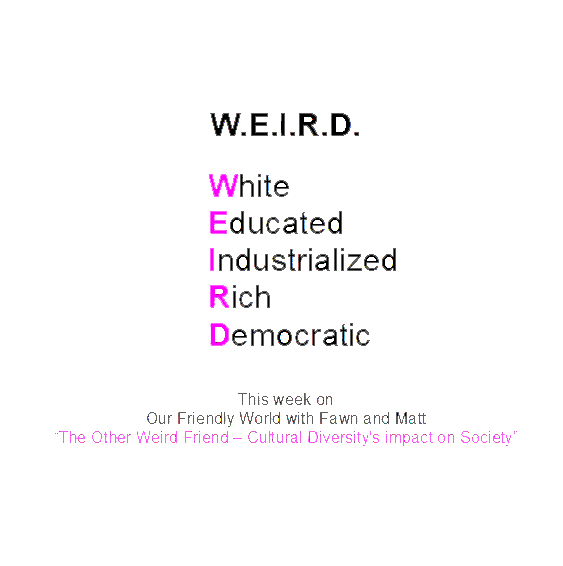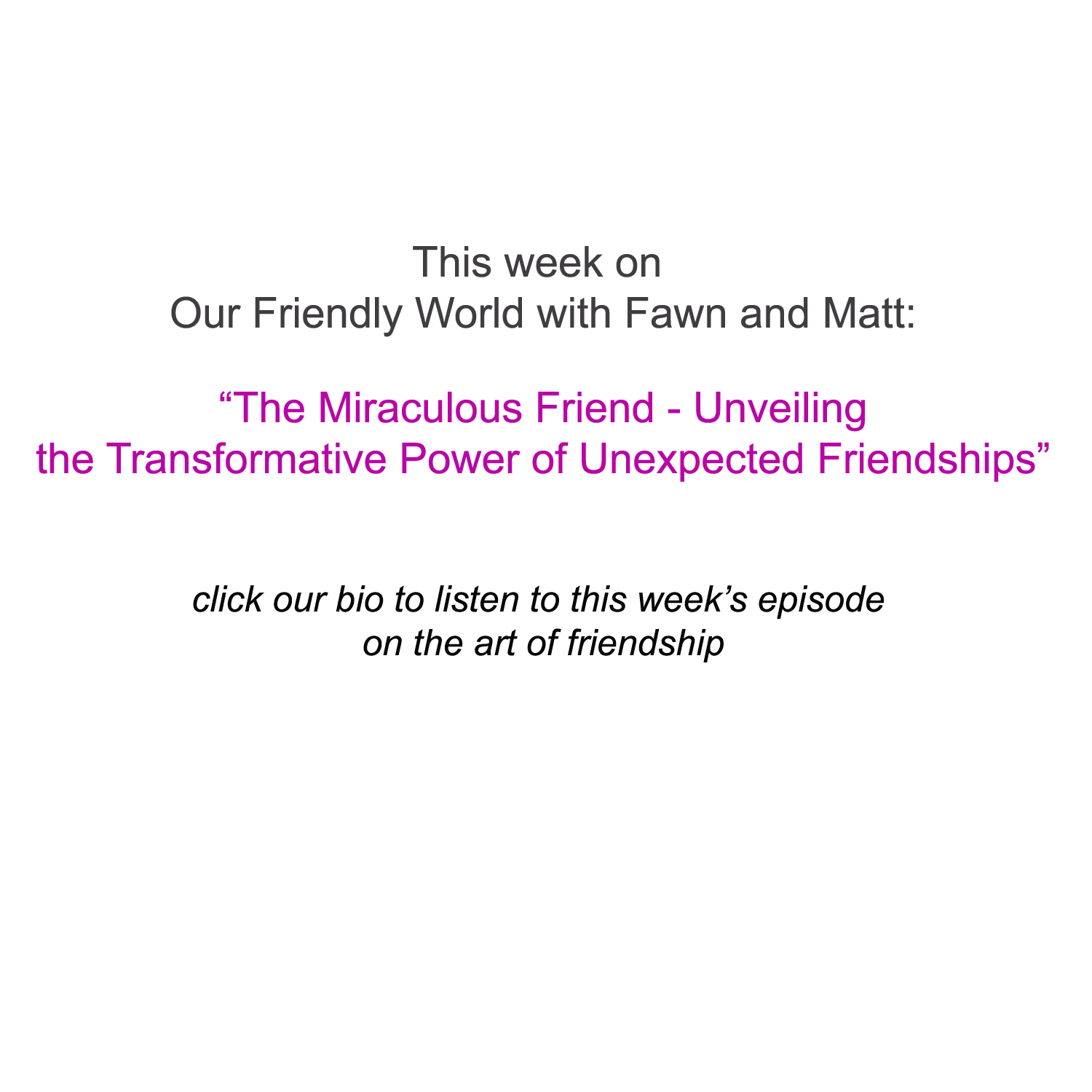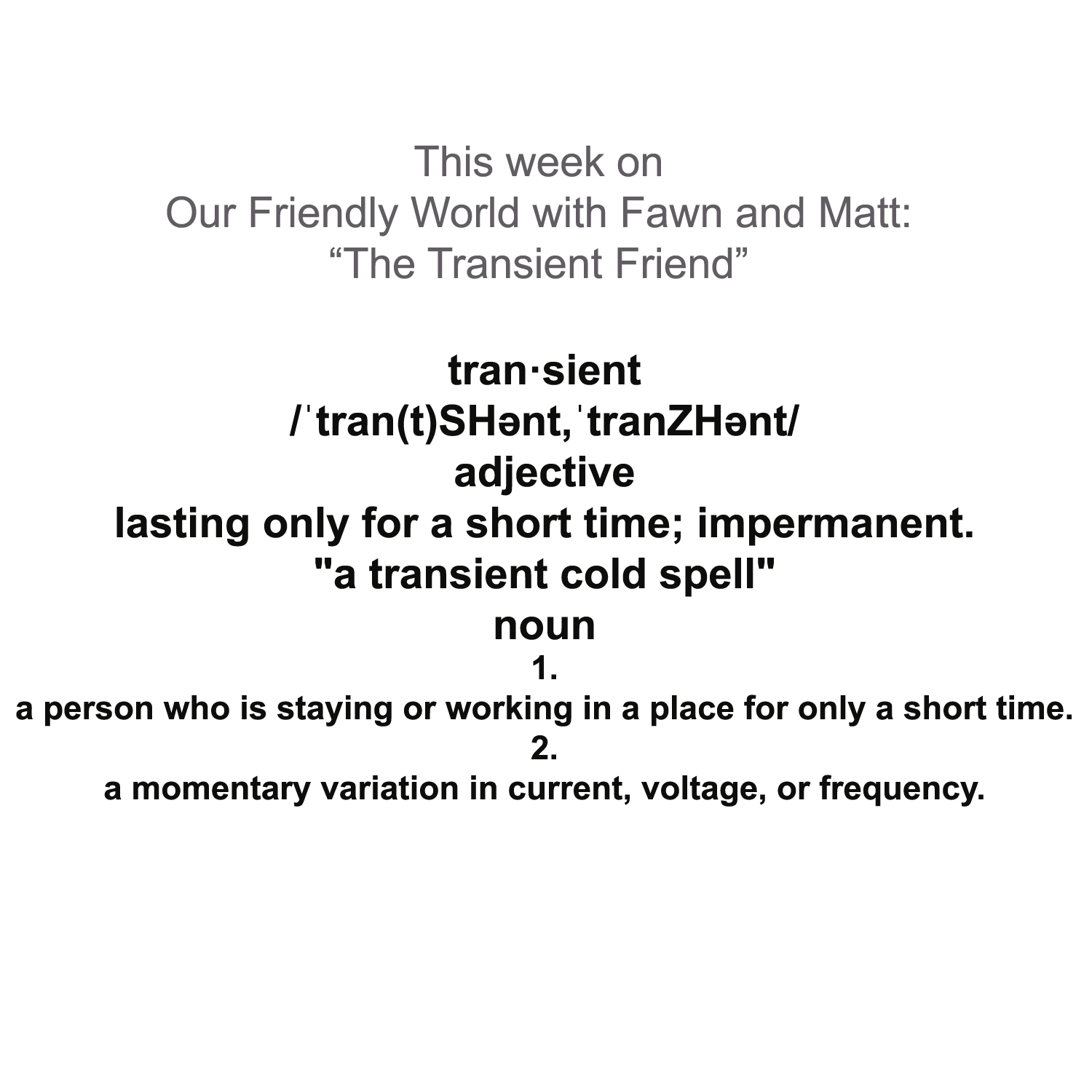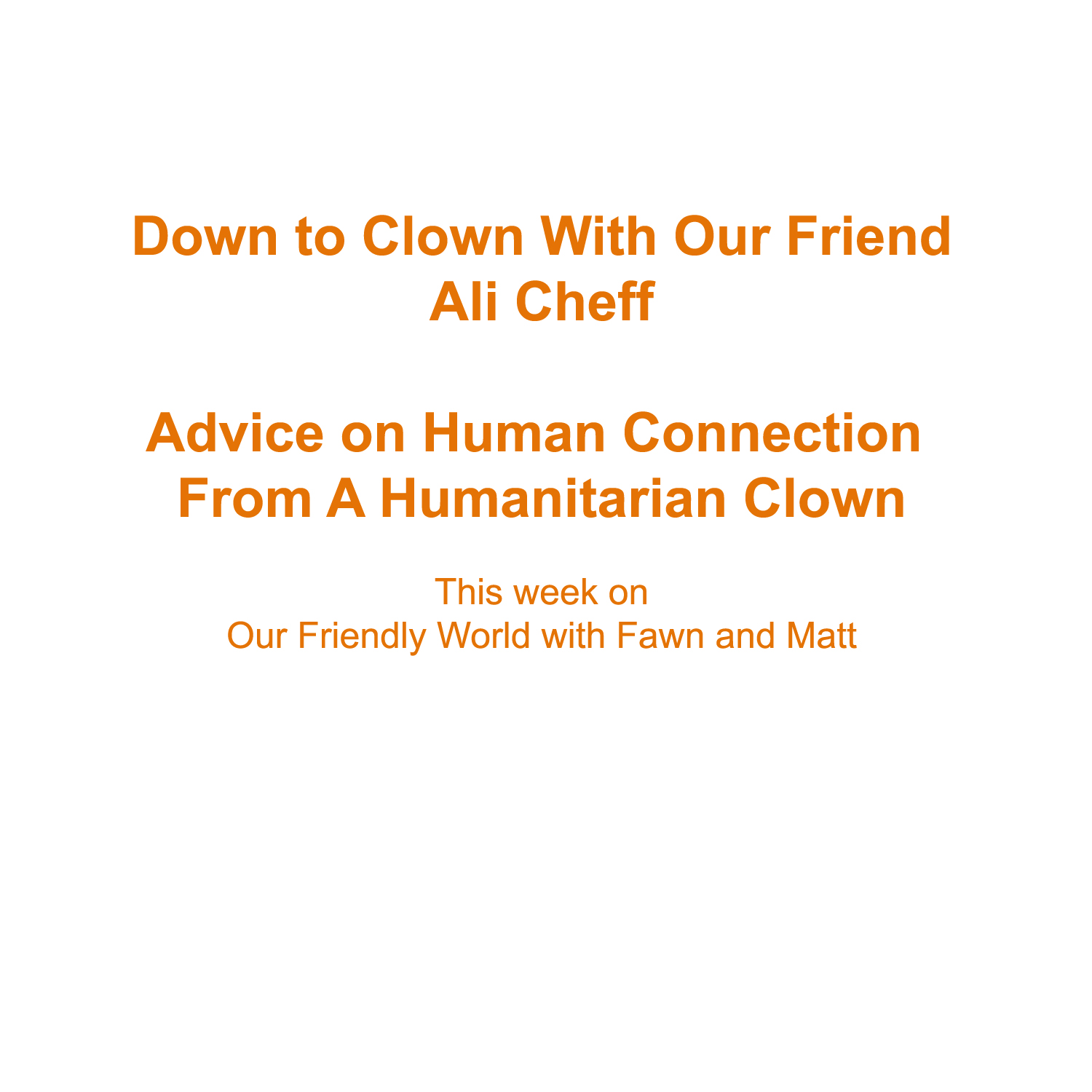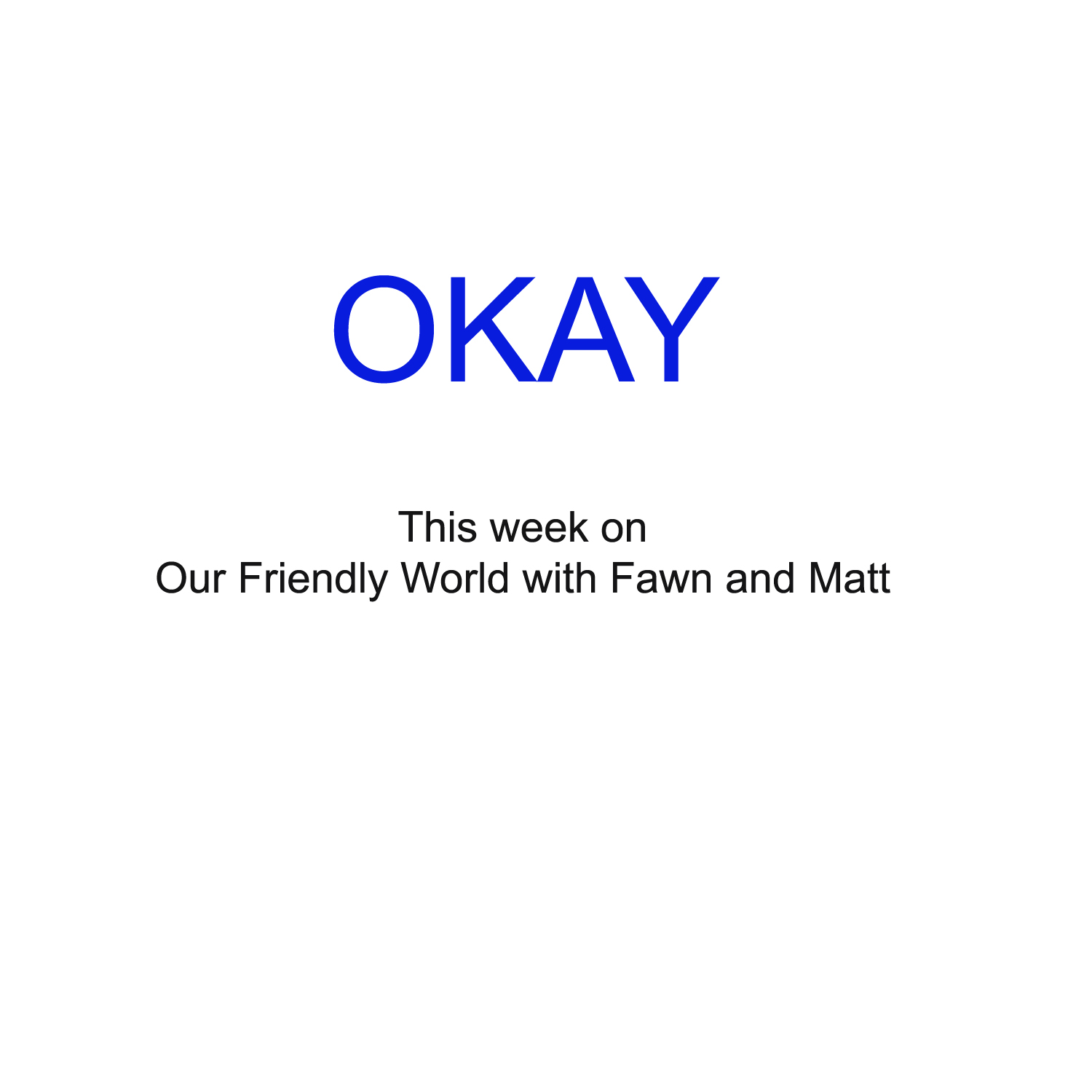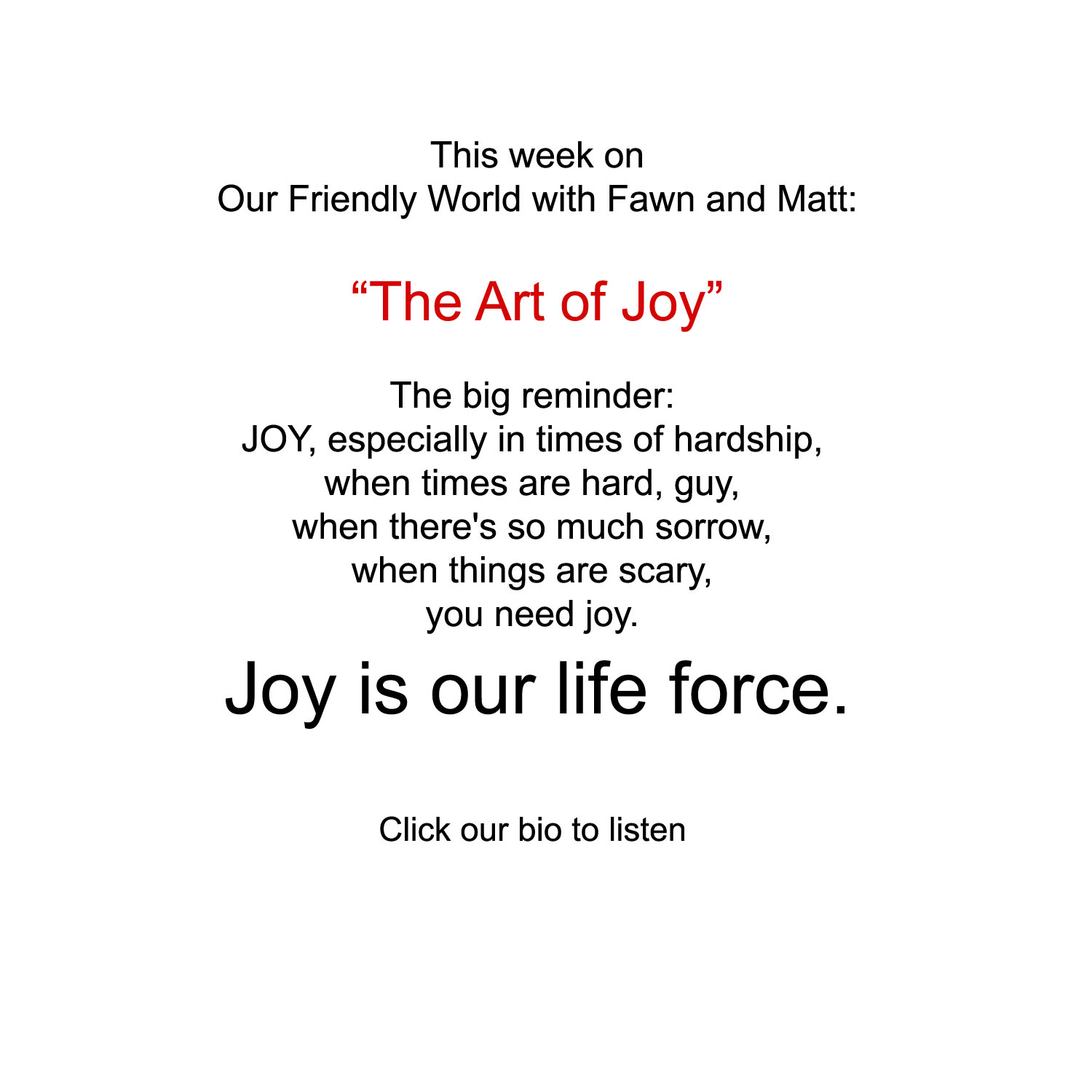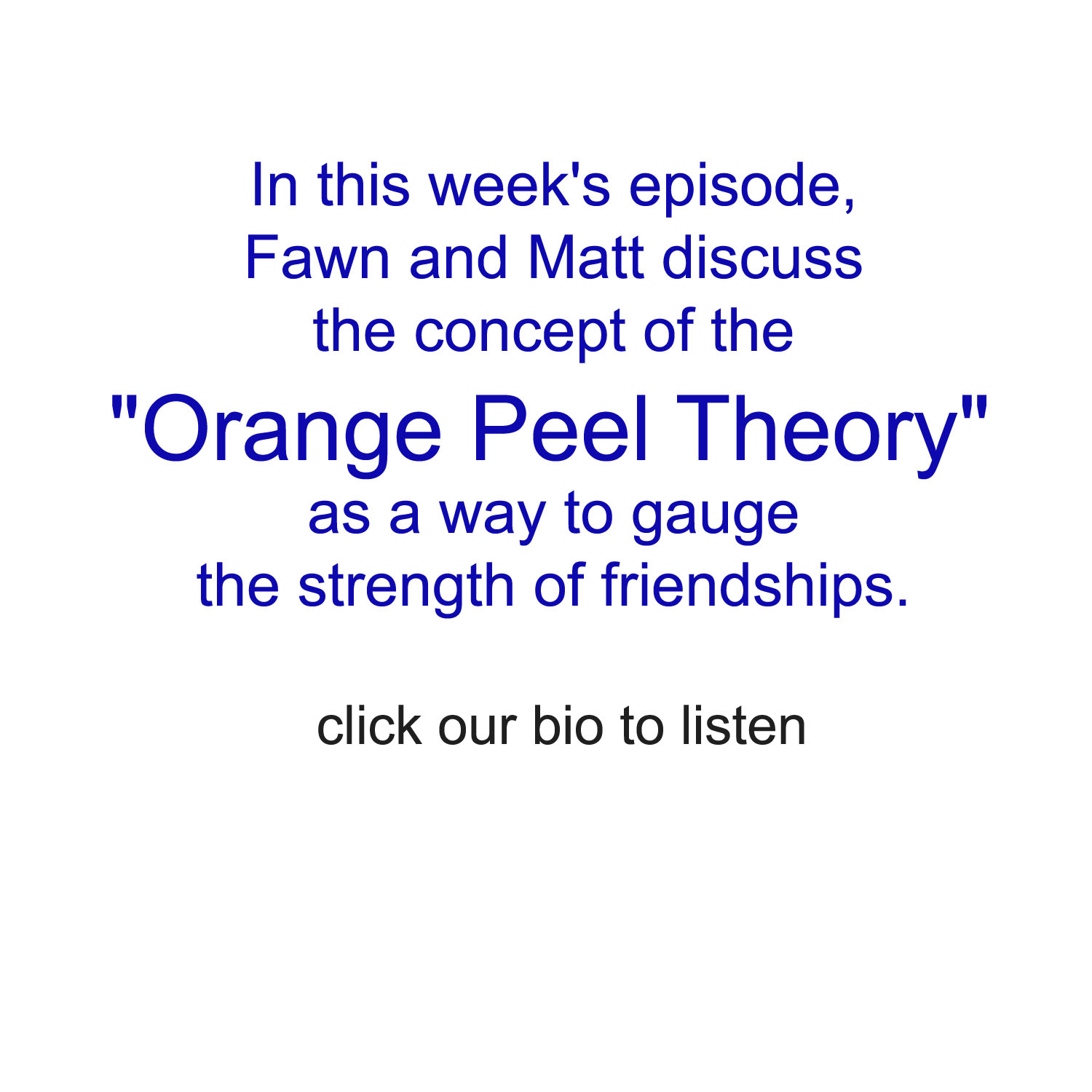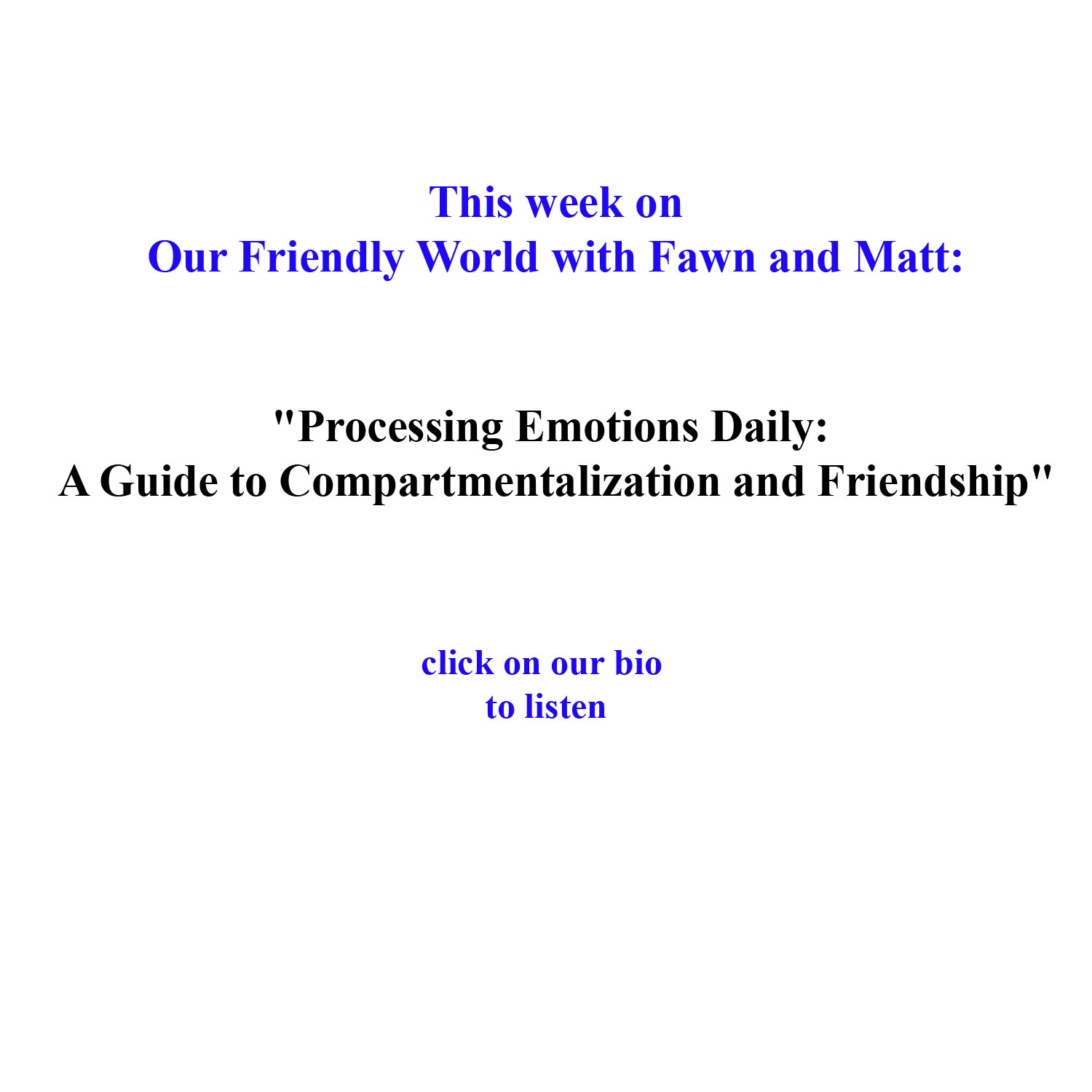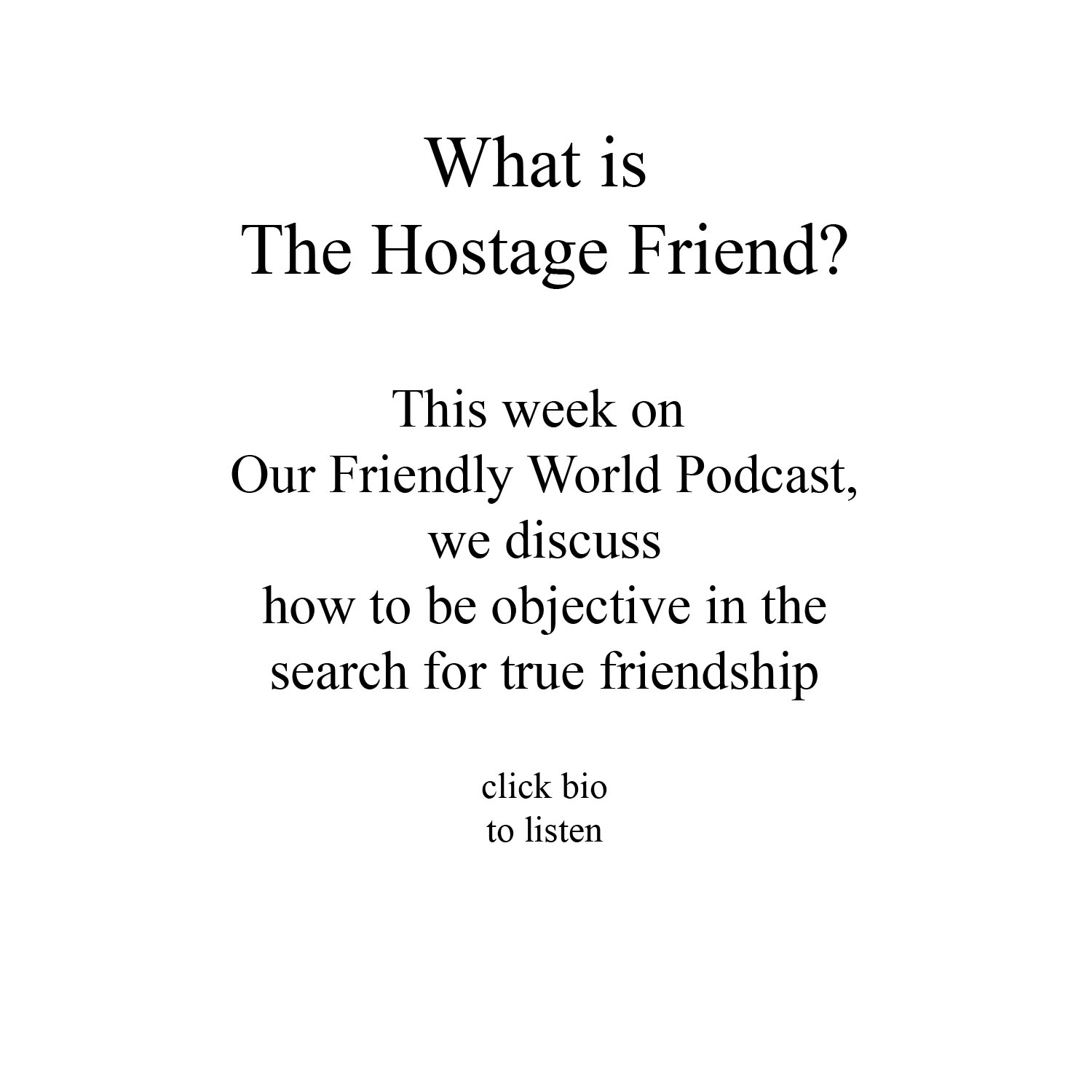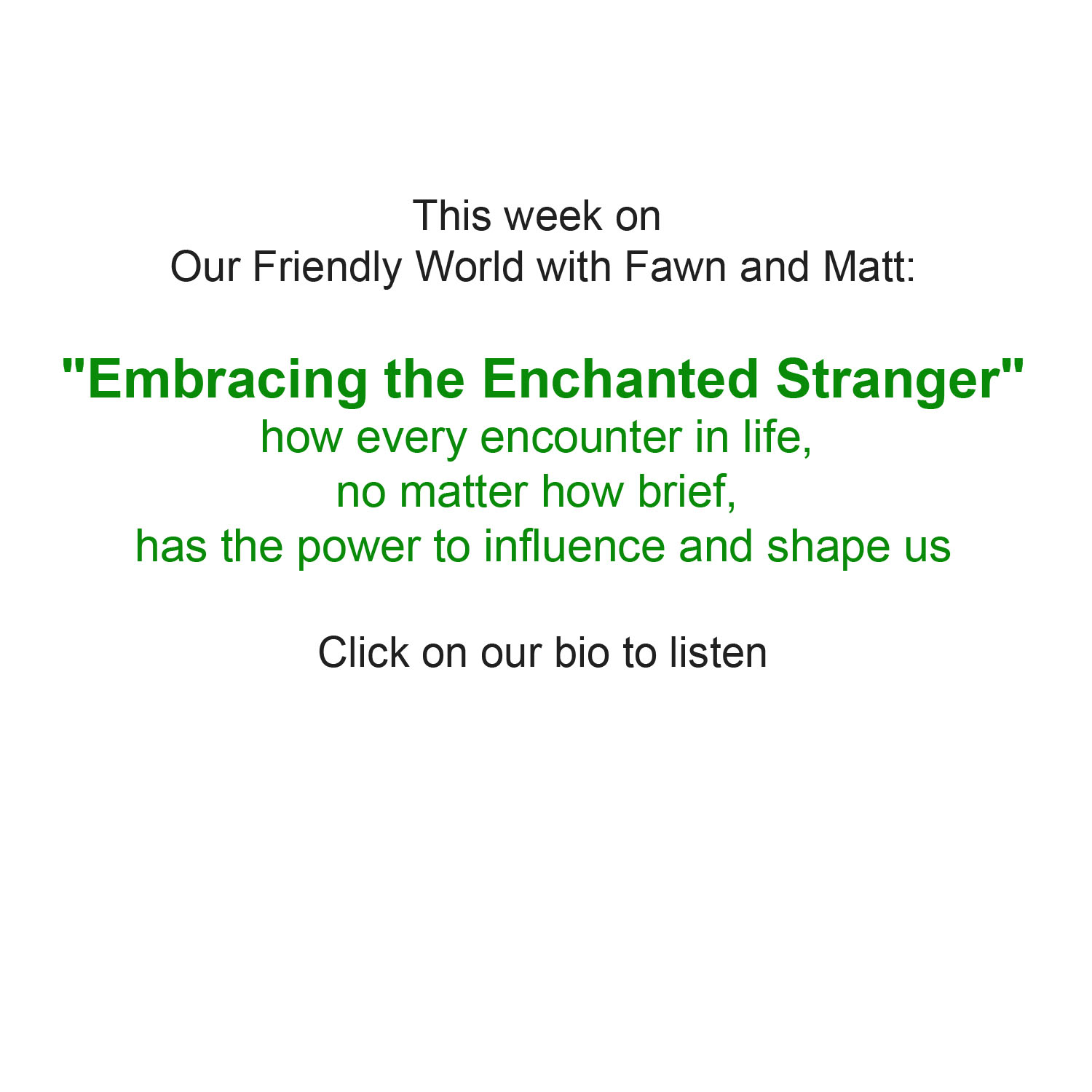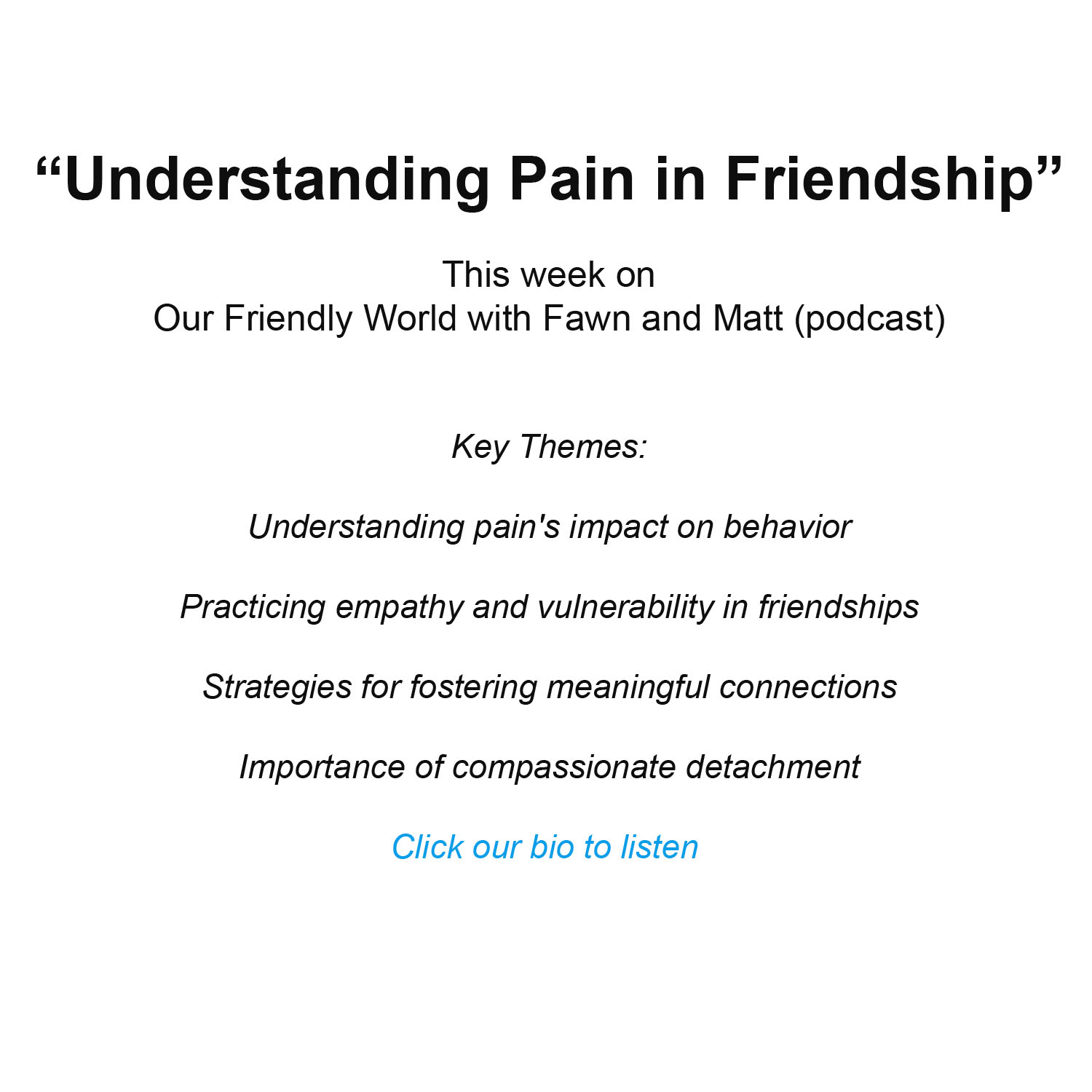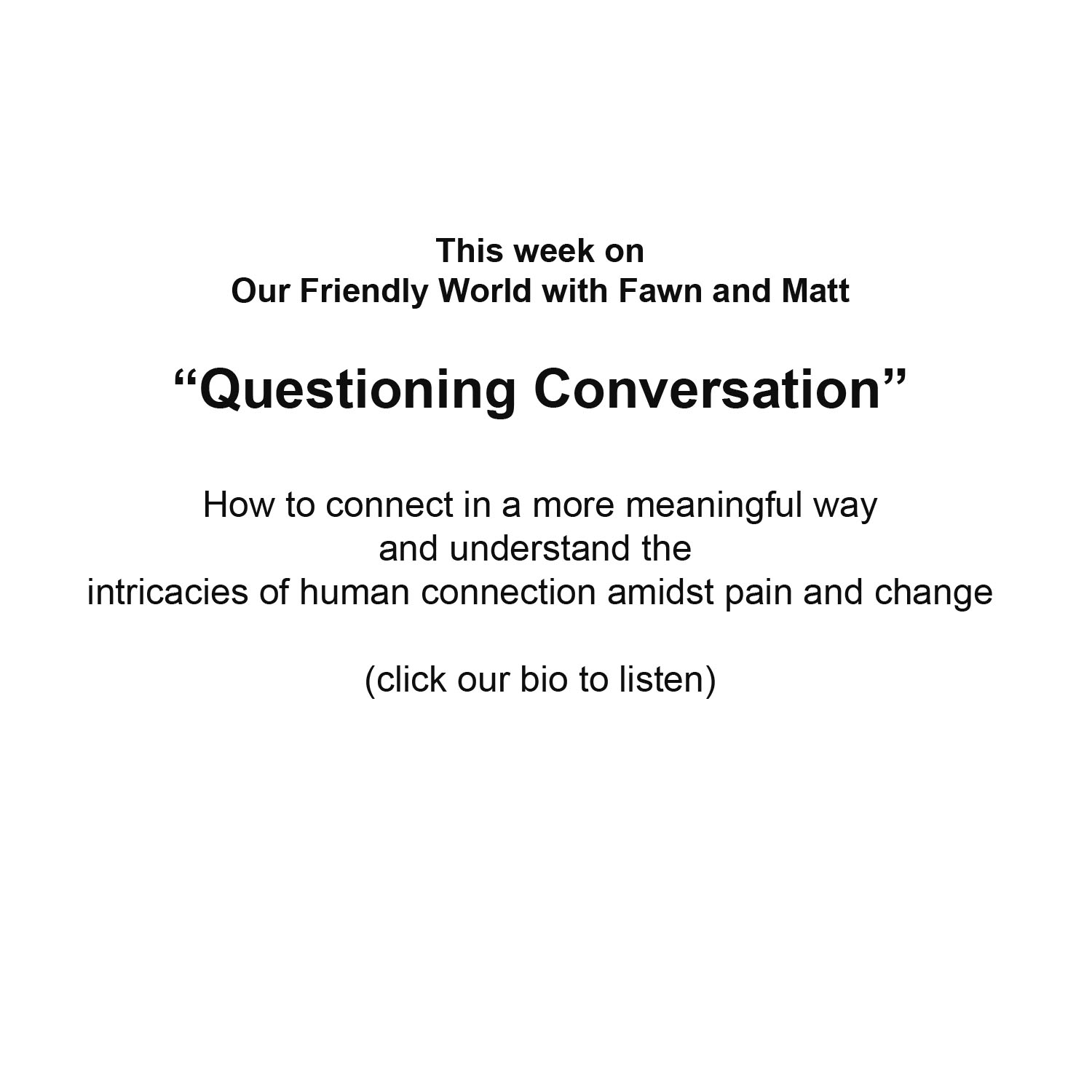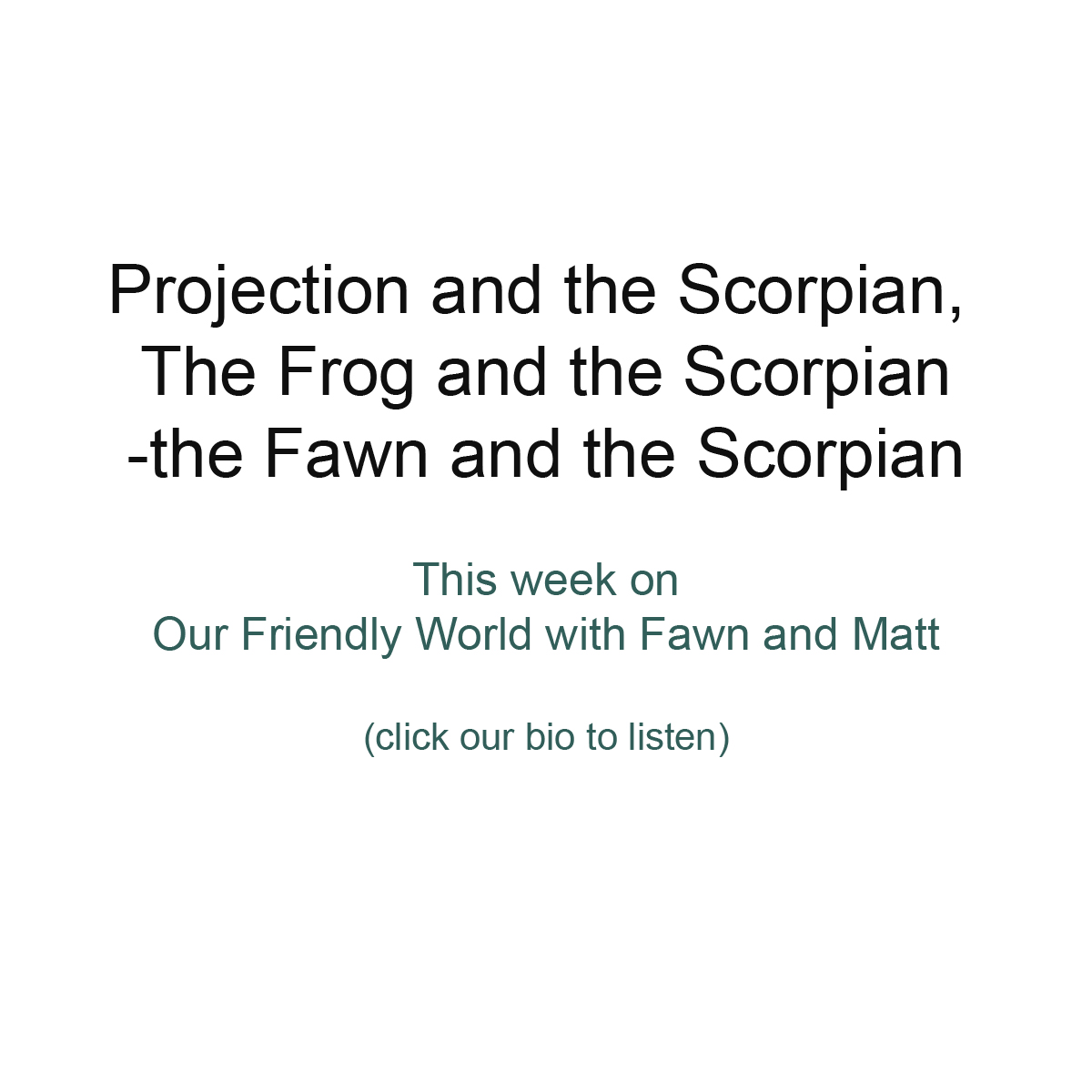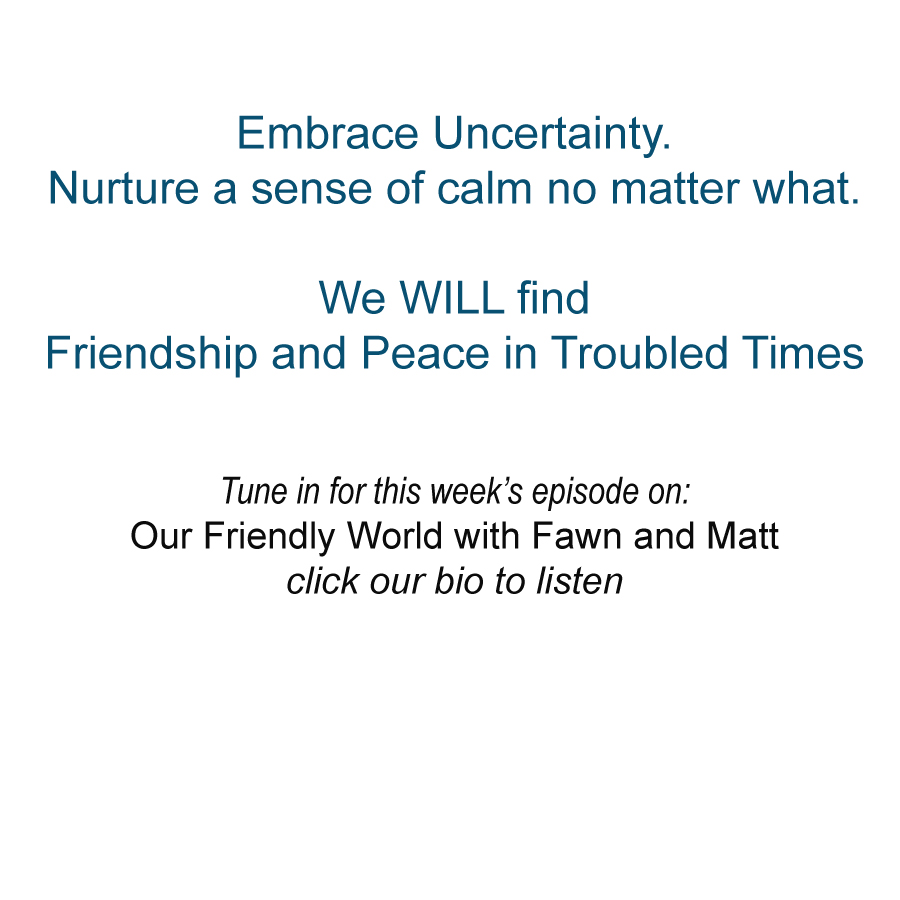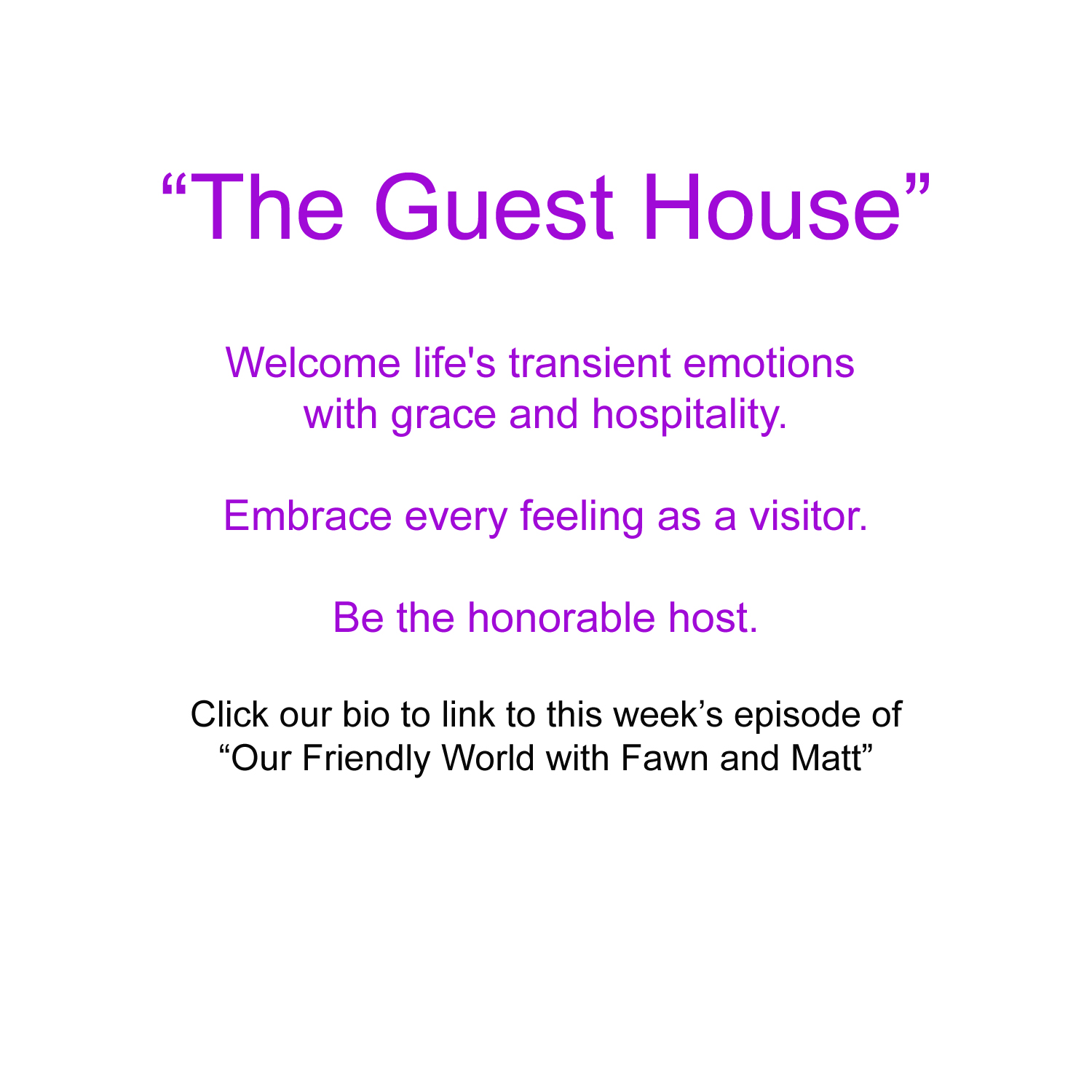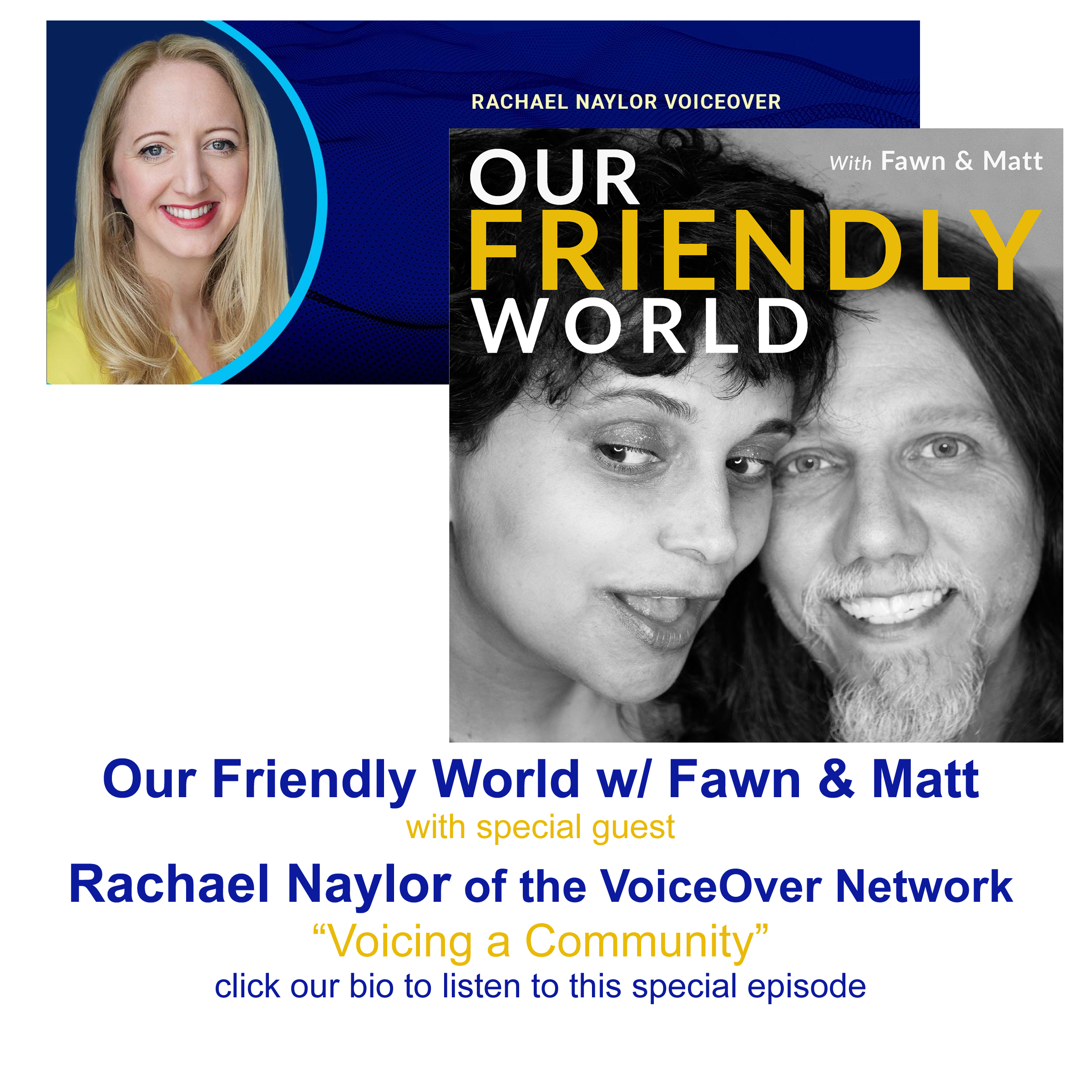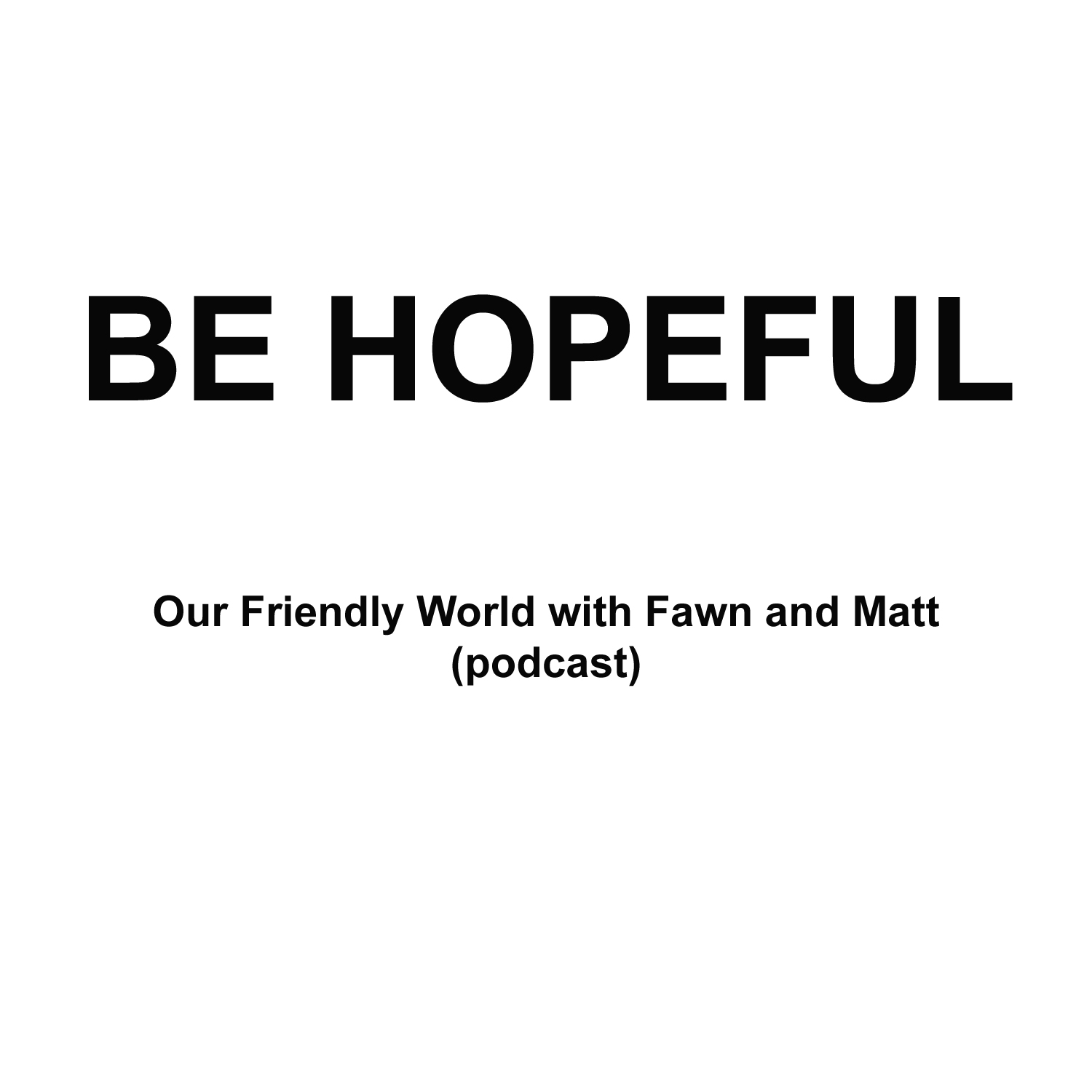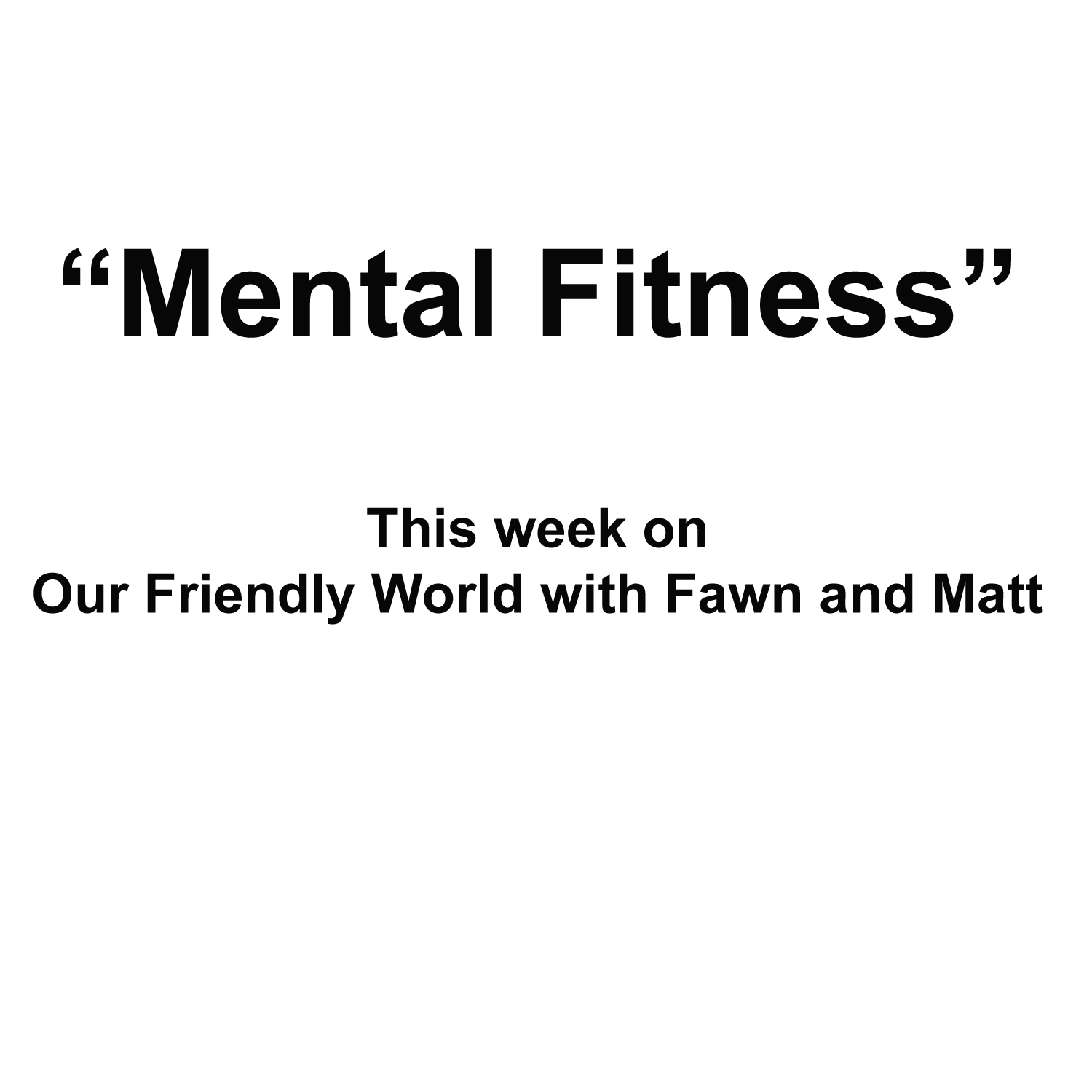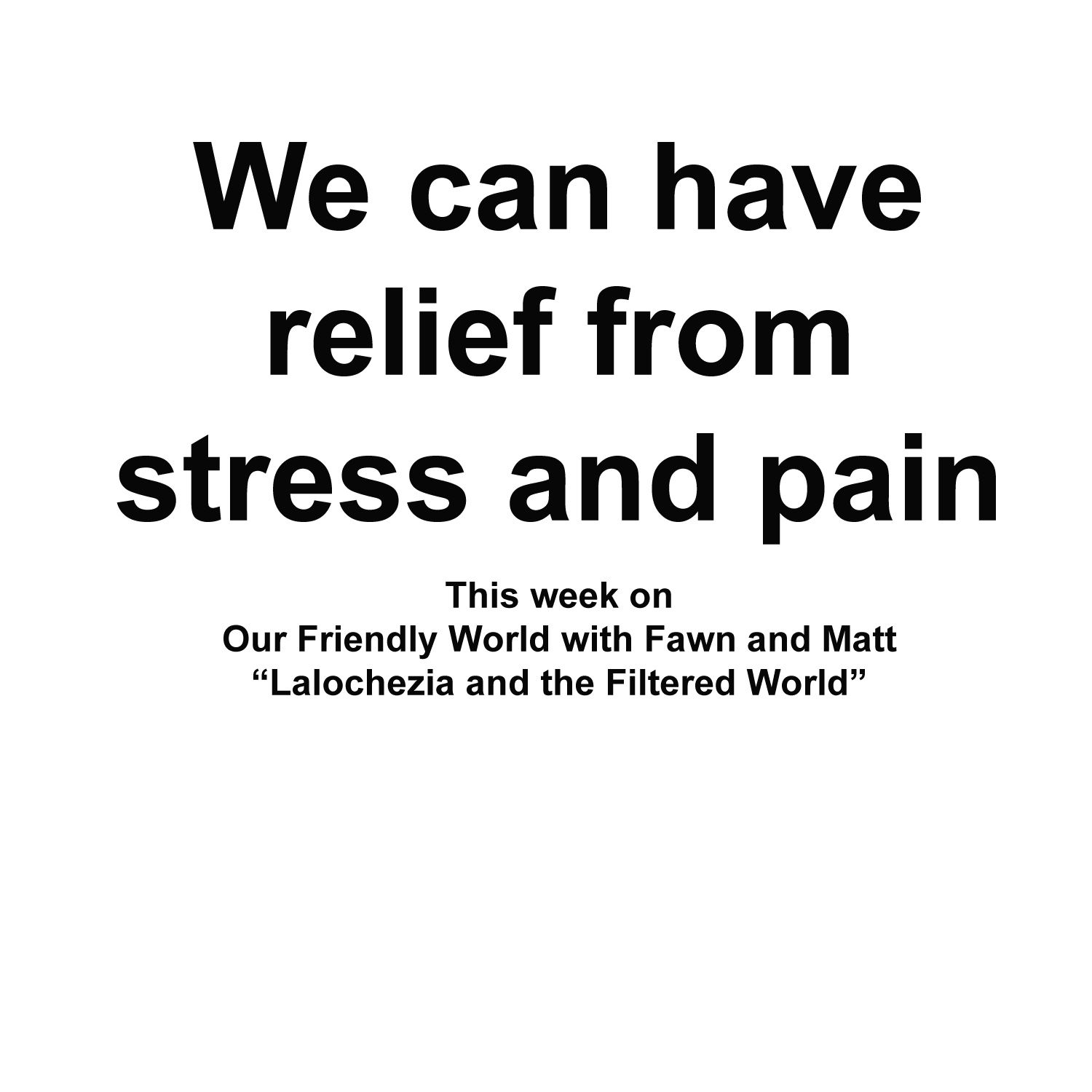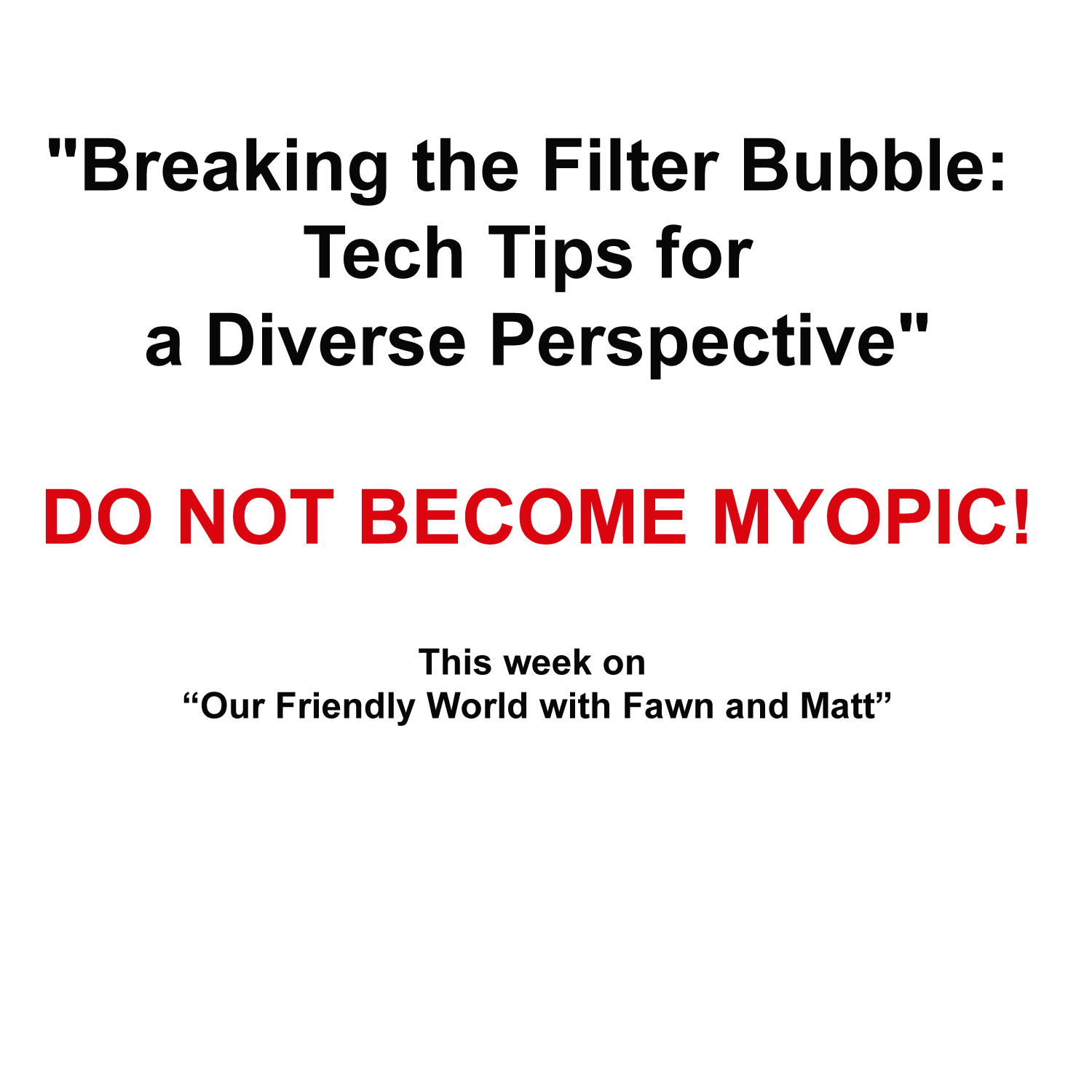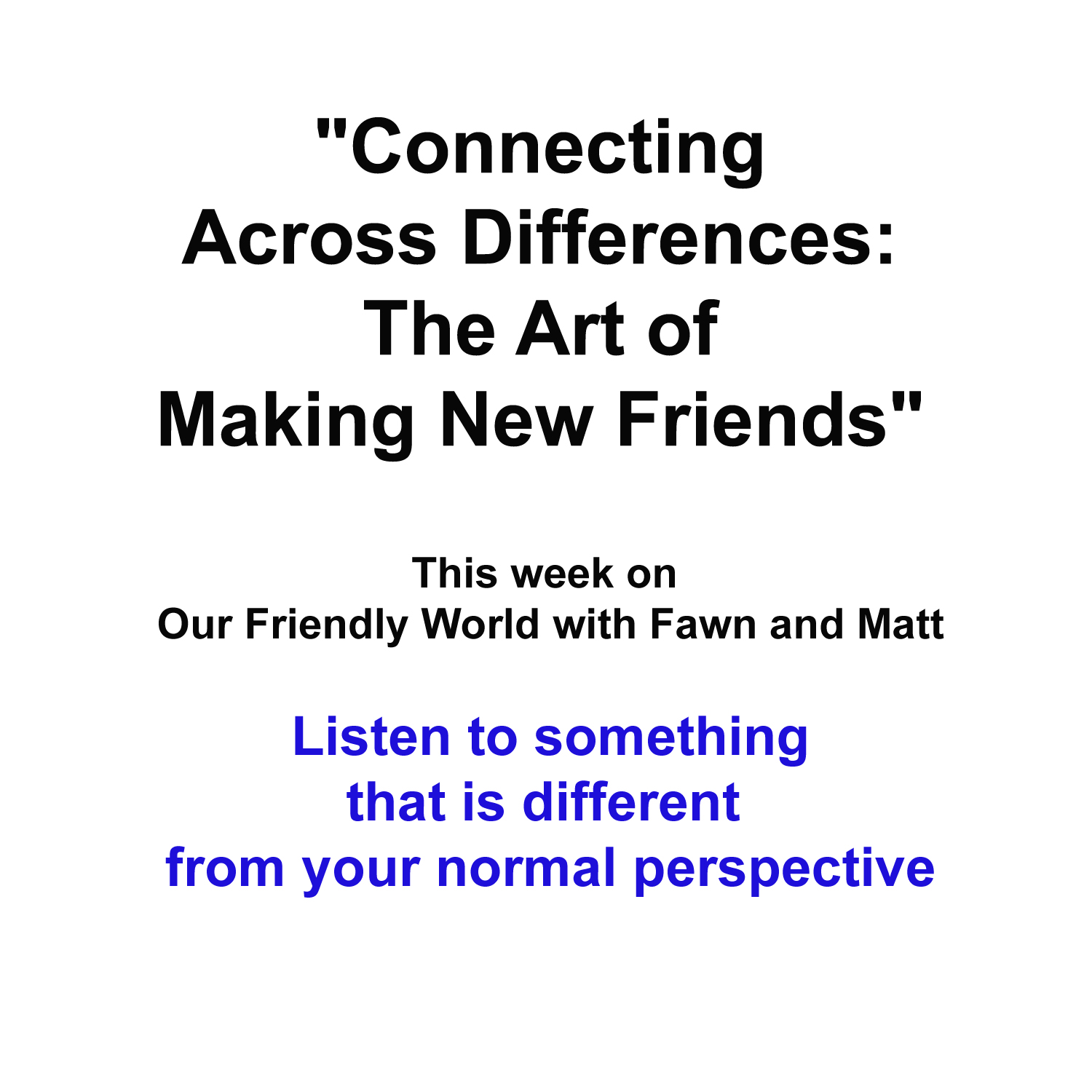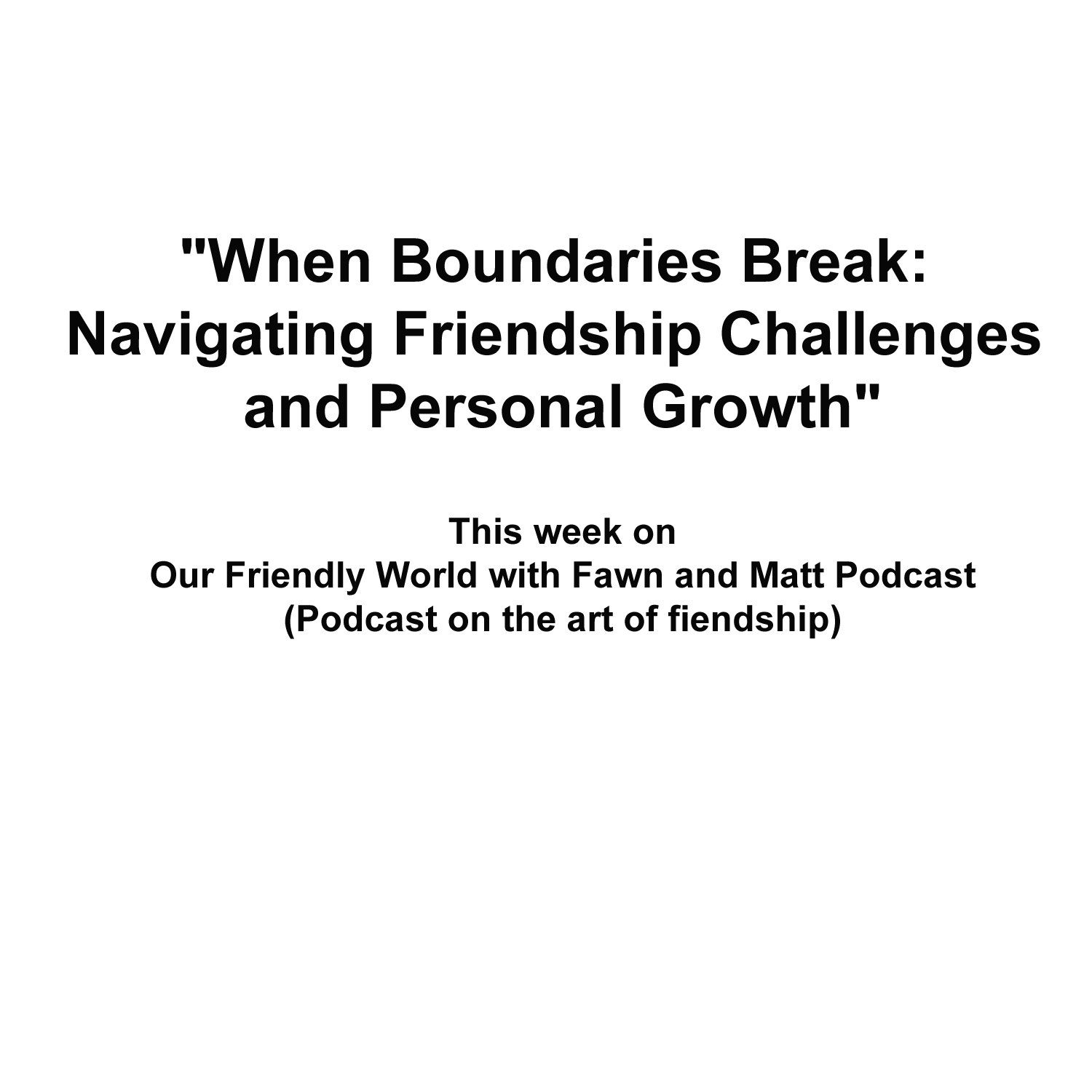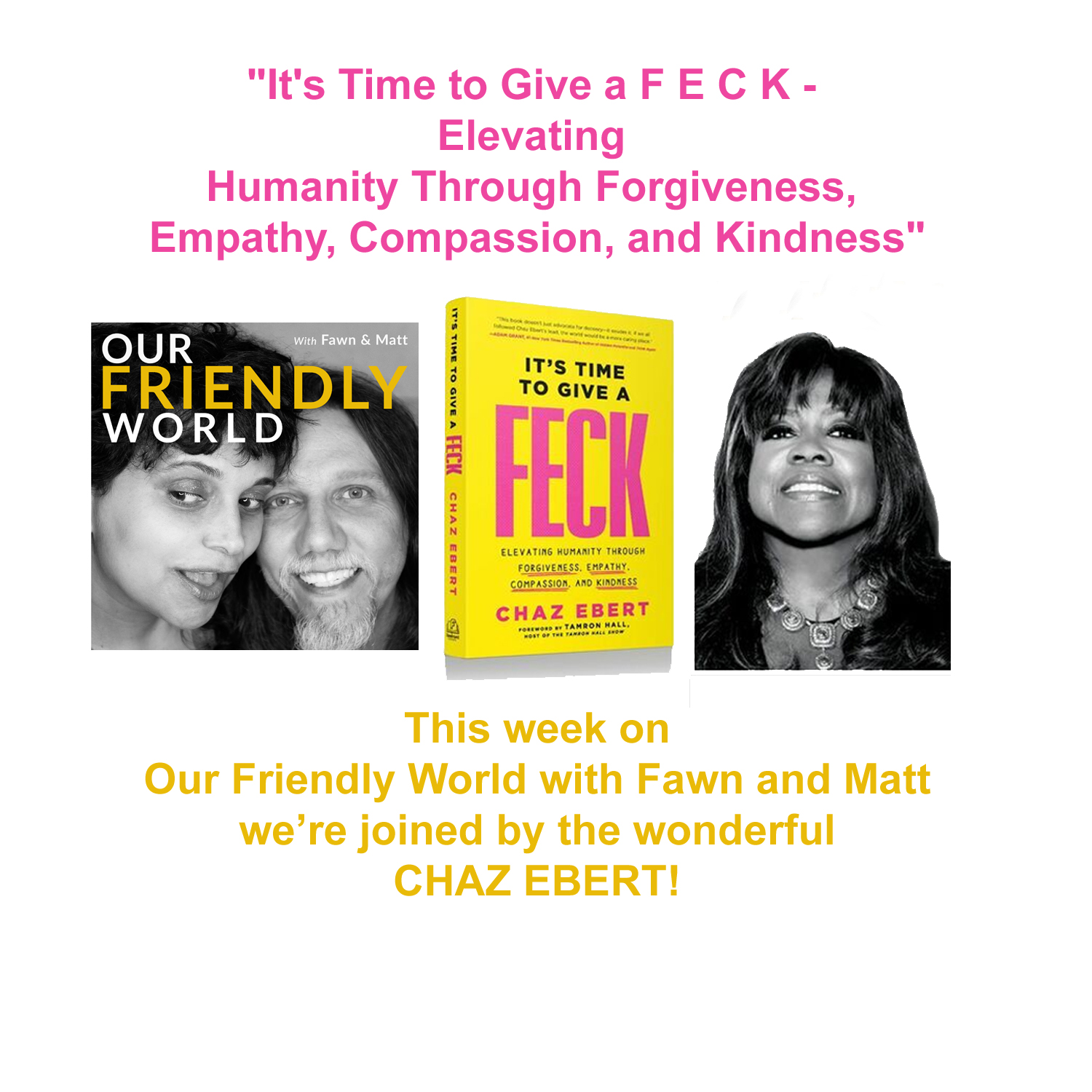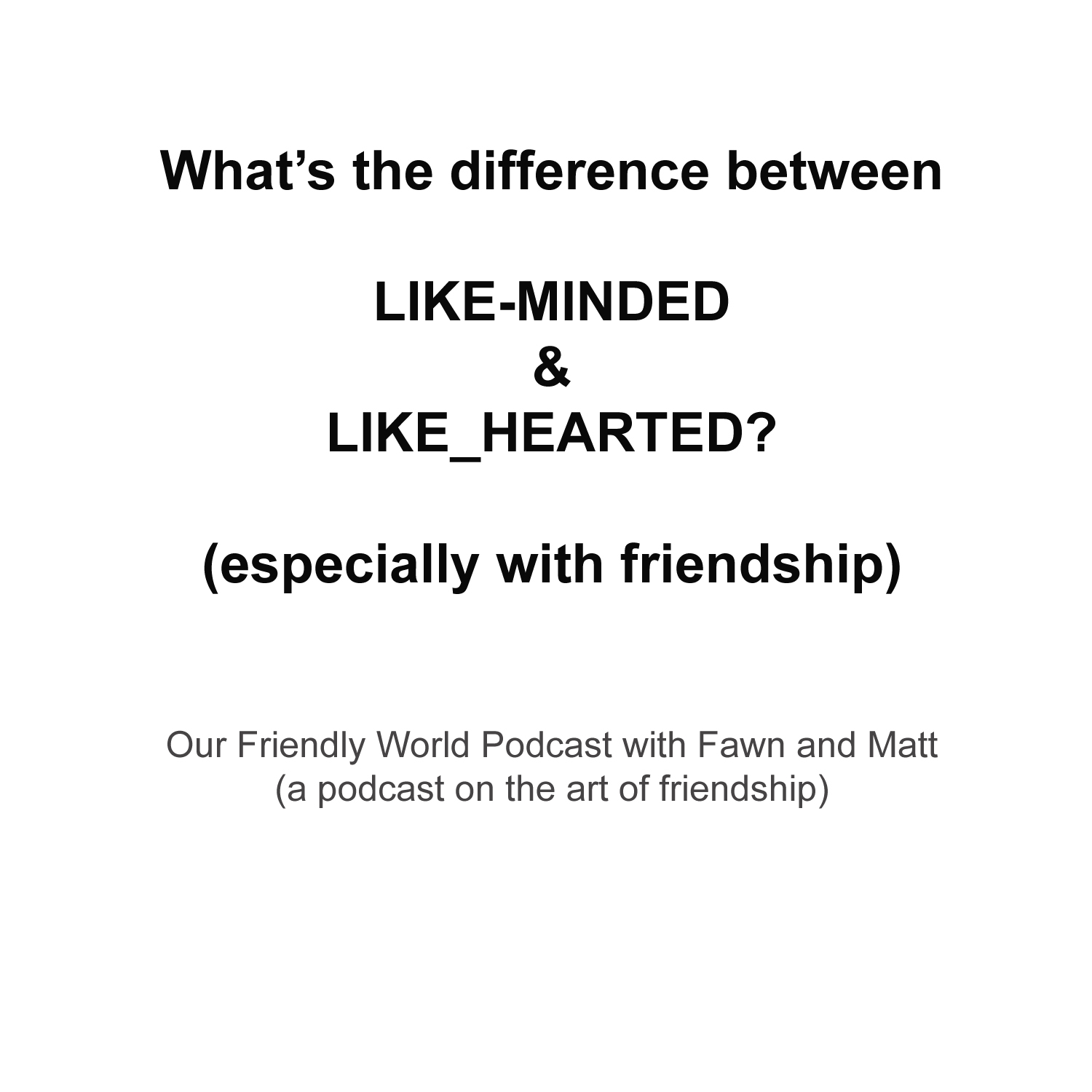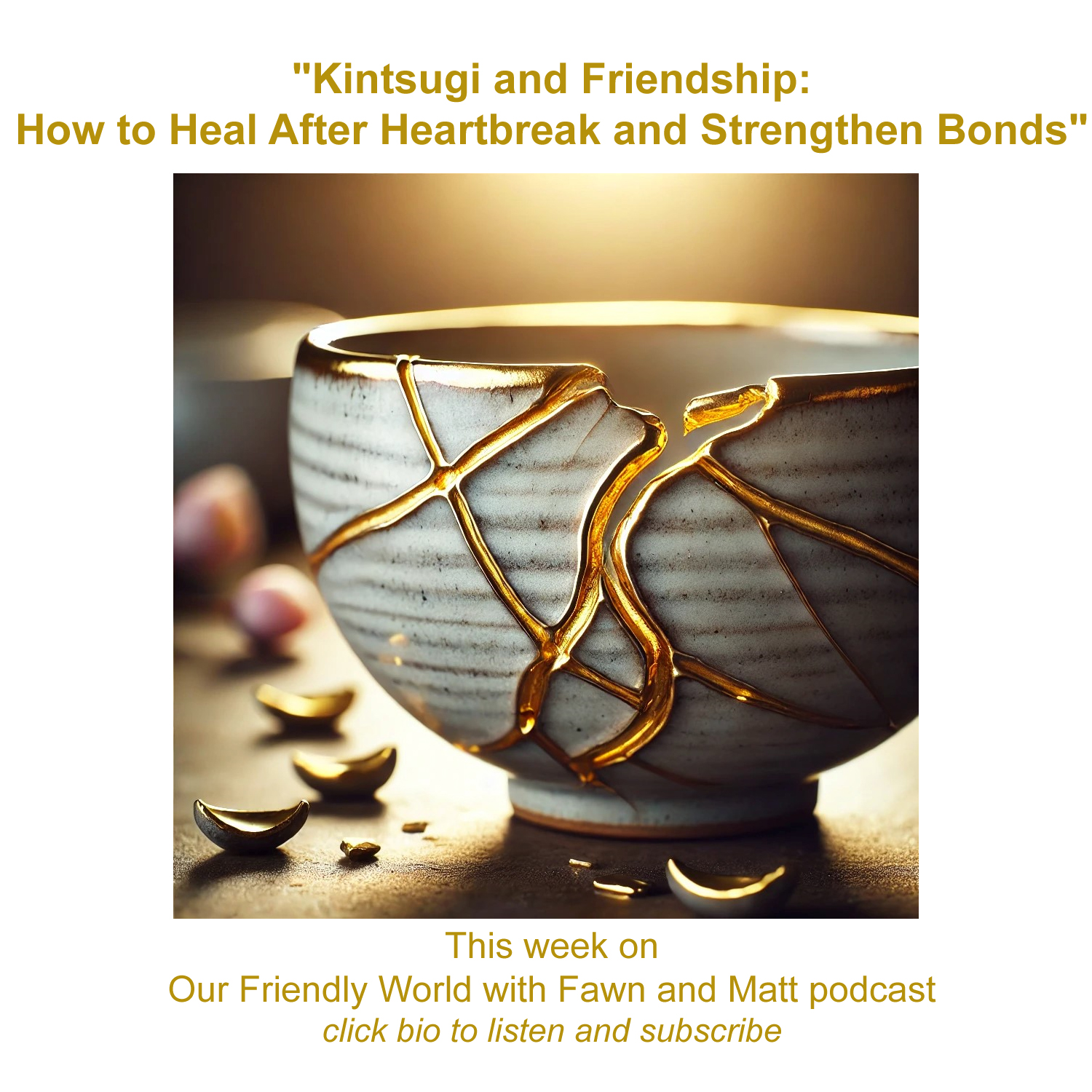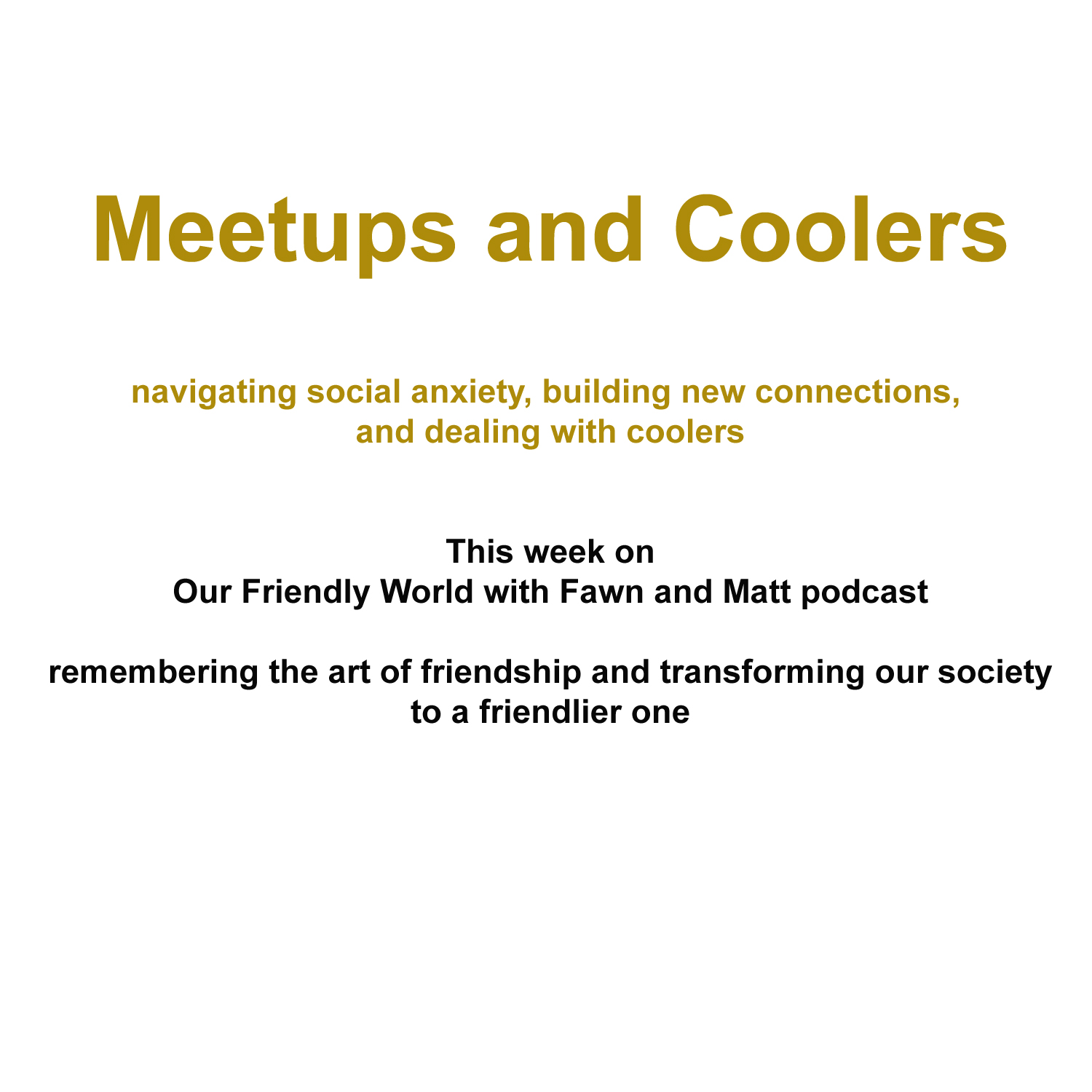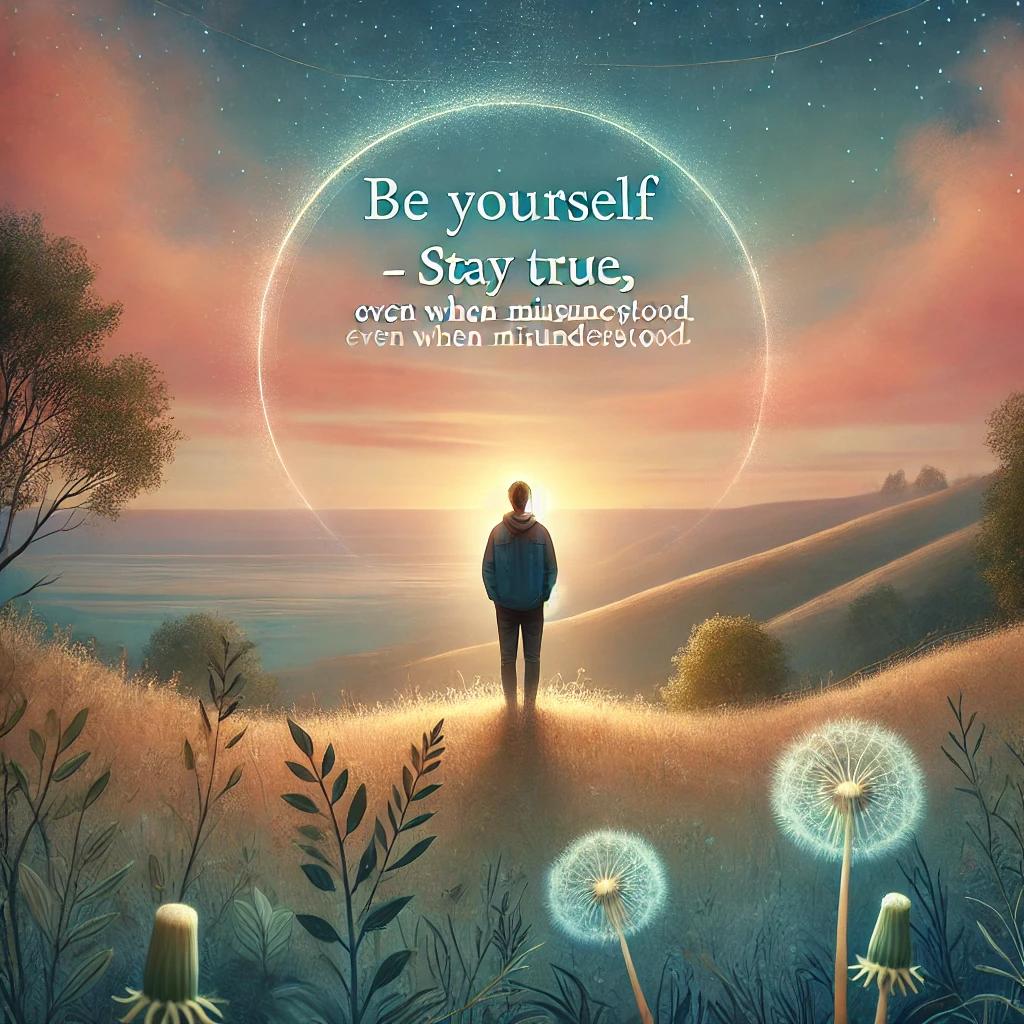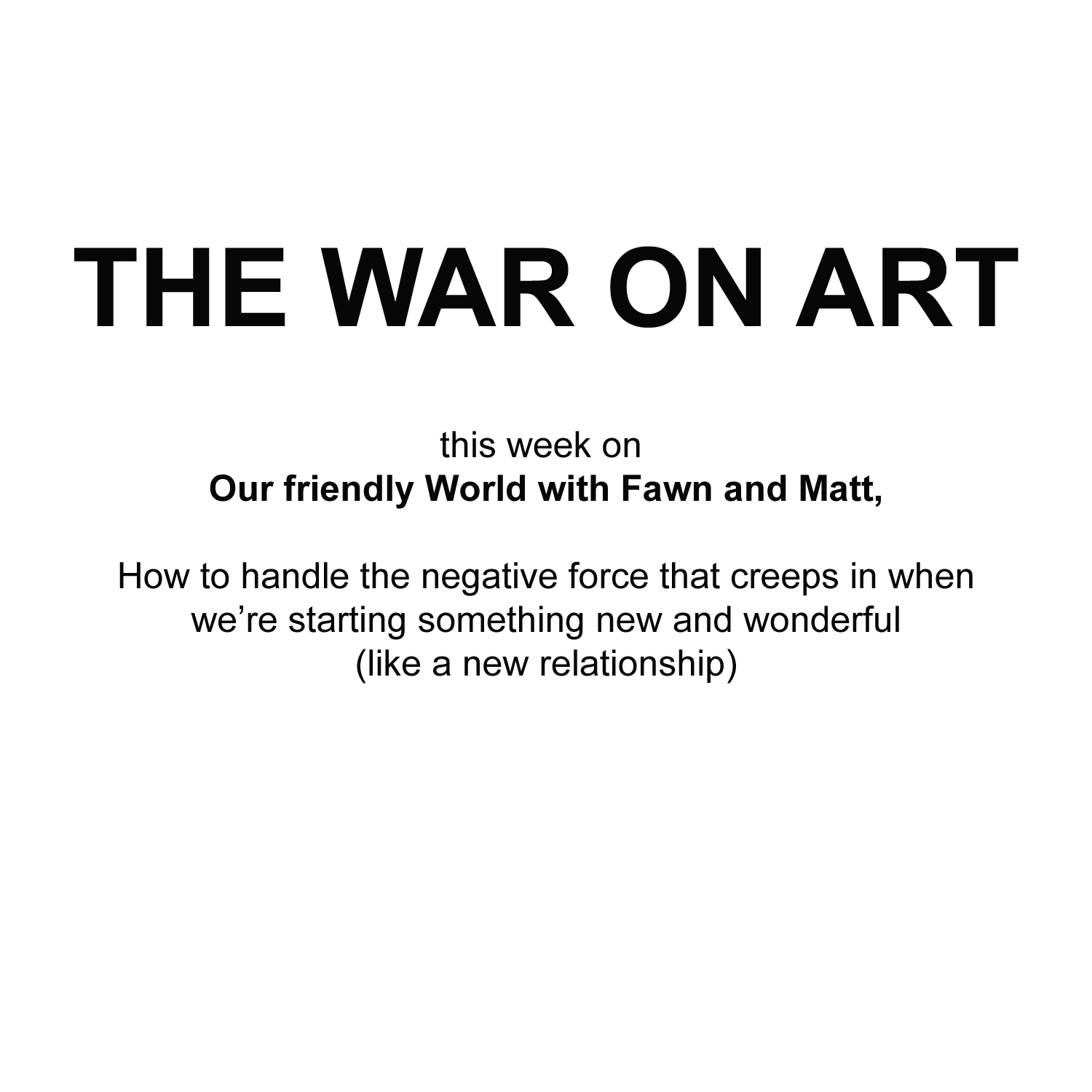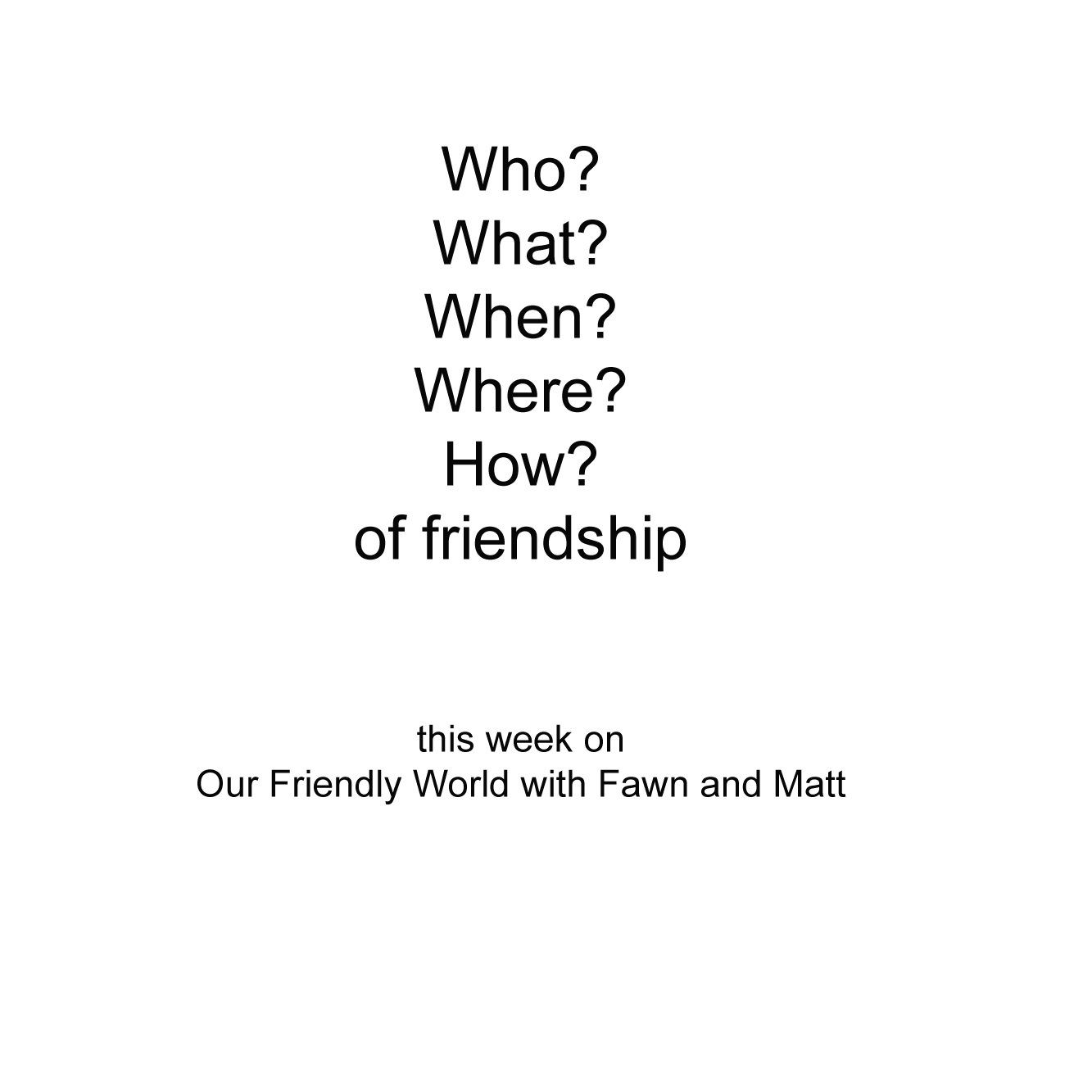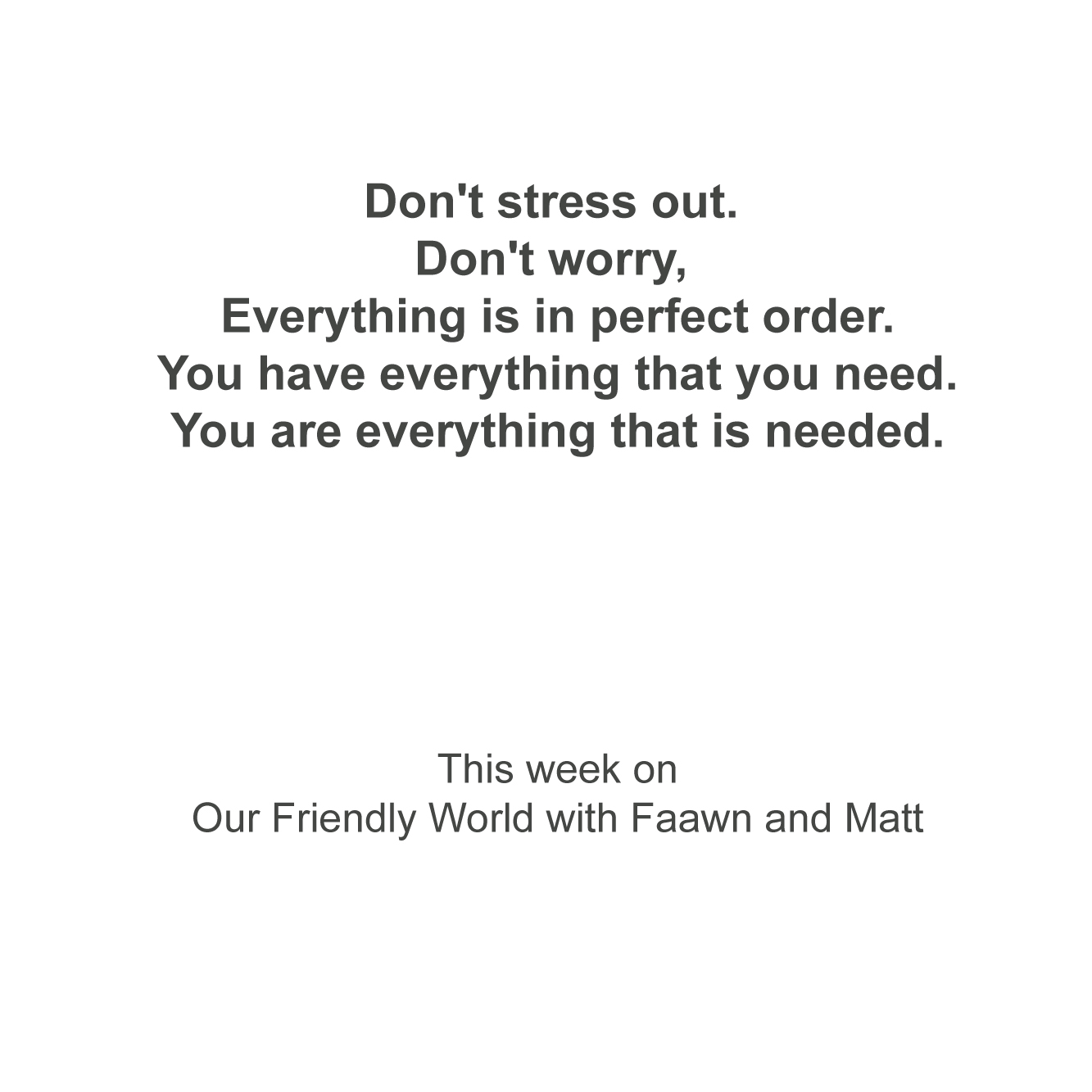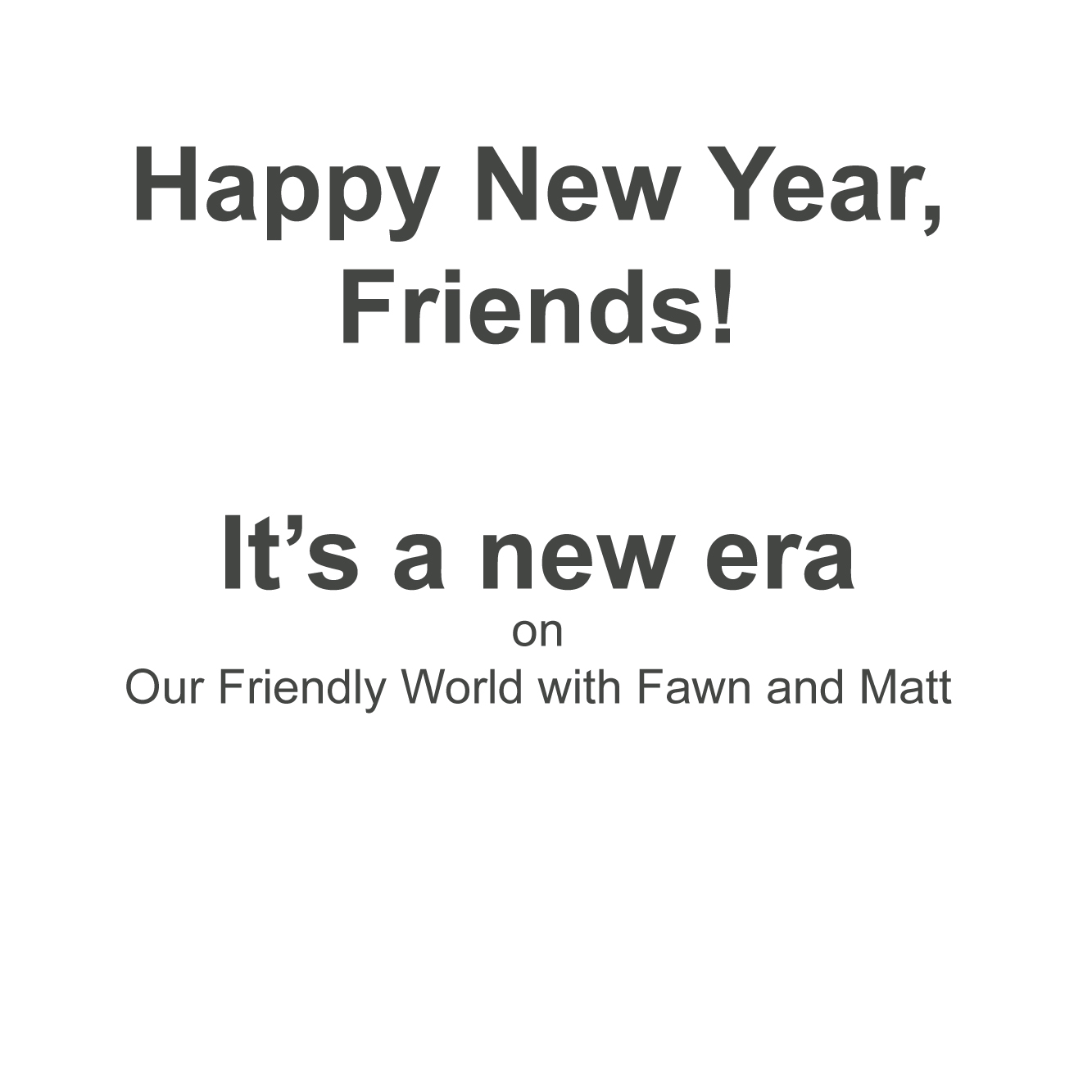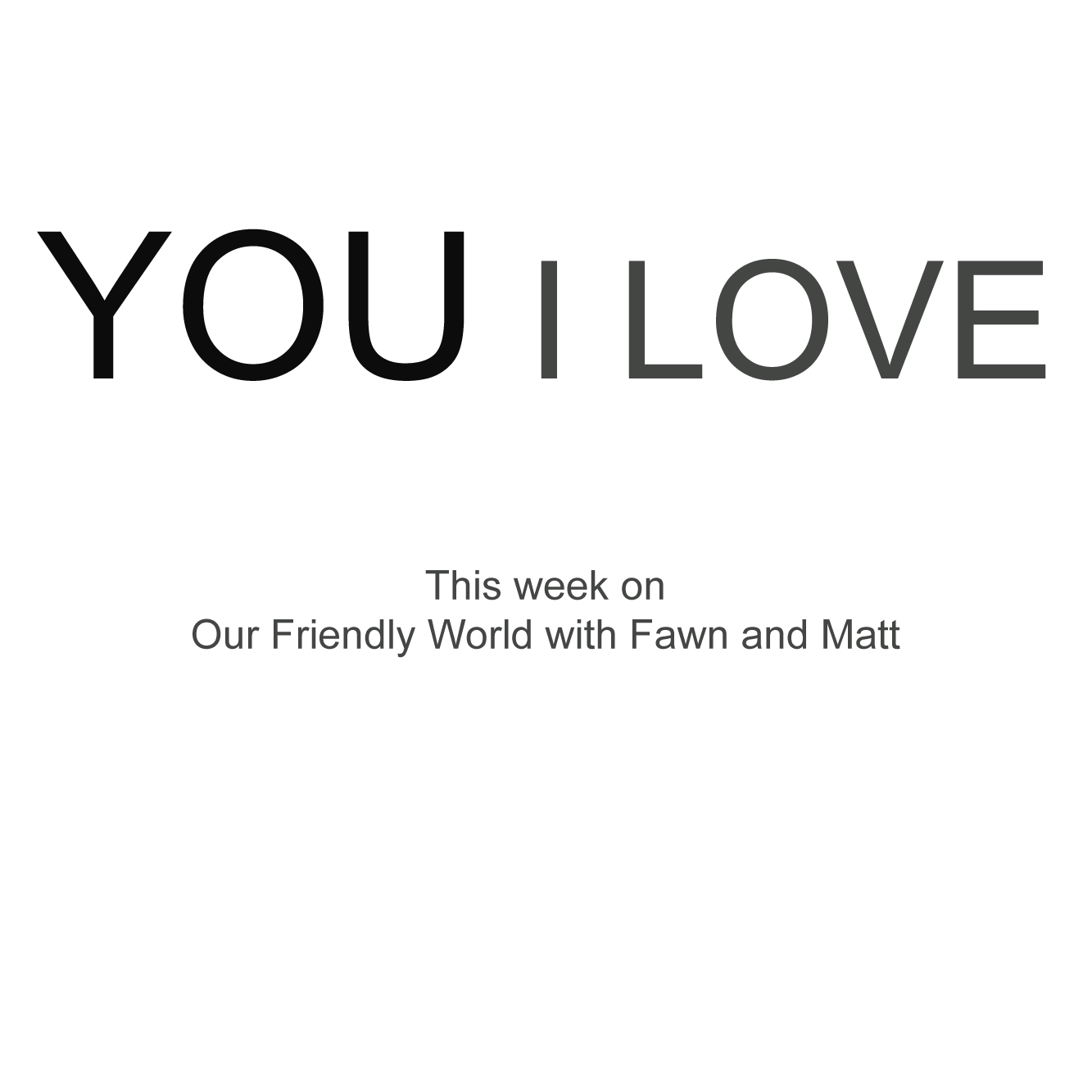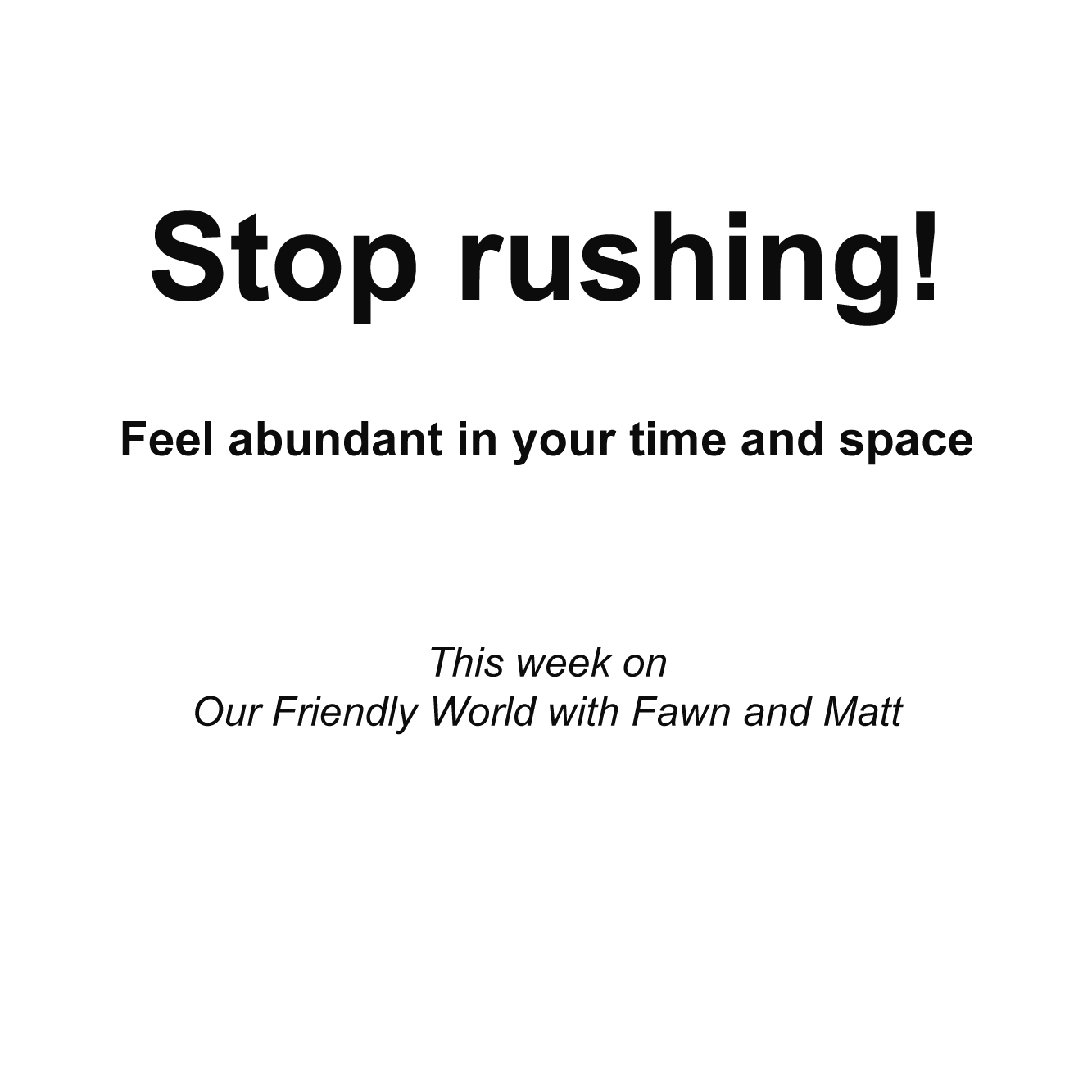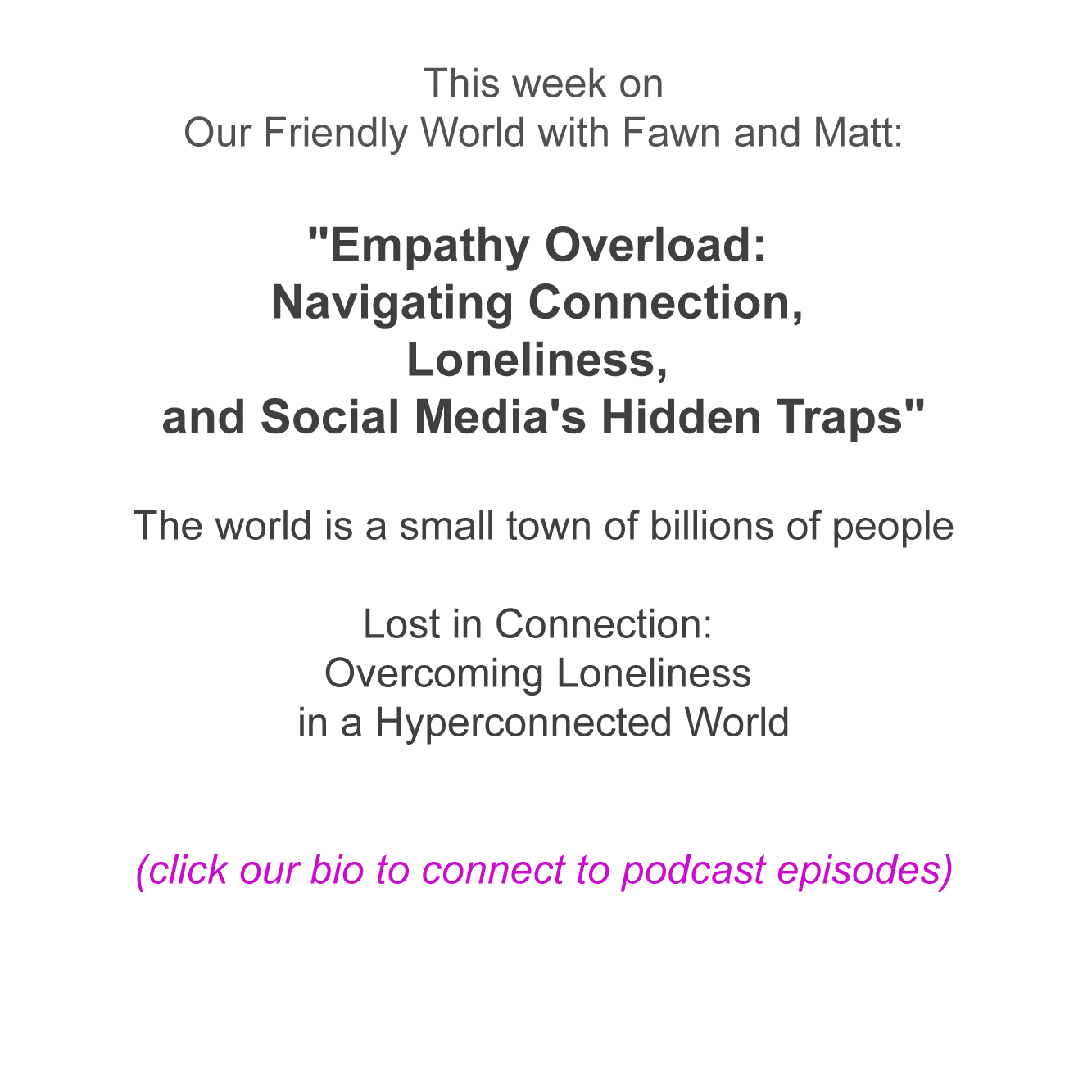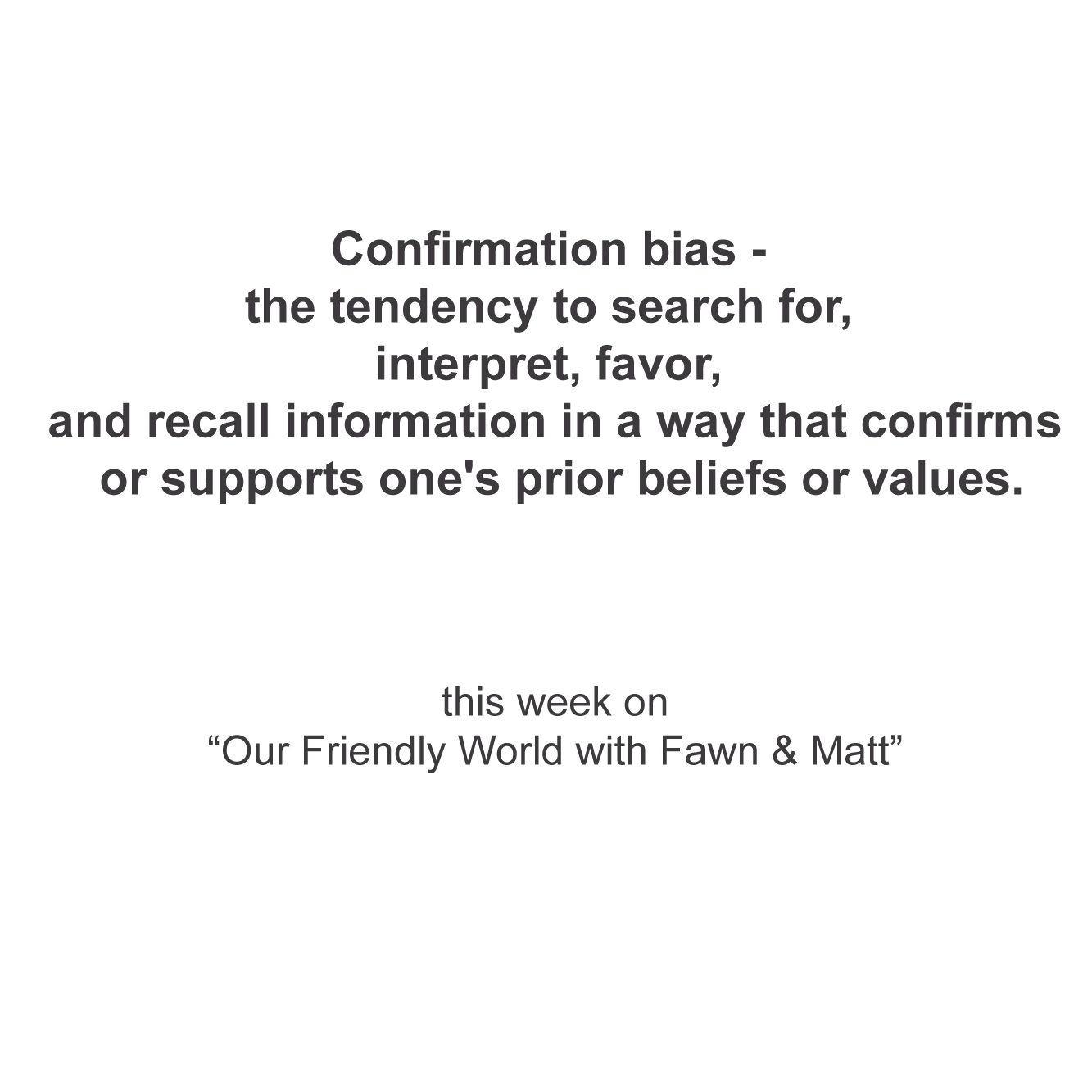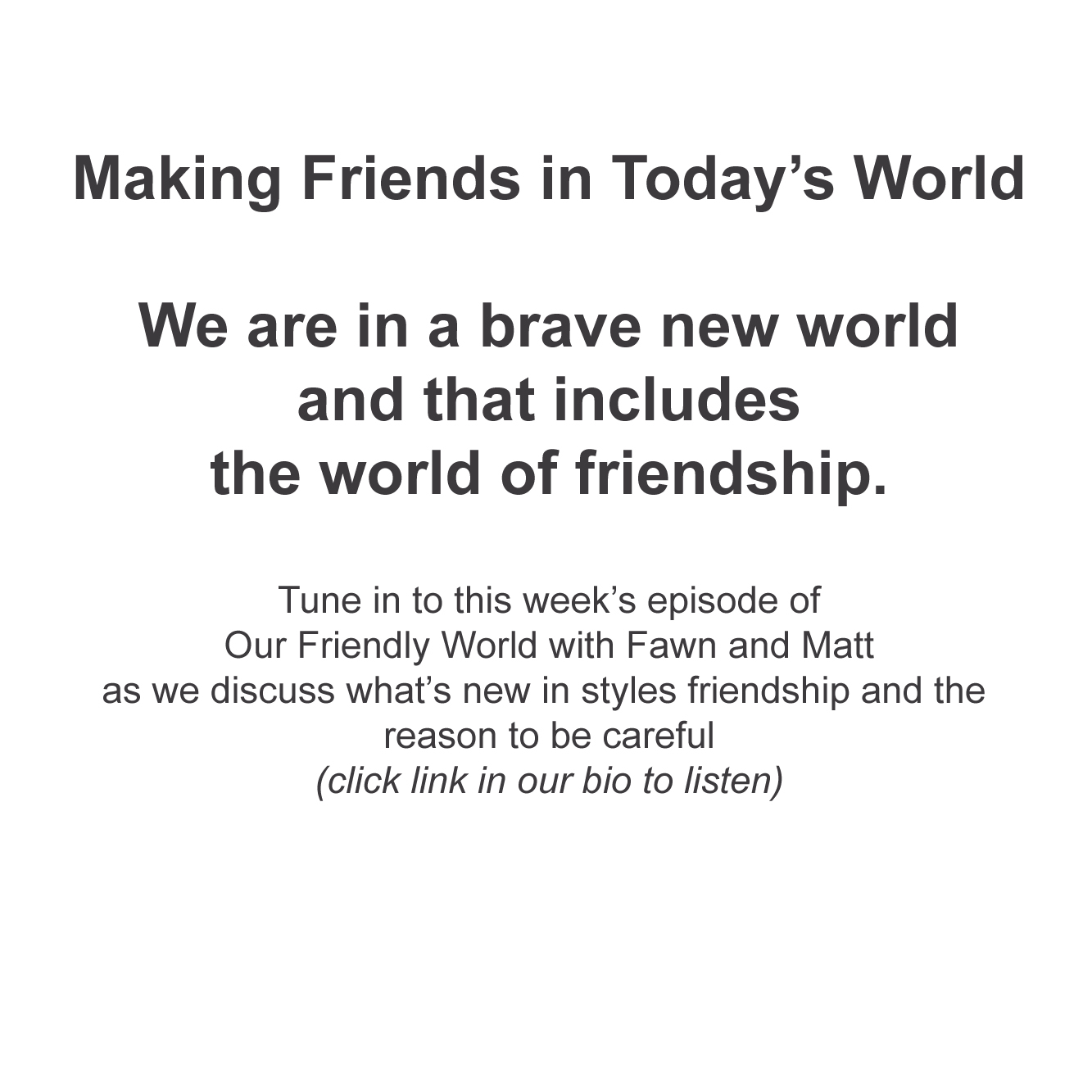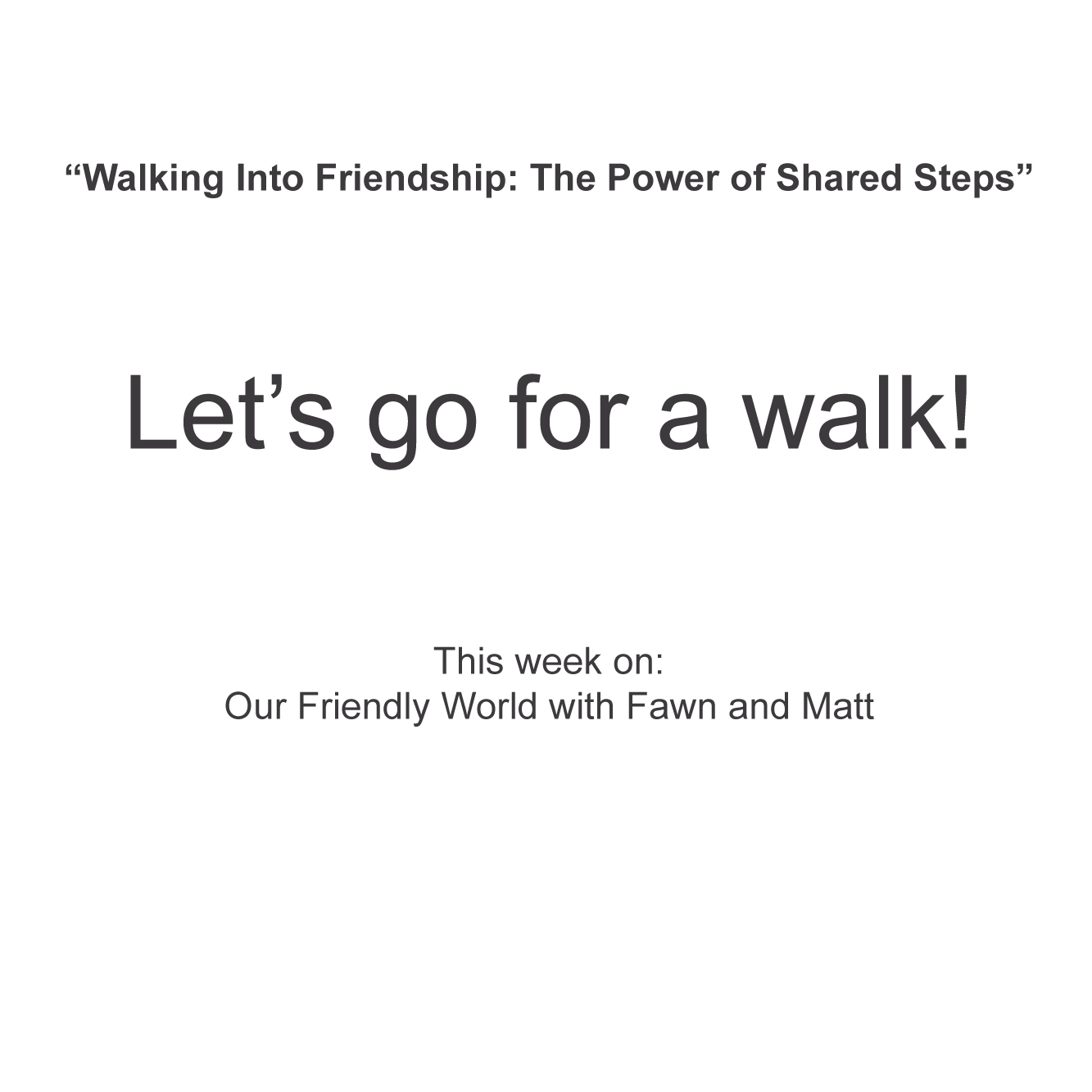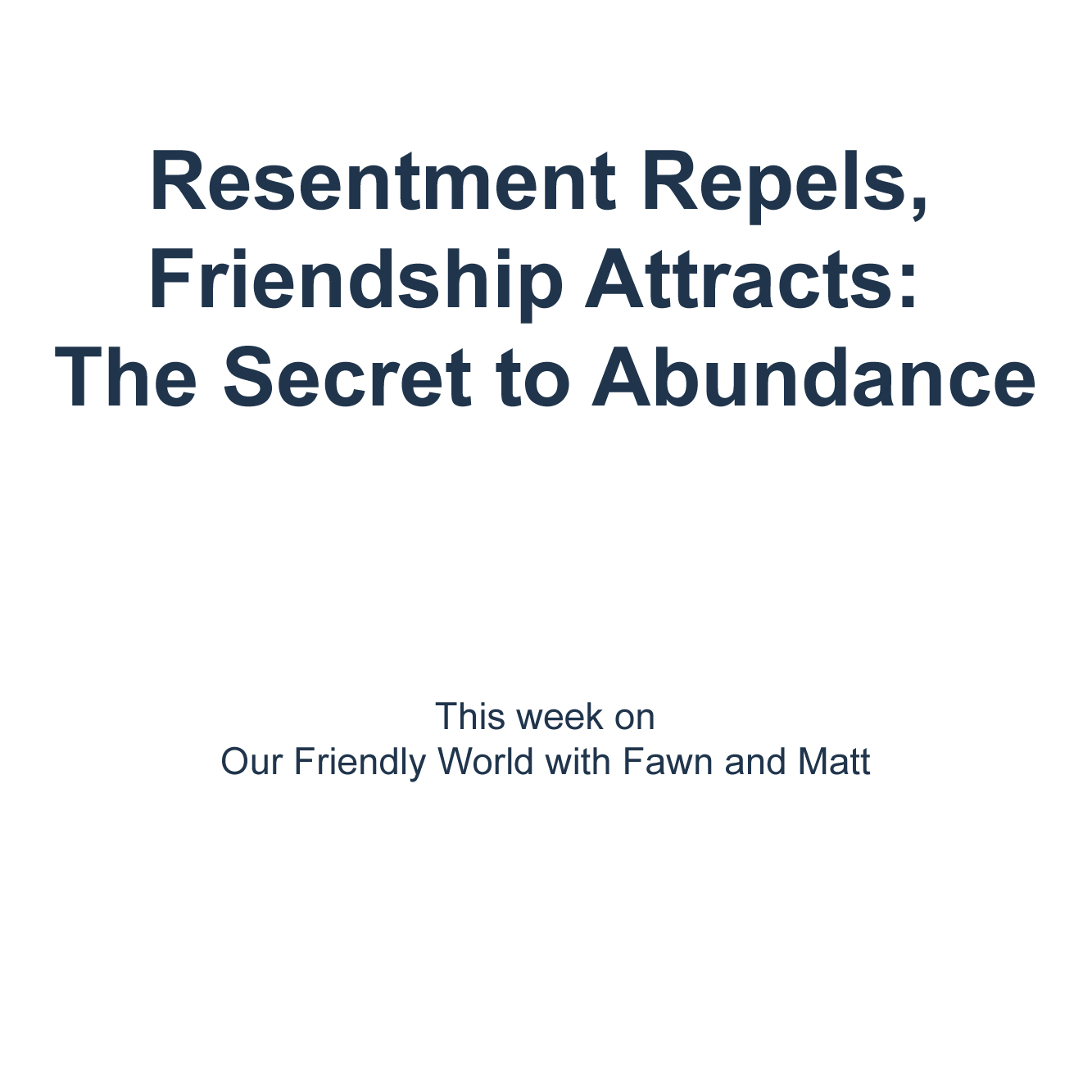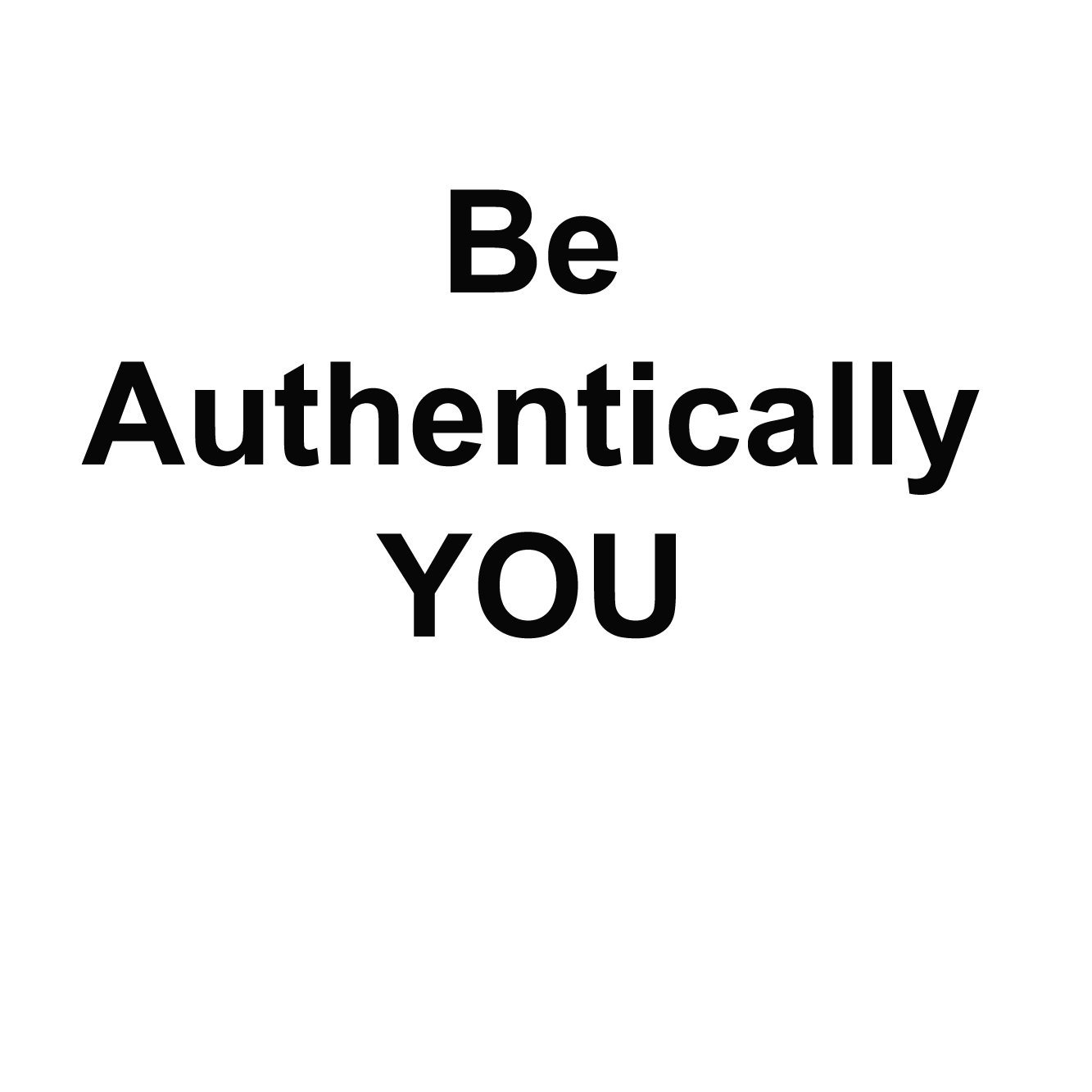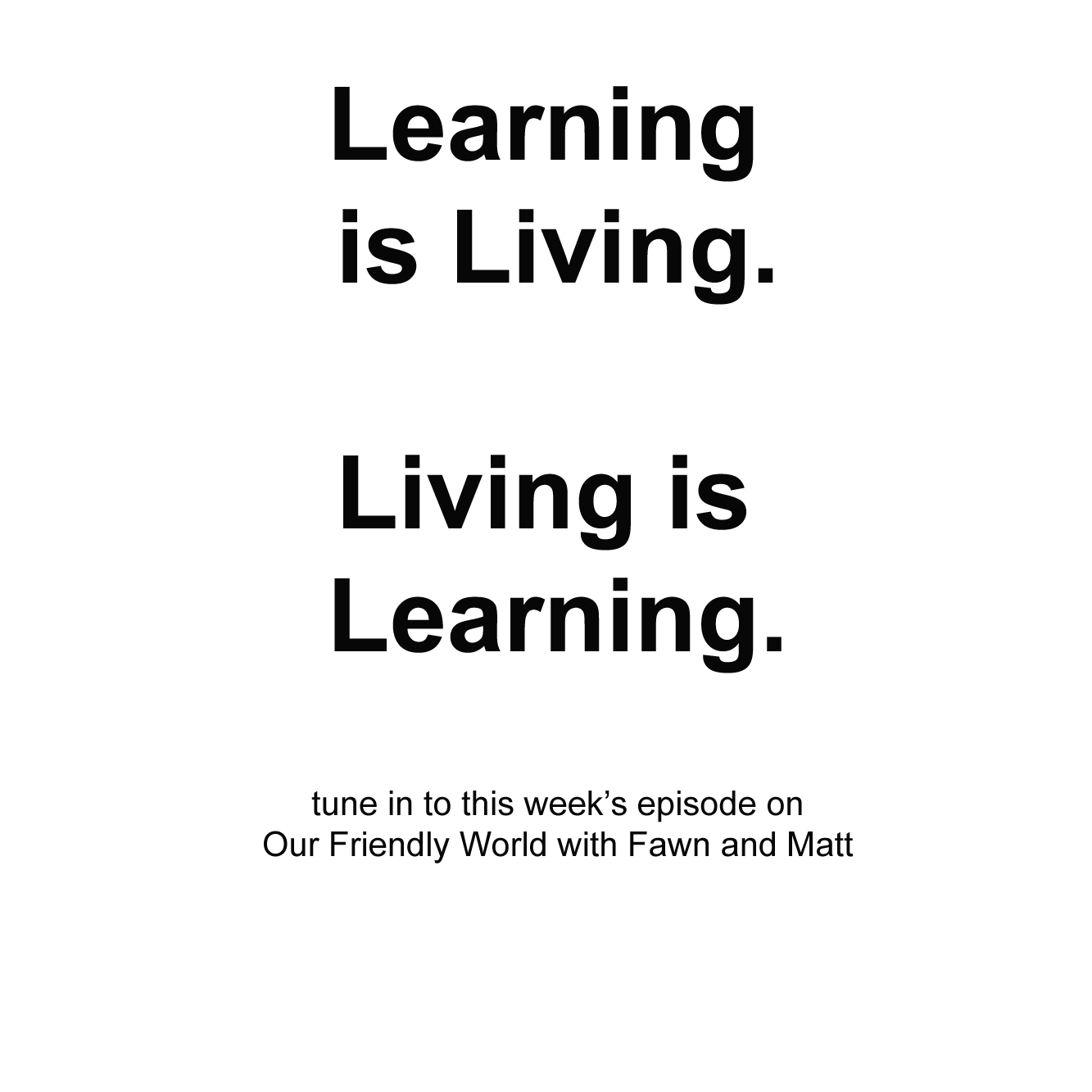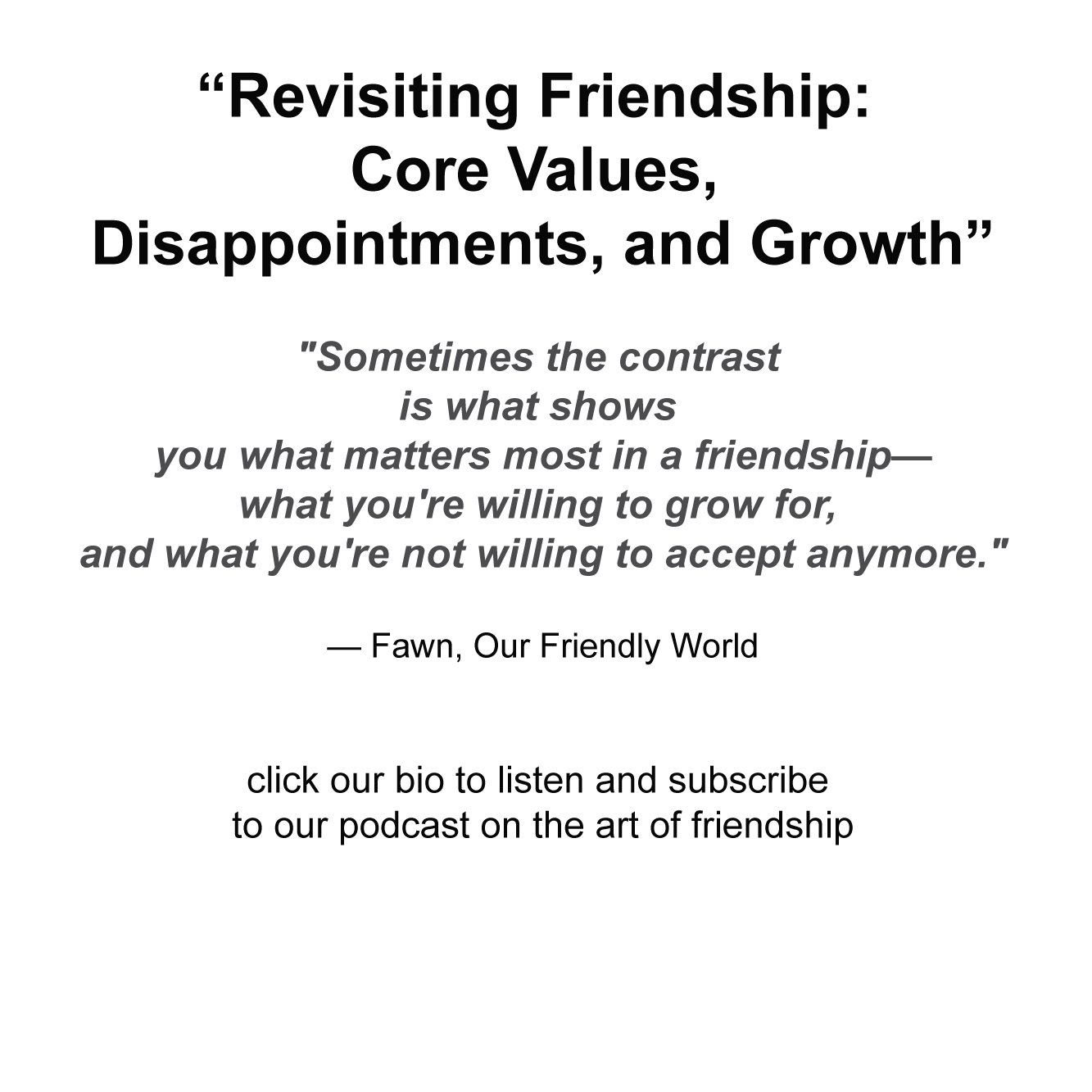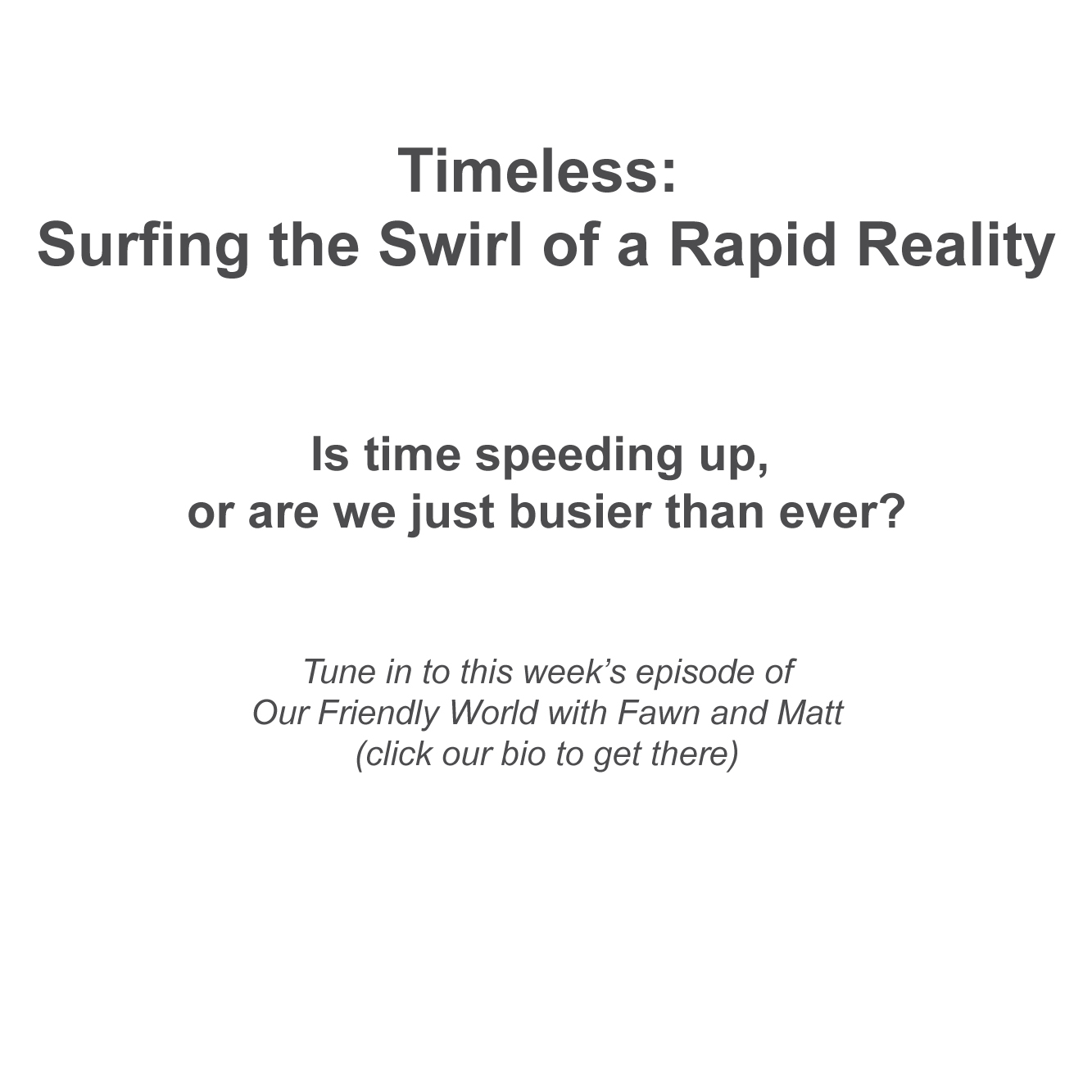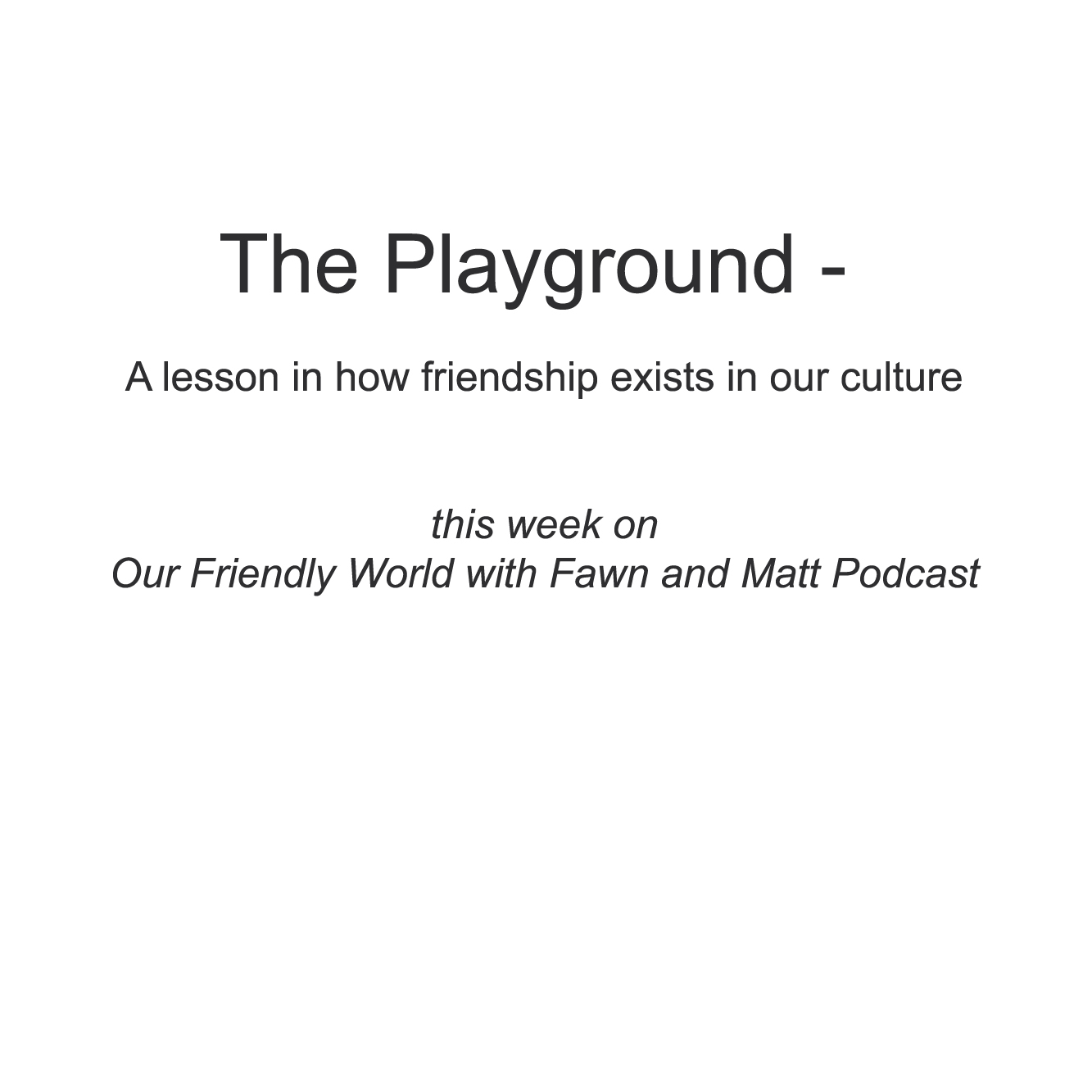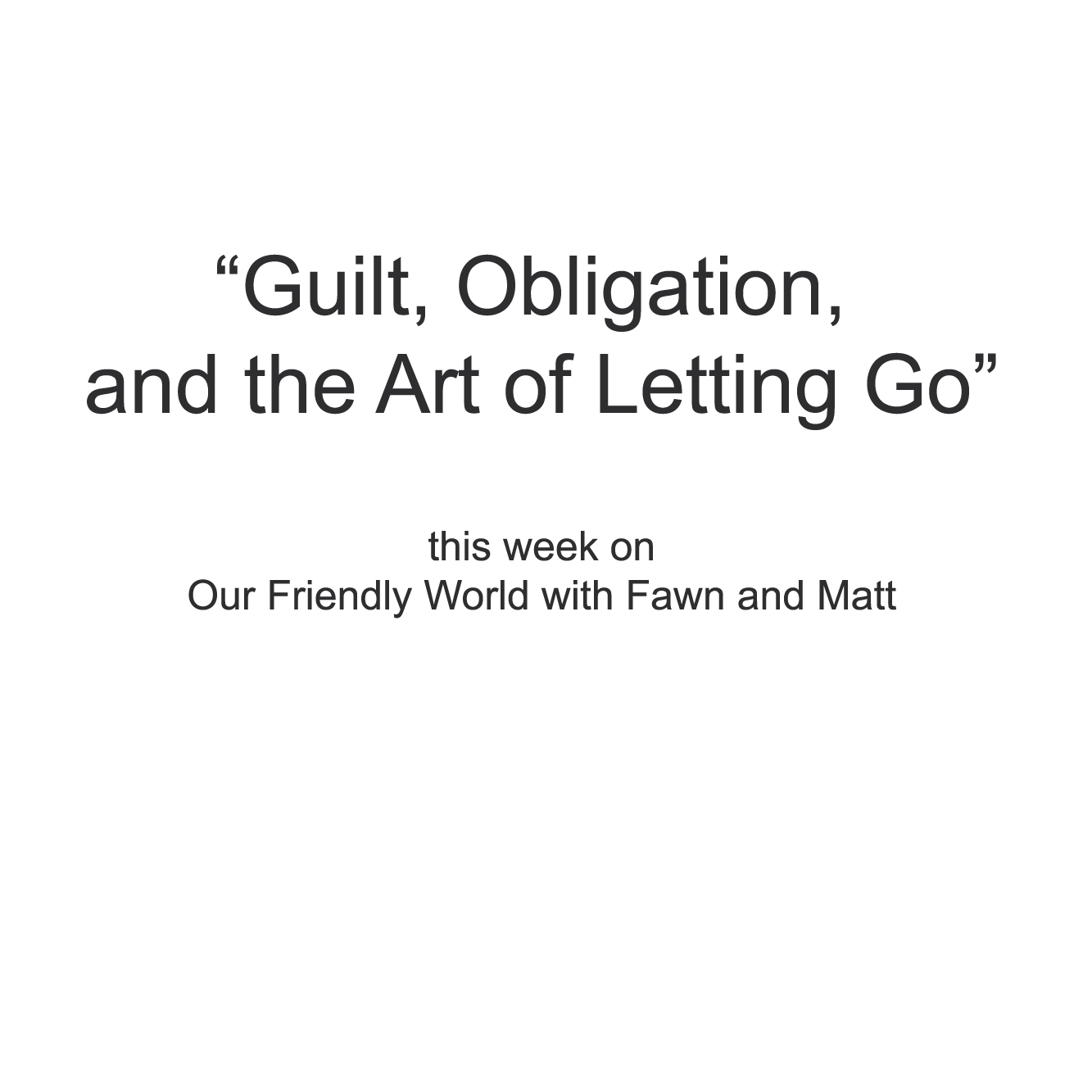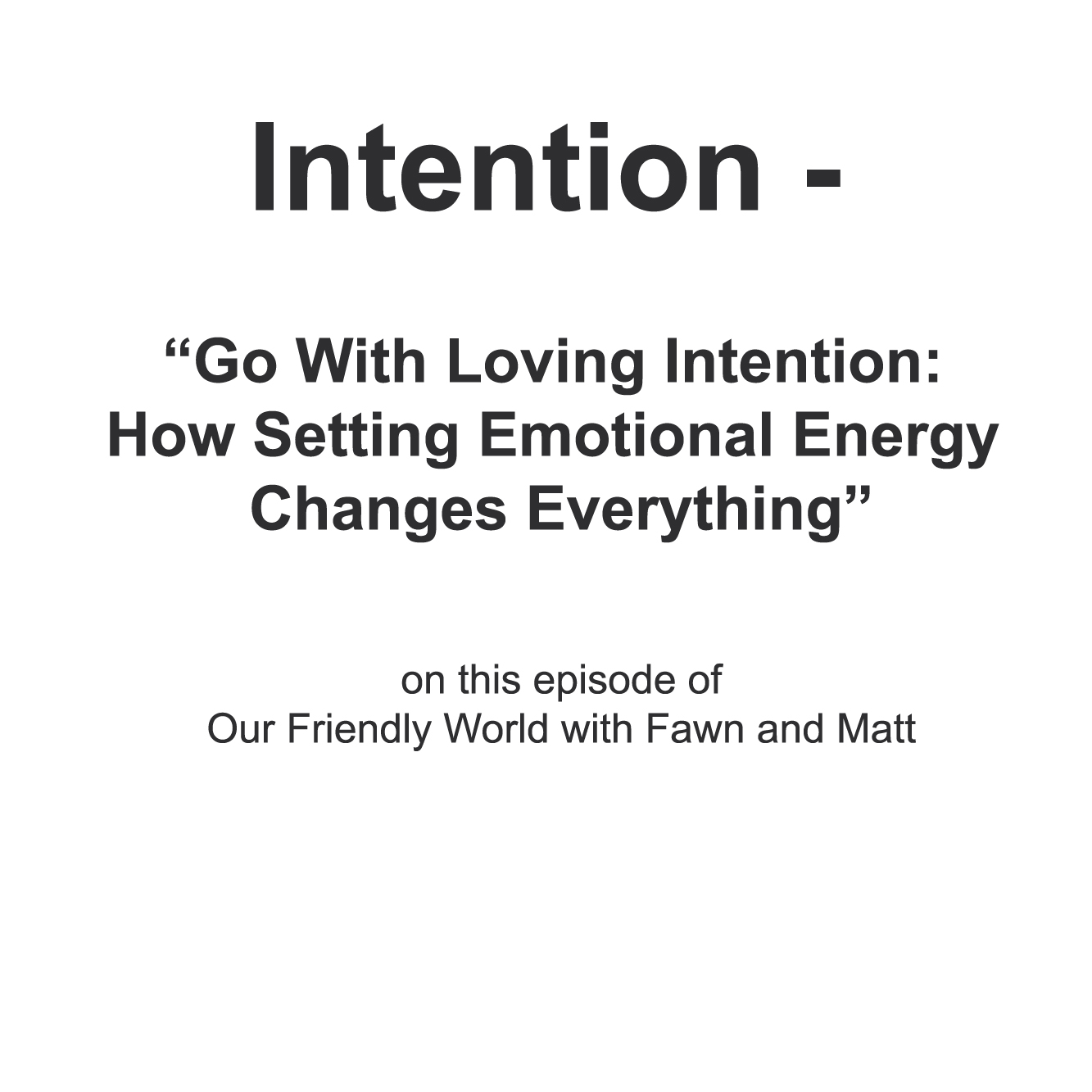Colors - How We Perceive Colors in Life and Color Translates In Our Connections with Each Other
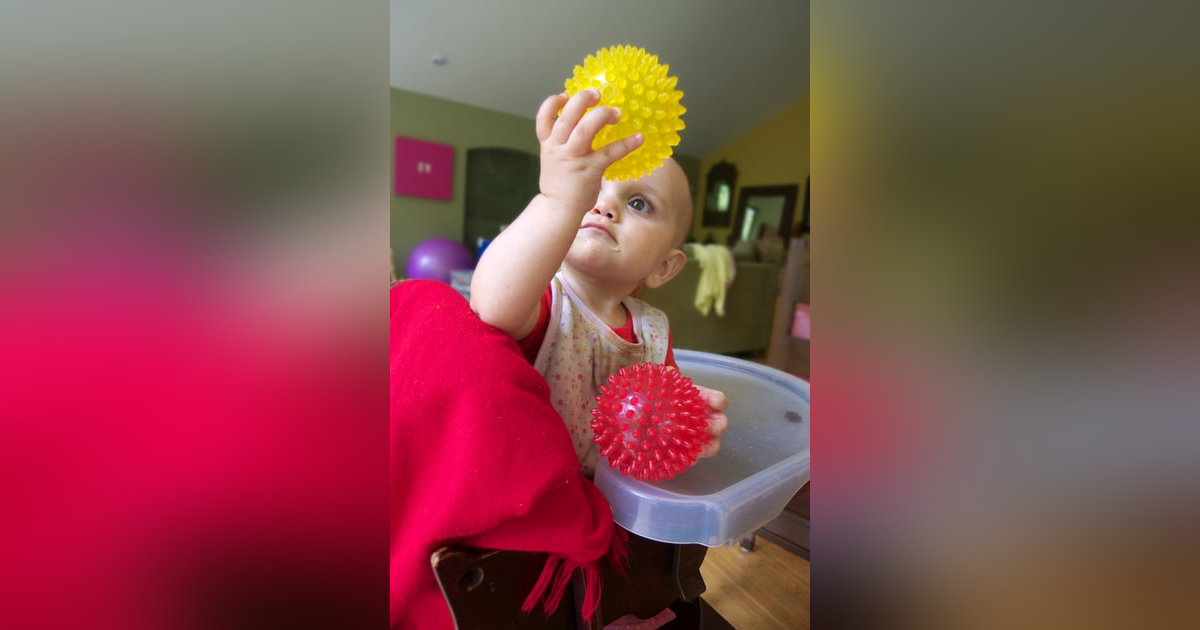

Flowers evolve to be attractive to bees so that they can pollinate and they can reproduce themselves, which is if there's a lot of competition in the flower world, this is why you have such stunning orchids. It's because there's so much competition for bees because they can only pollinate so much in a day; the brighter and more colorful flowers attract the bees.But where did the perception of color come from and why is there such angst about color in our conversation and our lives?
https://www.buymeacoffee.com/friendlyspace
Flowers evolve to be attractive to bees so that they can pollinate and they can reproduce themselves, which is if there's a lot of competition in the flower world, this is why you have such stunning orchids. It's because there's so much competition for bees because they can only pollinate so much in a day; the brighter and more colorful flowers attract the bees.
But where did the perception of color come from and why is there such angst about color in our conversation and our lives?
https://www.buymeacoffee.com/friendlyspace
Transcript
[00:00:00] Fawn: Color is a wild thing. It comes up a lot. It's very complicated. Yes. We're recording, honey. I I've always been confused by it in photography terms because each color has a certain temperature and it's so scientific. Why are I have so many questions? And we have so many topics I wanted to discuss today, but I'll try to stick it to one.
Stick to one thing, not stick sticking to one thing, but I don't know, is this what started our color conversation? I was telling you about this person that I really like his artwork. I really like on Instagram and I usually don't follow or want to buy paintings. You know, I don't even hang up our own artwork because
be cause I feel like there's so much information and there's so much loudness happening, not loudness as in aesthetics, but loudness as an information and talking that's happening. I feel like the furniture talks to me. I feel like when there's art or a photograph, well, photograph is art, but when there's something on the wall, it's constantly communicating with you and I need some quiet, right.
Because I'm already; bear with me folks, but I already feel like even just sitting, I feel like I'm hearing and understanding, or at least taking part in whatever is happening in the world, I'm hearing it. You know what I mean? Does that sound totally off the wall? I don't want to sound too. Woo.
[00:01:40] Matt: You know, for me as a individual, I don't like wearing logos.
I don't like wearing logos on my shirts. I don't like wearing logos on my jackets. I don't like wearing, you know, let alone a band name on it.
[00:01:54] Fawn: That's because it's talking to other people it's not talking to you. Is it talking to you?
[00:01:58] Matt: The thing is, is that I feel the need then to defend whatever it is I'm wearing.
So like it's like I could never get a tattoo because I'd have to defend that forever.
[00:02:10] Fawn: That's a different subject. What I'm saying is things that speak to you. I guess tattoos are speaking to you, but you're saying a logo that you're wearing. Do you don't want that because it speaks to other people.
[00:02:23] Matt: It also speaks to me though,
[00:02:26] Fawn: but do you hear it while you're wearing it?
[00:02:27] Matt: I do.
[00:02:28] Fawn: Even if you're not seeing the little,
[00:02:30] Matt: because
[00:02:31] Fawn: mark,
[00:02:31] Matt: anybody can go up to you and say, Hey.
Right.
[00:02:35] Fawn: Okay. Yeah. Yeah. But what I'm saying is actually hearing things, I'm hearing like a population of thoughts I'm picking up on things, right? So when there's a, when there's a, a piece of art on the, on the wall, it's constantly talking to me, I guess you're saying the same thing.
[00:02:54] Matt: I'm saying the same thing.
Okay. It's weirder. When you wear clothes, you're constantly having a conversation with the world and you have to be present and understand the conversation you're having at that
given moment.
[00:03:08] Fawn: Yeah. And that's another subject we've talked about is how, style and choice of wardrobe clothing can bond you or break you from relationships.
Yes. So fashion is a big deal, but today we're talking about color. And it started, I think, remind me if I'm wrong. But I think the conversation about color with us happened because of this artist on the Instagram. He posts these beautiful cubistic Picassoesque amazing paintings and they're always in black and white.
[00:03:44] Matt: Okay.
[00:03:45] Fawn: Or at least just monotone. And there's one time he posted and he said, I like to paint in black and white, the faces that I'm painting, because I don't want people to see color. I don't see color. And this is what he was saying. He was saying he doesn't see color like that, that he wants people to look at faces and not see color, but see the beauty of their soul.
I really like this guy. And I usually always compliment him and thank him for his wisdom because he always offers such wisdom in his posts, just like one line or two lines. But this time his, his, his, uh, I don't know, a bit of naive ignorance or maybe just ignorance or not wanting to understand fellow brothers and sisters who obviously are not Caucasian.
I understood that. Oh wow. This guy is not, he's not one of us like, meaning one of me, do you know what I mean? Like all of a sudden I sense the division and I sense that, oh my God, he's one of, he could be very firm in his belief cause I never heard a reply. And I, I don't know if, if I got muted after making the comment that I made, which was.
I love my brown face and I love the colors of my brothers and sisters. And I want, I wish not. I want, I wish people would love and appreciate the colors and see them and acknowledge the colors and capital AND and, also love and appreciate my soul and our soul. Right. And I never heard back.
[00:05:37] Matt: Right.
[00:05:37] Fawn: Pure silence.
I'm like, wow, is this is this I might, did I turn into one of those that got, had to be completely erased off of comments and like that you never, you're not familiar with Instagram, but like, you know how, like you can erase someone's comment and the whole thing goes away. Right? Right. Well, I think so.
Anyway, I still don't understand social media myself. I don't want it. I didn't want to turn it into a fight. All I'm saying is, please don't say I am color blind, or I want to not see color. That is so for me disrespectful, it's like, it's like when I remember I had, I would tell you guys about the guy I was engaged to, who had a really racist, racist mother and here I come.
Right. And, and she would make. W most hurtful comments about me, about my family, about the world out there in general, you know, like, um, someone, um, I never saw these people, but someone was moving into like quote unquote, her neighborhood and we were standing in the driveway and she goes, oh God, look, the Alibaba's are moving in.
And, um, I, that was towards the end for me of like really the beginning of the end, realizing I can't marry into this. This is what, what kind of trash this right. And I looked at her, I said, oh, you mean like me? I don't remember exactly what I had told her. And she gave me one of those famous infamous lines.
Oh, well, you're not one of them. You're one of us. I'm like lady, I don't want to be one of you. I am not one of you. Um, do you look, I don't want to like get into the bowels of the toilet here. I don't, I want to keep the vibration of our show very high, but I think that's where a conversation with color started.
Right. And then you took it to where you take it.
[00:07:47] Matt: A color is... talking about race issues with you as always very tricky are always very sticky because I am aware of how gosh, darn pale I am
and how I had interesting upbringing.
[00:07:59] Fawn: Yeah. But one of the things I love about you is that you are very tall; you are my opposite. What I love about you is you had such understanding and understanding as in you were well enriched with all cultures. Well, I won't say all cultures, but a lot of culture in you, you knew things that
I thought only people from my background would know of, because it's an our like inner circle because no one pays attention to us or if they do, they call us crazy or, you know, "other" and what made me intrigued when we were becoming friends was whoa, you know, this, you know, like you knew, you knew a lot about the middle Eastern culture and then
you would say that you didn't, you always had this, uh, wanting to understand more or like, not assuming that you did, like you were walking around as an, as a cultural encyclopedia, you know, like your brother does that your brother will like read something or hear something. And then he's the expert on that because he has, he is a genius, like IQ wise, but he's not a social genius.
No social IQ, no emotional IQ, right? I won't say no, but it's low. His genius book levels, smart level is very high. You, one of the things that made me receptive receptive is that the word, like I looked at you and I, I felt open. I felt safe. I felt safe to express and just be with you and be myself. Because I sensed love in you.
Not, I'm not saying love for me. I sensed a love of life and everything that life entails in you. So yes, you are white and I'm not going to say, yeah, you're not one of them. You're one of us. I'm not saying that. I'm saying that you have a genuine rich love for everything.
[00:10:16] Matt: Yeah. And I could never hear myself saying something like, oh no, you're not one of them.
You're one of us, although I just said it there. Right. But my
goodness.
[00:10:25] Fawn: Did you ever say anything like that before you met me though?
[00:10:29] Matt: See, everybody wants to point to those points in time where, you know, they did good. Like you never hear from the guy who buys and sells stock about the terrible stock trading made you all hear about the great trade, the one great trade they made.
So we tend to edit our lives to provide the most optimistic kind of views of things. But, you know, I have to say that my peer group, my you know, even from a young age, uh, was not particularly white Anglo-Saxon
Protestant.
[00:11:03] Fawn: That's true. You always felt more comfortable with a mix.
[00:11:08] Matt: Exactly.
[00:11:09] Fawn: Um, you know, it's interesting when I thought you were going to say like, people who make comments, like I'm not racist, because look at you, I'm tolerating you.
Like I had so many people telling you that. I had, I've had your family tell me
that.
[00:11:25] Matt: Oh my goodness.
[00:11:27] Fawn: But not, that's no joke. I'm not exaggerating." I'm not racist. I'm tolerating you aren't I?" Like, and they didn't do it in a, sarcastic.... They weren't trying to be sarcastic. They were trying to be like, look at me.
I'm. What's the word for what, what do they think they are when they think that they're not racist? Like when they think they're tolerant,
[00:11:47] Matt: but tolerant is a scary word right?
[00:11:49] Fawn: Tolerant is
terrible. It's like, I'm putting up with you. Oh my God. You tolerate something that annoys you is toleration. That's... words are funny.
So going back to color though, which is related to why we're talking about this words and colors, right? You dove deep into where really, um, the description of color comes from, can you take it away? Cause you actually did your, I tried to do the research, but then I got mad and then I stopped.
And I was actually about to say, let's not do the show on color because I'd rather talk about this other thing that I want to talk about. 'cause I couldn't, I could not the information you sent me, pissed me off.
[00:12:35] Matt: Well, I get it. As soon as we talk in the fifties with researchers, white men researching, are there going to be white men wearing, wearing their crisp white shirts and their ties with their glasses and they're balding hair.
[00:12:49] Fawn: And it's not just from the fifties. It's like some guy gets on a ship and goes over there and he's like, look what I discovered. I discovered. This, you know, like they become the owner of something. They think they discovered it. Well,
[00:13:03] Matt: do you know what I mean? I get that and what, okay. They weren't anthropologist or sociologist.
Right. But that's just it, they were going, looking for meaning.
[00:13:13] Fawn: Yes, they were going, looking for meaning, but from my perspective, they were going from a state of ignorance looking for meaning and how much. You have to take a deep look at yourself. How open are you to other colors and other, other, anything, when you go into something new? Are you aware that you have a very myopic view of things, very limited scope on things.
So, all right, you're going to go to this culture, this Indonesian culture or this culture that is definitely, so, seems so different from yours, that their skin color is different. The way they dress is different, they have a completely different language. They have a completely different understanding and expression of life.
So you're going to go in and suddenly write down, oh, this person's word for this is this word. Really, unless you were born in that culture, you're not going to know the nuances of the language and you think they're going to share it with you, a white person coming from some university. I know Matt is rolling his eyes right now and looking at his watch, but let me just go off on my rants and then you can tell me what you discovered.
[00:14:30] Matt: Oh and then you'll let me talk?
[00:14:31] Fawn: Yeah. So what I'm saying is see, now I lost my train of thought. Let me go back. Let me think. So there's white guy goes to like, like, let's say an island with a culture that is darker in complexion. Okay. Like I already went through the list. Right. All the ways that it is different from his European culture that he's coming from, I'm saying, unless you were born with this language. Unless you have been raised within this family, how do you really know the nuances of language?
So you have a few people telling you or translating for you. That is not enough to totally understand. So my question to you is how long were these guys? Was it more than one guy is a one guy.
[00:15:20] Matt: Can we at least describe what that, hold
[00:15:22] Fawn: on, hold on. Well, let me just finish. What I'm saying is how did he, or they know that this in fact was the end all be all of words and translation.
And so he goes back, he goes running back to his university in his pinstripe suit and says, look at this, they have a word for brown, which is this, look at that it's coffee. Really? How, how factual is that? So, anyway, go ahead and
nevermind.
[00:15:55] Matt: Thank you. So anyways, you have two sociologists. Sociologists slackers complete and utter slackers.
They got to write a paper and crank it out. And this is, again, this is slackers. I will, I will tell you why they're slackers. And again, this is me completely projecting into them and God, their names don't care. Anyways, they get 20 people bilingual who speak another language who came from a different culture.
They get 20 that's, 5, 10,
20 people.
[00:16:27] Fawn: Where do they get these people from?.
[00:16:28] Matt: I don't know, probably hanging out in. I think it was, it doesn't matter. Hanging, probably hanging out in the town that they were, they had to concoct a paper. And so they asked them, they provide them with a paint chip sample set. And they say, can you pick out all the colors and tell me what the colors
[00:16:47] Fawn: are?
So I remember looking at this, um, all right. So it was literally like a huge spectrum of paint chips, because so basically like five to 10 different shades of yellow. Um, right. Every color. It was kind of like every
[00:17:04] Matt: color in the spec, every, not every color in the spectrum, but a lot of colors in the spectrum
[00:17:09] Fawn: from variations and degrees of a one particular color within that.
Right. Okay. Got it.
[00:17:14] Matt: Okay. And they got 20 people, so, you know, God knows they probably scrawled with a crayon on a piece of paper for the original experiment, because it was 20 people. Come on and. And they asked people to pick out the colors.
[00:17:27] Fawn: What do you mean, "They used a crayon"?
[00:17:28] Matt: Well, I'm just saying it was a very low budget experiment at first.
Okay.
[00:17:33] Fawn: So it wasn't like a high-tech because we've got 20, we're
[00:17:36] Matt: talking to 20 people. Okay. And we probably talked to 20 people over the course of a week. We wrote our paper and we presented it right. Rock on. But what they discovered was that when was this, this was in like the fifties. So what they discovered was, the first colors that every society understands are dark and light. So this is dark and this is light, not necessarily black and white, but this is a light color. This is a dark color. That is the initial kind of level that people, that societies are in.
[00:18:14] Fawn: Then they come to a conclusion for why that is.
[00:18:19] Matt: We'll get to that theoretically. And then. Uh, step number two, all of a sudden things are dark. Things are light and things are red.
Why red?
[00:18:31] Fawn: How did they, how did they get to red?
[00:18:34] Matt: We'll talk about that. And then once you got past dark and light red, then you either got to green or yellow was actually discerned as a unique color.
And then the next level is green and yellow combined, or rather green and yellow are now represented. So now your color palette looks like dark, light, red, green, and yellow, and then you add blue and then you add brown and then you add quote-unquote the rest of the colors, which I guess takes us to a more contemporary palette, which gives us like purple, purple, orange, gray and pink.
Now, every single culture has a way of saying, let's say blue, because come on, blue is color of the sky. Right. But what they were looking for was the succinct, tiny word for it. When I learned Spanish, for instance, slacker teachers didn't teach us marron, which is brown. They taught us color de cafe, which is color of coffee was brown.
And I don't know why. Yeah.
[00:19:44] Fawn: In Farsi brown is "Gahveh" which is coffee.
[00:19:49] Matt: So they make the argument that if your language is comparative, that means brown doesn't exist as a color. Wait, what? Because brown is a succinct, teeny, tiny little word that doesn't refer to anything.
[00:20:04] Fawn: What?
[00:20:05] Matt: Yes.
[00:20:06] Fawn: Why?
[00:20:09] Matt: That was their criteria.
[00:20:10] Fawn: What can you back up? Hold on. I think you lost me and I went to a race racist point backup and say it again.
[00:20:22] Matt: Okay. They're not saying that cultures don't have a word for bro, have, you know, a phrase for brown, what they say is they the word for brown is a conjunction of many words. And it's not its own succinct word. That's what they were going for. Like pink doesn't refer to the color of a Carnation or the color of, you know, a certain sunrise or anything like that.
For
[00:20:51] Fawn: example, blue in Farsi is ABI. OB means water. When you put an E sound at the end of a word, it means coming from or looking like. So it's watery is blue in Farsi. Obee referring to water.
[00:21:13] Matt: And similarly, I think in Turkish, the, um, the way you say brown is you're describing coffee.
[00:21:19] Fawn: Yeah, same, same with Farsi.
And it's the same.
And That's what I learned in Spanish too,
[00:21:23] Matt: so that's kind of the evolution. so dark, light, then red
[00:21:28] Fawn: see, I'm sorry that doesn't make sense. It doesn't make sense. Hold on, hold on. It doesn't make sense to me. And this is where I get my, my antenna goes up because how much of this is this white guy's perspective of language?
Because I mean, you were saying that blue. There's water and then there's this guy and they referred to that and there's definitely a color for blue. Right. But hello, brown is the earth that we are walking on. So why not?
[00:22:00] Matt: So why not call it earthy? Yeah, right. Again, this was their look
take on it,
[00:22:07] Fawn: like I said, and this is where I started to tune myself always on what you're trying to
[00:22:11] Matt: categorize.
Cause this is what welcome to the Greek tradition. We love our categories and this is what the white guys were Greek is actually interesting because this was originally discovered by somebody who later was the prime minister of England, or I'm just going to be terrible with names today, but he evaluated Homer's works and he noticed that.
Homer did not describe color. Very, you know, Homer did not describe color the way we describe color.
[00:22:40] Fawn: So like the Odyssey. Yes. Talking about the
ocean,
[00:22:44] Matt: the ocean is the color of wine. Yeah. I don't understand why, because that was the closest kind of metaphor that he had.
[00:22:52] Fawn: You know, I
saw that he just, he didn't say it's the color of wine.
I think it was like it's they said that in the Odyssey, it was like, the ocean is like wine. It didn't say, did it say it's like the color of wine?
[00:23:05] Matt: He went through
color and there was no orange and no blue anywhere, but, and purple was the color of sunset and sometimes the color of water and sometimes the color of dawn.
Alright. Or a purple ish color.
[00:23:22] Fawn: It's on how you look at it though.
[00:23:25] Matt: The ocean in a
[00:23:26] Fawn: nutshell, well, the ocean could be the color of wine. If, if someone is killing whales or dolphins, it turns blood, right. Or the ocean could be the color of wine if the sun is setting and you hit the light, just at a certain perspective, and you see a red cast over the water, right.
And I remember being a kid, some teachers saying the water isn't really blue, the ocean, isn't really a blue, it's a reflection of the sky that makes you think is blue. Is that true?
[00:23:56] Matt: I couldn't tell you. I mean, it is interesting that if you pour yourself a glass of water, it's not blue. It's clear
[00:24:02] Fawn: if you take ocean water and put it in a glass of wine and a glass of wine and a glass of water, it isn't blue, right?
[00:24:10] Matt: Unless there's a lot of, well, no, it can be a little brown if there's a lot of sand in there, but if it's, you know, based on what is actually floating in the water,
[00:24:20] Fawn: All right. Well, I don't like brown being disliked that I'm mad and that's where I tuned away from that. From studying whatever reading, looking at what you sent me, I'm like, this is garbage, right?
I don't like being, I don't like brown being other because hello, am I not always the other, do I not have to check other and every box I fill out for what race are you other? They never said brown. Well, they said that it's not relating to anything. It doesn't exist. You said brown doesn't exist. That brown is maybe like coffee, but it's not sky.
Do you understand what I'm saying? Very confused. Now. Didn't you say brown didn't exist?
[00:25:04] Matt: I'm saying the word
for brown.
[00:25:06] Fawn: I'm not saying you did, by the way, I'm saying. In this research, by this person,
[00:25:12] Matt: if you have a culture that only sees that only describes colors succinctly, and again, the word as succinctly as dark and light, right?
They're not going to say they're not going to point up at the sky and just say, oh, well, that's a light color. They're going to describe it that's the sky or that's, you know, or they may describe something that is blue as being the same color as the sky or a color that the sky has
or whatever.
[00:25:42] Fawn: But you see, this is what I'm talking about.
This is why I love photography. But when I was studying at university, I tuned away from it because it is just, I mean, we got into the temperatures of degrees of color. Oh, my God, I'm getting a special light meter for color to measure color. You know, I understand for sure, like it's a science, but , it pissed me off then to just, just looking at it from a photographic, scientific point of view, trying to get the room to look
as close to as what the human eyes seeing, and not have the colors be way off base. You have to measure things. It's not, I don't know. Maybe I don't know. It still pisses me off. I don't understand what you said about brown. I still don't. I think I'm emotionally stuck on what you a word or a word or two that like stuck in my head and I didn't hear everything you had to say about brown.
[00:26:45] Matt: So we have an arbitrary word., "blue" Right or an arbitrary word, or while oranges are required, we have an arbitrary word, yellow, right? Yellow in, in English, yellow doesn't have really have a root. It doesn't really have a prefix or suffix. Yellow is just yellow and that's just one of those things we learn. It doesn't have anything to do with sunlight or I dunno, what
[00:27:14] Fawn: else is yellow?
The basics. So we're not talking about butter yellow, pale ales is talking about yellow. Okay.
[00:27:23] Matt: All right. Right. Okay. And that's all they're saying is as a culture, they notice different kind of steps. And if you have a color wheel that, that, where you identify five different colors, colors in quotes, because it starts with dark and light.
You identified dark light, red, green, and yellow as a culture. And they notice this around the world. They notice this kind of universal tendency in some 85, 89% of cultures around the world. Now I'm jumping ahead of myself because at this point in time, they're slackers and they talked with 20 different people. Right.
And they kind of came up with this kind of scheme. Well, everybody flipping unloaded on them because they call them slackers like 20 people who aren't natives, who are no longer native speakers, they're bilingual speakers and the whole bit. You guys didn't do your legwork. So then they did their legwork.
They got thousands of people across the world. They talked only with native speakers. They had people go out with paint, chip samples, and they gathered all this data and they crunched it all together.
[00:28:34] Fawn: And then what happened?
[00:28:35] Matt: They, they found that the, it lined up fairly closely with the 20 people. So. Kind of the order that I gave is actually from the thousands of people, it's not from the 20 people.
So they discovered that this was a universal trait. This is how, if you think about it, this is one of God knows how many different ways people have of describing their environment.
[00:28:57] Fawn: Yeah. I mean, it's interesting. What else do you have to say about it? I could, like, I don't want to diverge I'm going to stop myself.
[00:29:06] Matt: Well, they started trying to describe that the hows and whys of how we went from, because obviously every culture, well not obviously, but 89% of cultures probably started out with just a differentiation between dark and light and then to red.
So why, why was red first?
[00:29:24] Fawn: Well, red is common throughout humanity. It's blood.
[00:29:29] Matt: Well, why are most barns red?
[00:29:32] Fawn: Well,
[00:29:32] Matt: you told me why in America is because back in the day, people wanted to paint their barns because it helps protect them from weather, et cetera, et cetera, et cetera. So they go and they would get paint.
Well, early on easiest paint to make, as it turns out is red because red is red paint is created via iron and iron is one of, if not the most common element in the soil. Common Element in soil is red. So not only do you have blood, not only do you have meat for you carnivores out there and not only is the sunrise and sunset have red kind of tones on it, but the most common element and the most common paint is red.
[00:30:17] Fawn: I remember driving through.
they call it the Bush, but like driving through Ethiopia and there were no roads. So we were basically on sand dirt, and it was this beautiful light shade of red. Right. And then we have the red rocks in
Colorado,
[00:30:36] Matt: red sand beaches in Hawaii. Really.
[00:30:40] Fawn: I've never seen the only one there on our honeymoon.
See
[00:30:43] Matt: red sand,
oh no, maybe it was red dirt red.
[00:30:47] Fawn: Oh, red dirt. I remember you said sand. I went to the
[00:30:51] Matt: beach sand. What's the difference, woman!
[00:30:53] Fawn: My God. Yeah. That's where we got the really great snowcones.
[00:30:58] Matt: No, they were shaved ice
shaved ice,
whole different animal,
[00:31:02] Fawn: never again. I mean, we still, that was amazing how they did that.
It was amazing
[00:31:10] Matt: Hawaii.
It's not like, it's not like hot enough there, but Hey, we digress. Okay. Unless you want to talk about colors on shaved ice
[00:31:18] Fawn: that's. Okay.
[00:31:21] Matt: So anyways, so red and also red is very, very, is a very striking. You know, red is seen. In point of fact, Lenin. When I was reading about Lenin, we're talking about Vladimir Ilʹich Lenin of the Russian revolution and the whole Bolsheviks and all the Russian craziness.
He became a revolutionary because he was at a protest, not minding his own business, but not being a front runner, but Lenin had red flipping hair and the cops noticed him.
[00:31:52] Fawn: Oh, ginger.
[00:31:54] Matt: He was a ginger and the cops noticed him. So he had to go into hiding. And basically at that point, his only he had, he had two options.
Well, three options. He could, he could surrender to the police, which not really an option. He could flee the country. Challenging. Or he could overthrow the whole country. So he chose number three, which is bizarre, but Hey, there you go.
[00:32:13] Fawn: All, because of the hair color,
[00:32:16] Matt: that was what, one of my textbooks espoused.
And God knows because every view of history is slightly different disagree with that. But man had red hair, man definitely noticed at a protest rally.
Anyway. So red is a striking, shocking
[00:32:35] Fawn: color. Okay. Right.
[00:32:37] Matt: All right. And then the hypothesis was green or yellow.
Okay. And here's the fun one. So why the differentiation? Well, as it turns out, things look yellower at certain elevations, certain longitudes and latitudes as the, as the sun curves is their theory. Yeah, which is why green things take on a more yellowish tinge or greener things take on a greener tinge. Oh
[00:33:05] Fawn: my goodness, Matt. This is why I never liked living in Southern California.
I kept trying to describe to people. It's like kryptonite for me. And they're like, what do you mean? I'm like the color. I can't stand the color in Los Angeles. It is this yellow, green color. That is my kryptonite. I can't, I hate that color. I never use the word hate hardly ever. I don't, but it was like, I had no energy and, you know, for a person that's very visual and, and no one understood.
They're like, what are you talking about? But it was a, it was a yellow, green, do you know what I'm talking about?
[00:33:47] Matt: And now I do, now that we don't live in LA
[00:33:49] Fawn: anymore. Right. That's why I love the Pacific Northwest because it was blue, green, like the atmosphere is that color. Anyway. Sounds a weird, but it's true
[00:33:59] Matt: for me.
Ha shocked her today.
[00:34:02] Fawn: You didn't
shock me. What do you mean shocked her
today?
[00:34:07] Matt: I painted that very clear picture and
[00:34:11] Fawn: me, but I can. I can come commiserate. You did not allude. Oh, the man, the husband illuminated me. What would I do? How would I know how to tie my shoes without you?
Good Lord, honey. Go on. Get.
[00:34:28] Matt: So that gives us green or yellow. And then the other follows closely in hand the other, the other for green or yellow, depending on their longitude and latitude. And then the rest of them kind of flow from an industrialized society, the blues blue to brown to purple orange, gray and pink.
And that was, that was the theory.
[00:34:51] Fawn: So is that it? Are you done? That's enough. I'm done for now. I don't know what to add to that, other than this, have you noticed that people who live at a certain, I guess, latitude, longitude, latitude. Which one is latitude this way. I don't know.
All right. I'll just say this people up in the north are afraid of color, but if you look at their weather, it's very monotone gray. Like let's look at Amsterdam, right? Let's look at Seattle. It's gray. It's cloudy. Most days you don't see the different colors in the sky because you have a cover of a blanket of white that turns into a gray, you know, it's very monotone and their sense of decorating is the same way.
Like there's not a lot of color within these cultures if they were to be left to their own devices. That is that if they don't mix with other friends around the world who come from different cultures, Come from different parts of the plant where the sun is different, the light is different. Unless you mix with those cultures, I've noticed that homes and furniture, even food is very bland.
No. Think about it. And all the, oh, I probably sound so racist right now, but, but if you go further to the lower half of the hemisphere, there's so much more vibrant colors in pottery, and just looking at the sky, the houses, although then nevermind. Well, let's look, but then there are parts of Europe, but then w what did they do?
They conquered other areas, maybe they came back and said, oh, let's paint some purple houses and pink houses and put them all together. You know, like, well,
purple's
[00:36:47] Matt: a trick, but let's talk about food for a second. And let's talk about bland food versus spicy food. Right? Well, typically what you want is you want edible food and at when things are warmer, the food spoils.
So you put more spices on, so you can't taste that the meat is turning.
[00:37:11] Fawn: What does this have to do with the color?
[00:37:12] Matt: This has to do with spicy versus bland food.
[00:37:15] Fawn: Okay. Well, what, what, w where are you
[00:37:17] Matt: going? That's it, that's all I'm going, because I can, I can talk to that. I can't talk about why colors aren't as profuse, other than purple.
Purple is tricky, because certainly in England purple was reserved for royalty. It's a Royal color, because it was so hard. To get to
[00:37:33] Fawn: get. Yeah. But where did they get it from?
[00:37:35] Matt: Hello? They got it from octopi. What's that
[00:37:38] Fawn: octopus that they got from there. Octopus
[00:37:42] Matt: sync. Really? I thought that was black. That's how they originally got
[00:37:46] Fawn: it.
I thought that was black, I
[00:37:49] Matt: guess it's. Purple enough.
[00:37:51] Fawn: Hmm. Well, I was gonna say is usually things that are so rare, like certain jewels or even spices it's because you're going to the Southern hemisphere and the light is different and there's more color there. And there's more there more things growing because there's more sun probably.
Right. Or there's just the perfect combination of light, that makes you grow different things that grows more life than if you were in the north. Yes,
[00:38:20] Matt: absolutely. Cloud cover. Flowers evolve to be attractive to bees so that they can pollinate and they can reproduce themselves, which is if there's a lot of competition in the flower world, this is why you have such stunning orchids.
It's because there's so much competition for bees because they can only pollinate so much in a day.
[00:38:42] Fawn: Uh, so the brighter and more colorful attract the bees. So why do you think that humans are not like that? Why are humans so afraid of color? Okay. I'll say this
[00:38:58] Matt: is a huge prejudicial statement right there.
[00:39:01] Fawn: Hello. Why are Northern Europeans or Northern American areas? And you know, why is the Northern hemisphere so afraid of color.
I mean, I can take it to what's happening right now. You know, you have people that are fleeing middle Eastern countries or island nations with people that look like me darker than me. And they're not, they're not welcomed with open arms.
Why is it when, uh, oh, European Caucasian looking country is in trouble. And I, you know, first of all, we should help each other. We're all brothers and sisters, your arms should be open to humanity. However, look at how one group gets treated. I just saw a stream of things that have been happening in the past, even in the recent past of how darker people that are fleeing for their lives are kicked at the border.
And, and I'm not talking about just here in the United States with Mexico, I'm talking about Europe, how cruel people are to these people saying we have no room for you, but if they look like them, then it's like, they're there with open arms, with toys, with food, with hot and cold drinks. You name it, opening their homes to people.
I'm not, I'm not trying to make a total blanket statement. Not everybody's like that saying, you know, you, there's no room here. Don't come here, but it just seems to be the prevalent thing. Why are people so afraid of color?
Why are people afraid to have wild colors for furniture? How about that? We talk about furniture and design.
[00:40:45] Matt: We can talk about cars too, if you want.
[00:40:47] Fawn: Well, I know cars because the police will stop you tend to stop you when you have a brighter color. If you're a gray, you kind of can. Um, or is it the other way around?
If you have a gray car, your insurance is higher. Wasn't that the case.
[00:41:04] Matt: Wow. Really?
[00:41:05] Fawn: Because I don't know.
[00:41:07] Matt: I think that yellow car, you look like you're traveling faster than you actually are.
[00:41:10] Fawn: Really?
[00:41:11] Matt: Yes.
[00:41:12] Fawn: Hmm.
[00:41:13] Matt: Yes.
[00:41:14] Fawn: Because it grabs your attention.
[00:41:16] Matt: Yes.
[00:41:17] Fawn: So that the cop is more likely to look at you. If you're a brighter.
I don't know, this is all very complicated, like
[00:41:25] Matt: bees and flowers, right?
[00:41:28] Fawn: Yeah, yeah. Yeah. But I swear, I heard a long time ago. If you have a gray car, your insurance is higher. Okay. Maybe because you blend in, I blend into the asphalt. Do you know what I mean? Like,
[00:41:45] Matt: aside from your headlights tail lights, Well, I
[00:41:48] Fawn: mean, if you're driving during the day, right?
[00:41:51] Matt: Well, we have daytime running lights, so I, in a lot of cars do,
[00:41:55] Fawn: but maybe if you're looking from above, maybe, I don't know, folks, guys, I don't know. It's like, this is going all over the place now. Isn't it. but like, look at us, look at how different we are. We back in the day when we actually bought a house, we don't own the house anymore, but we rent.
We bought a house. And the first thing we did after we like, you know, clean everything and change the floors, we put every color possible on the walls. We were like, please let's add some color.
[00:42:30] Matt: Well, we wanted brightness. We were in Seattle. So we wanted that's what I'm saying
[00:42:34] Fawn: is possible, but everybody else was gray.
Like we had a color. What was she called? A color consultant analyst. And she, she put up gray stuff. I'm like lady. And,
[00:42:46] Matt: and yet though I loved it. Our bedroom was espresso,
[00:42:51] Fawn: it was espresso. We had a Moss green wall. We had a pale ale, very bright
[00:42:58] Matt: yellow. We had a divine ale. It was fine. It was called the paint company was called divine.
So yes, we had divine ale,
[00:43:06] Fawn: but like, and then our furniture was every color. Yes, it was, it was, um, and yeah, we're, we're, we're like, um, Cirque de Solei, you know, all the beautiful colors and wild things happening in the home. Um, all right. I don't know. But there you go. That was our conversation this week was just the meanderings of why and how.
[00:43:32] Matt: What's interesting though. The one thing that they discovered is there is a universality to at least 89% of the world and how we choose to evaluate color, which means that on some level we're all somewhat alike in how we discern these portions of the world, maybe tiny little slices of the world.
You know, if you start thinking about it, we're all a lot more alike than we are different.
Not to get into the sound bite of, I don't see color and all of that kind of, you know, jibberish.
Even the way we see color is similar.
[00:44:12] Fawn: Is it?
[00:44:13] Matt: I'm making that assertion.
[00:44:16] Fawn: I just said these people are afraid of color. So obviously they don't see color the way I do. They don't love color the way I
do
[00:44:23] Matt: they may be afraid of the color green, but it's still the color green.
[00:44:26] Fawn: I don't know. All right. What do you all think?
[00:44:30] Matt: Oh my goodness. We're just going to agree to disagree
[00:44:33] Fawn: here. I'm not saying I'm disagreeing. I'm just saying I don't even know the point of it. I honestly, I've been talking about it all my life color. I, whatever, man, I just, I don't know.
[00:44:47] Matt: Whatever, man.
[00:44:50] Fawn: All right, let us know what you think.
Reach out. Please reach out to us. Our friendly world podcast.com. We are working on things we're doing some giveaways. When you sign up, I'm working on a gift. When you sign up to our website, you'll be gifted with this project I'm working on. And for those of you, who've already signed up. Thank you.
I will send you all the gift as well. Please sign up our friendly world podcast.com. Check it out, check out my photography, work, check out the interviews we've done; the articles that have been written about us. If you want to find out more, there's something we have been working on for years in creating a friendship summit.
We're working more on that. Reach out to us. We want to talk to you in person. Love you. We'll talk to you soon. Be well, thank you so much. Love you. Talk to you later.















